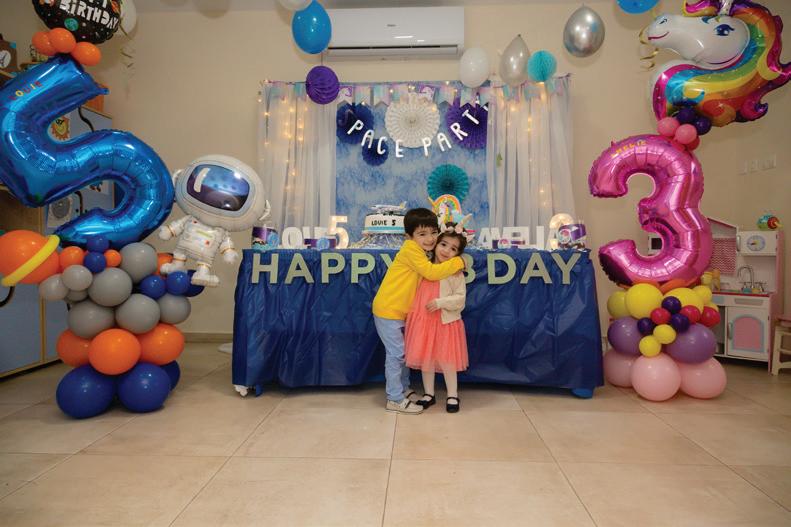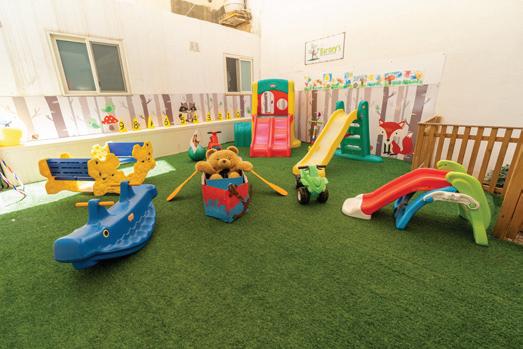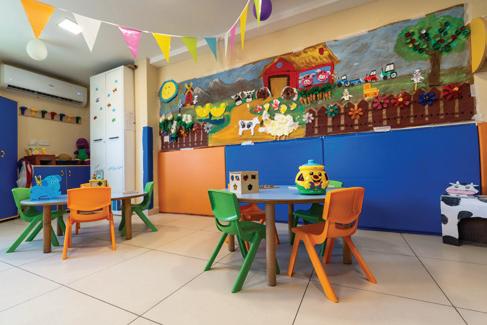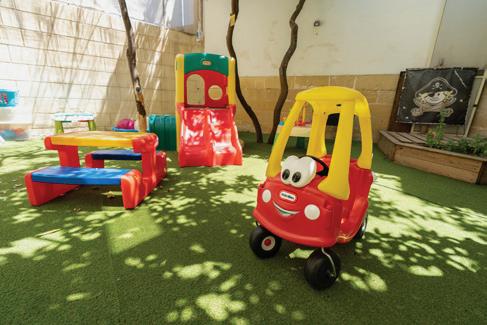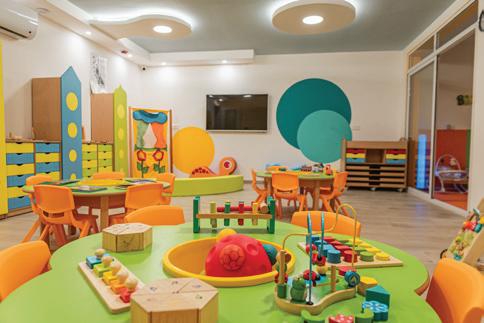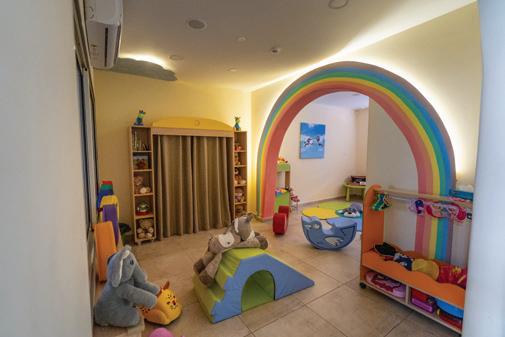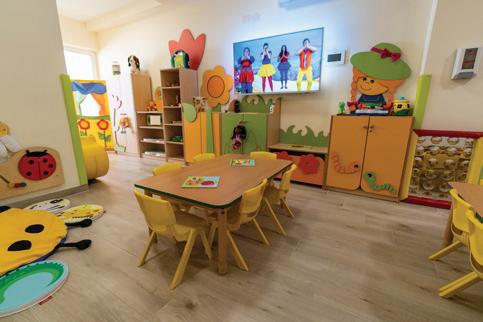




































































































































































































































































Il-fehmiet li jidhru f’dan il-æurnal mhux neçessarjament jirriflettu l-fehma jew il-policy tal-MUMN. L-MUMN ma tistax tinÿamm responsabbli gœal xi œsara jew konsegwenzi oœra li jiæu kkawÿati meta tintuÿa informazzjoni minn dan il-æurnal.


L-ebda parti mill-æurnal ma tista’ tiæi riprodotta mingœajr il-permess bil-miktub tal-MUMN. Çirkulazzjoni: 5,000 kopja.
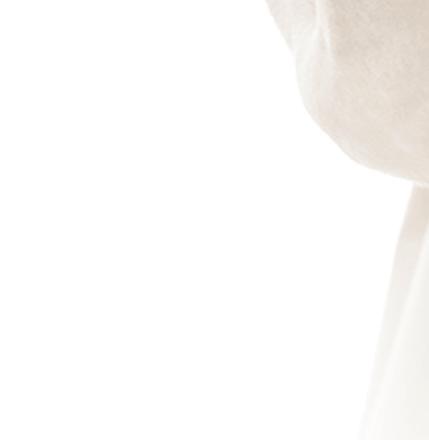
Group Committees - Chairpersons & Secretaries Mater Dei Hospital: Emily Galea, Chairperson: 77440050; Glen Camilleri, Secretary: 79205674
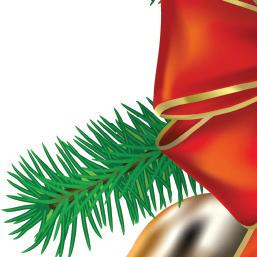


SVP: Therese Decelis, Chairperson: 79809080; Mario Galdes, Secretary: 79449324

RHKG: Graziella Buttigieg, Chairperson: 79275872
Health Centres: Roseanne Bajada, Chairperson: 79671910
MCH: Angelo Abela, Chairperson: 79594326; Malcolm Bezzina, Secretary: 77822561
SAMOC: Ronnie Frendo, Chairperson: 77000919
GGH: Joseph Camilleri: 79485693; Anthony Zammit: 79617531; Jennifer Vella: 79277030

ECG Technicians: Alex Genovese, Chairperson: 79860571; Paul Caruana, Secretary: 79604338
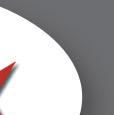


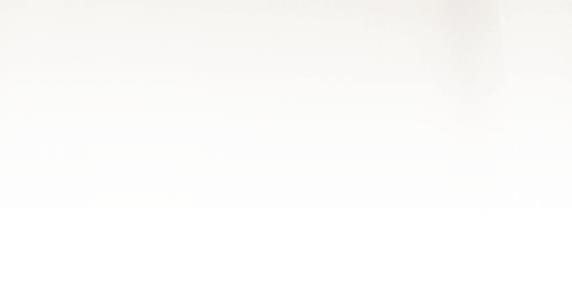

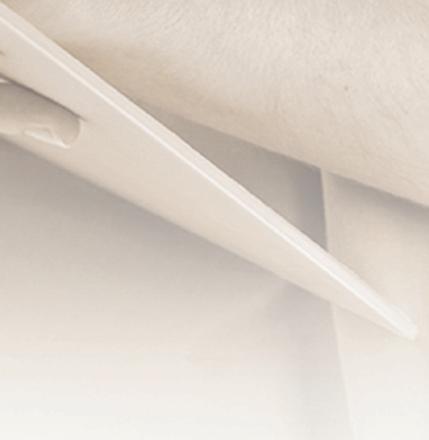

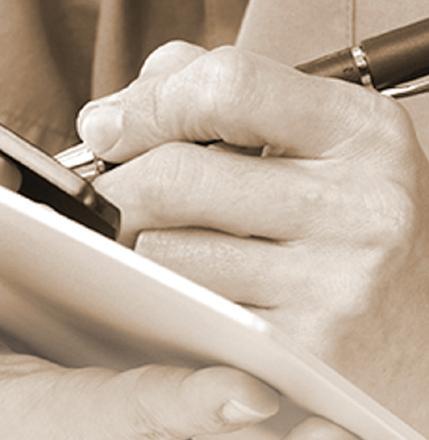

Physiotherapists: Pauline Fenech, Chairperson: 79491366; Daren Stilato, Secretary: 77222999
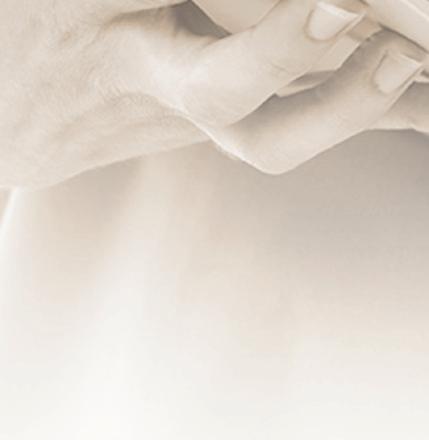
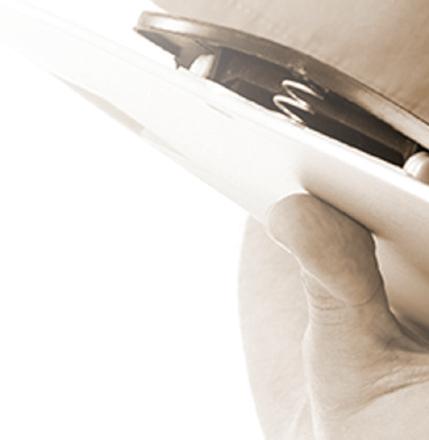
Midwives: Catherine Bonnici, Chairperson: 99252438; Abigail Plum, Secretary: 79592466
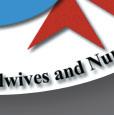
MUMN Council Members Paul Pace - President: 79033033

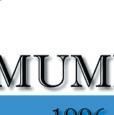
Colin Galea - General Secretary: 79425718 Alex Manche’ - Vice-President: 77678038
George Saliba - Financial Secretary: 79231283

Alexander Lautier: 99478982
Geoffrey Axiak: 99822288 William Grech: 79011981
Simon Vella: 79703433
Claire Zerafa: 99217063
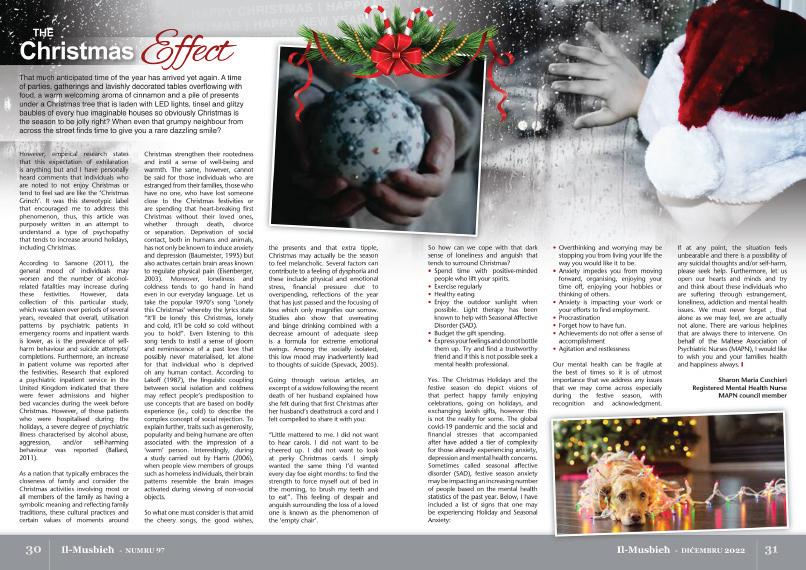
Ronnie Frendo: 77000919
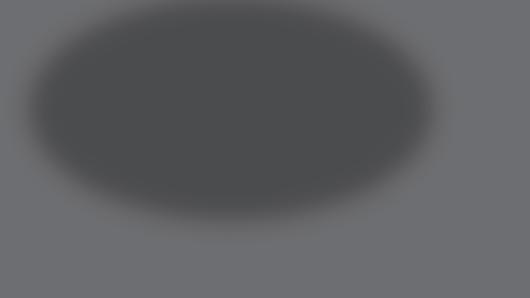

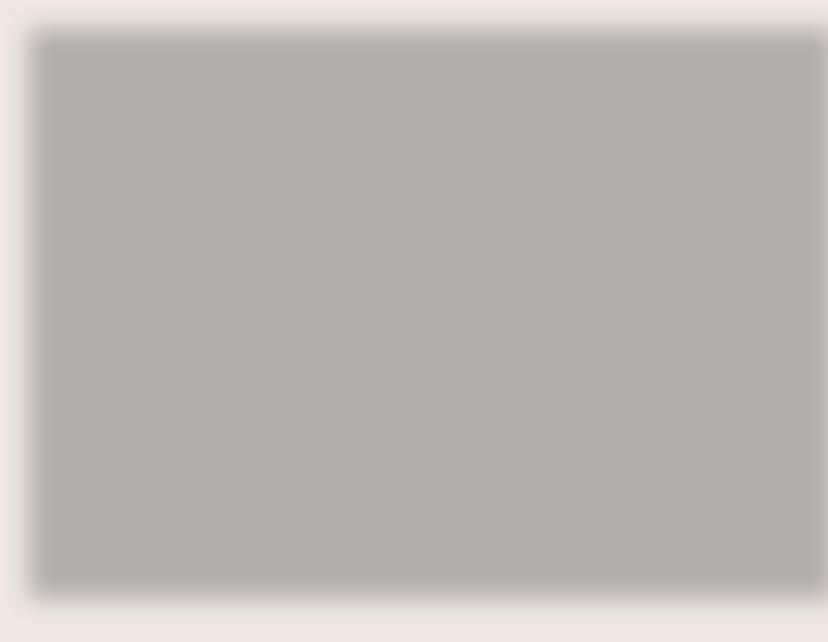
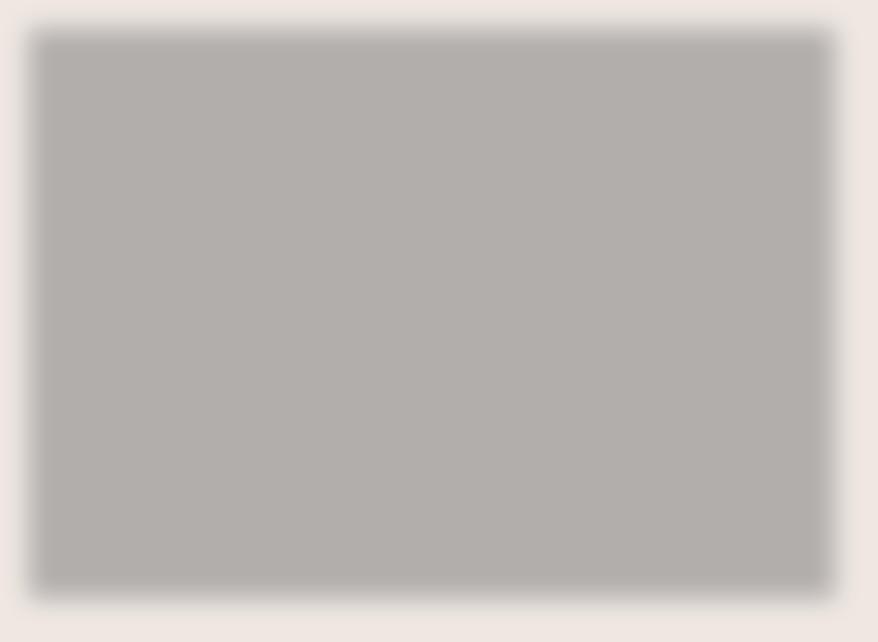



MUMN Office: 21448542
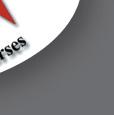



Editorial Board Joseph Camilleri (Editor) CN M1 MDH Christa Gauci (Member) SN SJ 6 SVPR Norbert Debono (Member) EN
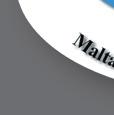
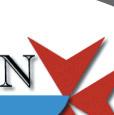


gœandu jiæi kkomunikat mas-Segretarja mill-aktar fis possibbli.

The crisis of shortage of Nurses in our country has no limits and no boundaries. People are free to go where they wish, however the poaching of healthcare workers is profoundly hypocritical. Rich nations must immediately stop actively poaching health workers, including nurses.
While nursing migration often occurs between nations of similar economic status, nurses are also being widely poached. The nations that can least afford to lose their health-care workers, and who cannot compete in the global trade, can only watch as their trained nurses are leaving the Island.
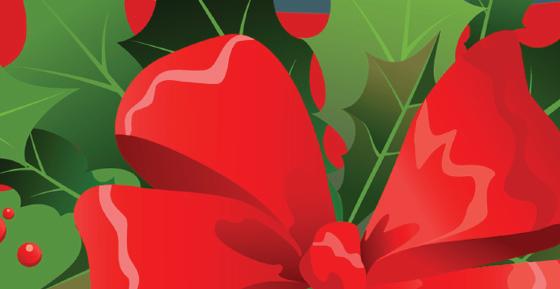
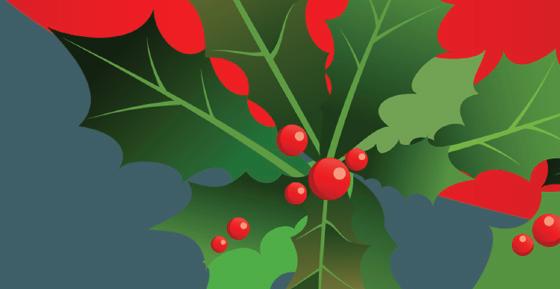
In a recent report on the International Migration of Labour, (King’s College London, UK), this type of migration poses a potential threat to the health systems of developing countries. The practice of nurse poaching has even raised the ire of the World Health Organisation, the International Council of Nurses (ICN), countless national nursing organisations, ethicists, and world leaders. The EFN is also against poaching from developing countries as it worsens the health care situation in

the country nurses originate from.




The Times of Malta has recently revealed that a healthcare recruitment agency had 310 vacancies to fill in Ireland and planned to come to Malta in October to fill the positions by hiring nurses working here. Our own Health Minister has now assured us that the Irish agency would no longer be recruiting nurses from Malta, and that even the Irish ambassador himself was involved. This avoided a potentially fatal hemorrhage of health workers to another country.
In earnest, this is not about competing with the UK or what Ireland is offering, but it’s because Malta simply is unable to offer nurses from abroad the same perks and conditions and this is because the European Commission will not allow us to do so. My question is: Is Britain reaping the benefits of the Brexit decision, at the cost of our own health service?

Our own MUMN president has repeatedly defended the European Federation of Nurses stand regarding this issue. Nurses in other European countries would not be attracted to Malta to work due to poor comparative salaries, leaving the doors only open

to nurses from the third world, which is why the highest denomination of nurses employed so far have been.
The irony is that poaching also happened on the same Maltese soil as a solution to poach Nurses from the Private Sector. This was a dog-eat-dog situation. If MUMN had permitted the Health Division to issue the call to poach nurses from the Private Sector into the Public Sector, the situation would have led to a serious consequence. This was surely a shortminded step for a solution to solve the nursing shortage on our Island. Even the Malta Chamber and Gozo Business Chamber have said that poaching workers from the private sector runs contrary to business competitiveness and should be avoided.
This poaching issue is bound to get worse. If Malta is to attract novice nurses it must invest in young people by creating better working conditions, decent apprenticeship pay and adequate environments in the nursing sector. Maltese recruitment and retention strategy in nursing must yield a highly educated and motivated workforce.

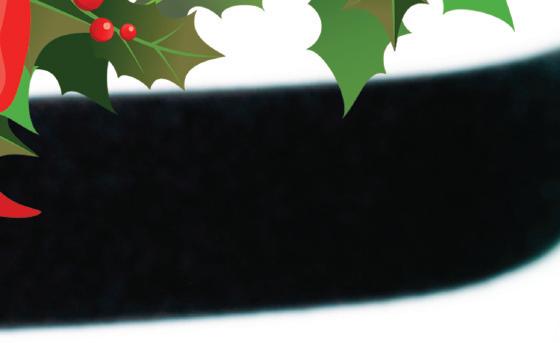
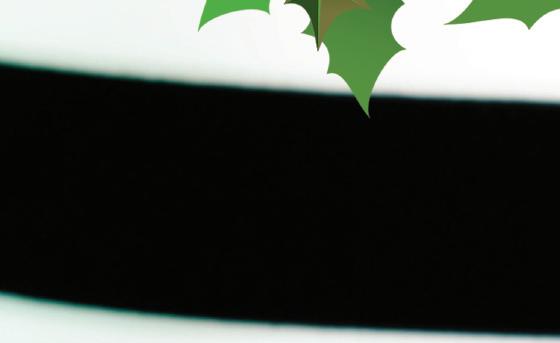
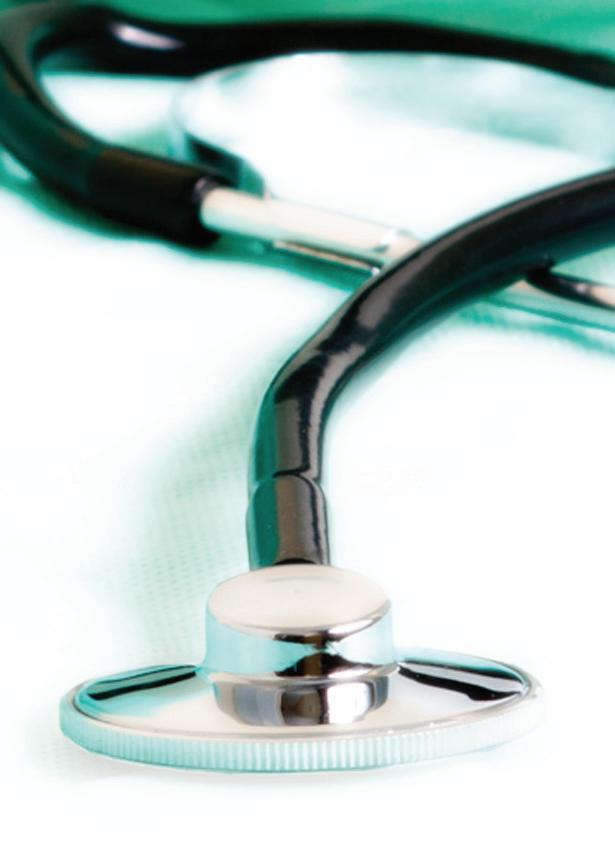
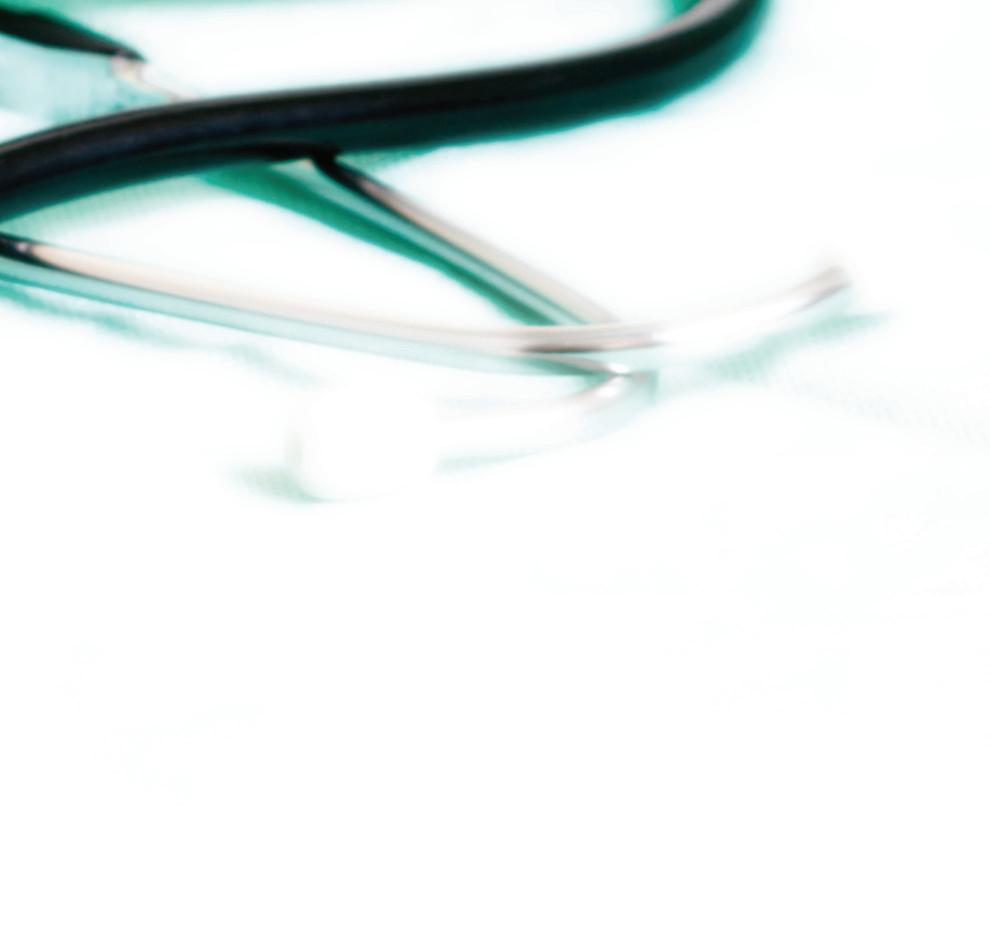
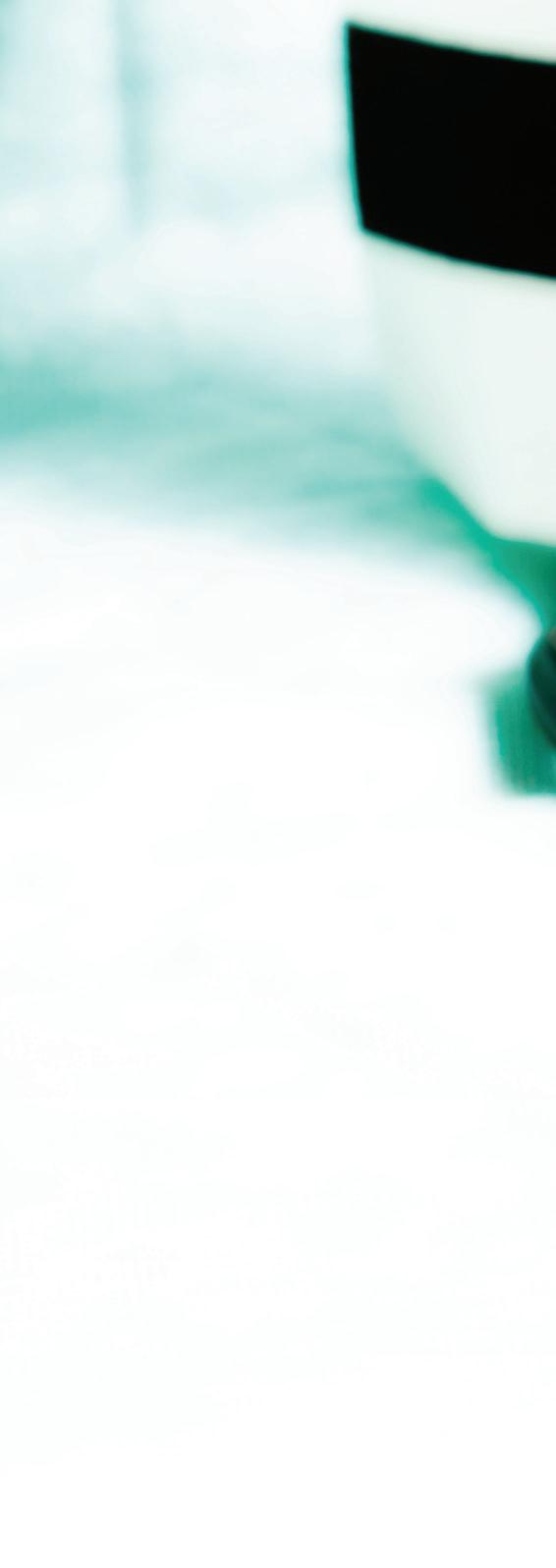
Poaching must stop. It is unethical and dangerous.


“Another year over and a new one has just become”...these are the famous words of John Lennon which we all hear during the festive season. The year 2022 was a turbulent year from many aspects for most members of MUMN. On the positive aspect, MUMN had concluded the sectorial of the DSA and the DST/ phlebotomists but then as MUMN we started with two new sectorial agreements which are still in progress. I am referring to the Nurses/Midwives sectorial agreement and the ECG Technicians sectorial agreements.
The discussions are well under way and as a union, we are still awaiting the counter proposals on both sectorial agreements. To pass judgement at this stage is to early but as MUMN, when the rightful time comes, we will update you on these sectorial agreements.
During the year, the shortage of nurses is leaving its toll with nurses facing criminal charges in court. Two nurses will be taken to court next year, one in MCH and the other will be in SVP. Unfortunately, the nurse in SVP, as we speak, has already been suspended four months and as you are aware, MUMN will keep on insisting that such suspension is unjust and should be terminated immediately.
As we speak, two other nurses are facing magisterial inquiries, this time from MDH which MUMN is supporting with all its forces. The union had proven several times to be close to its members in time of need and with all your support, we will continue to do so.
From all amongst our members, the nurses were the one who requested most the services of MUMN. This was not only due to issues related to the lack of nurses but also on personal issues which the union had to intervene with various managements.
The Midwives had also issues of great concern, especially the midwives working at the Central Delivery Suite. The workload has increased drastically, and certain work practices need to change over time. Unfortunately, the Health Division either ignores the plea of our members or in most cases, the issues belonging to the nursing/ midwifery profession are not considered as important enough until the union has to intervene with directives.
Malta is passing through drastic changes with the Government more focused on the economy than Health sector. This country now depends on hundreds and thousands of foreign workers which like all human beings need medical and mental health services. Unfortunately, the medical health services are not expanding to this rapid growth in the population. No new wards are being planned to be built to replace the MIUs and no new areas are being even considered so that areas such as the E\A, wards and all special units such as the NPICU can have a breathing space.
The waiting time both in the Health Centres and in the Emergency Department has increased exponentially putting all staff in such areas under huge pressures. Such pressures are then transferred to the wards. Being a nurse or midwife (more than other any profession) is not easy and has become riskier. The huge factor for such pressures is that the needs of the population increased while the nurses and midwives are not increasing with the same pace.
The Elderly set ups are also facing huge challenges. Having one nurse with 80 patients in a home setting is not right. SVP has become a hospital and not a residence, having patients with IVI, effusion pumps, pegs etc. Yet the staffing ratio in SVP is one nurse per shift. The whole SVP is just one nurse per ward and such nurse has then to rely on carriers. Thanks to MUMN, the huge wards with 37 or more patients
have decreased but more has to be done.
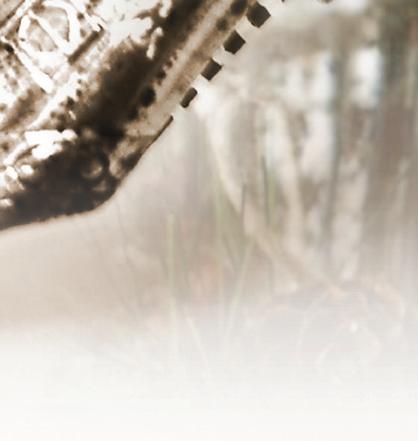
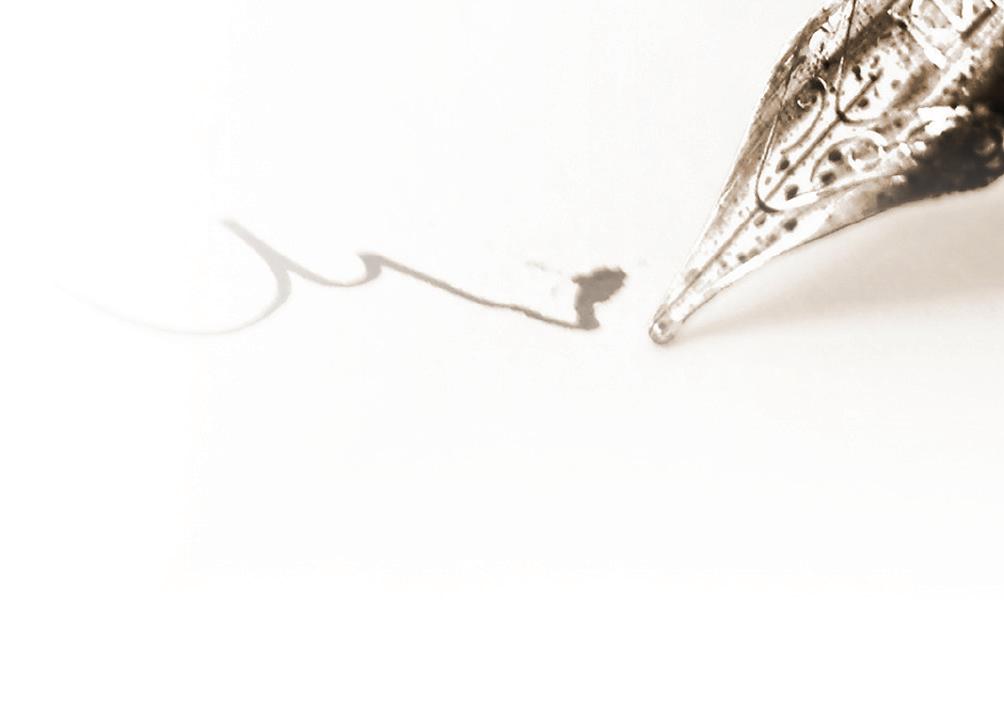

The Elderly and the Health Minister are just interested in beds irrespective if there are nurses or not. For them nurses are just numbers and this was evident in the numerous sittings we had in court. Having one nurse with 37 patients in SVP was never even taken in consideration with the same consideration in MDH where MUMN has directives to stop admissions when there is just one or two nurses in a ward.
Next year, we hopefully conclude the nurses and midwives’ sectorial agreement and the ECG agreement. These are some of the challenges we are aware of, but there will be many other challenges we don’t know. The challenges have become the norm and such challenges are becoming more difficult. The good thing for all is that MUMN will always be there for you and be your voice and your shield in time of need.
As President of MUMN, in the name of MUMN Council, I wish all members of MUMN a Happy Christmas and wish you all a Happy Festive Season with your family. MUMN would also like to THANK YOU for your trust and continuous support. Solidarity is the key work which makes MUMN strong and it is important that such Solidarity gets stronger.
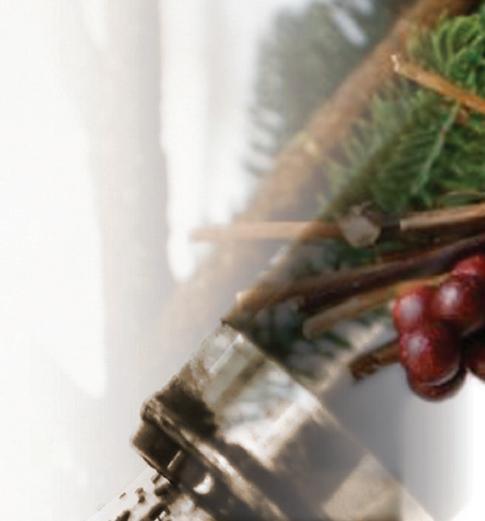

 Paul Pace President
Paul Pace President
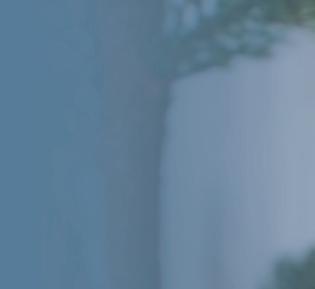







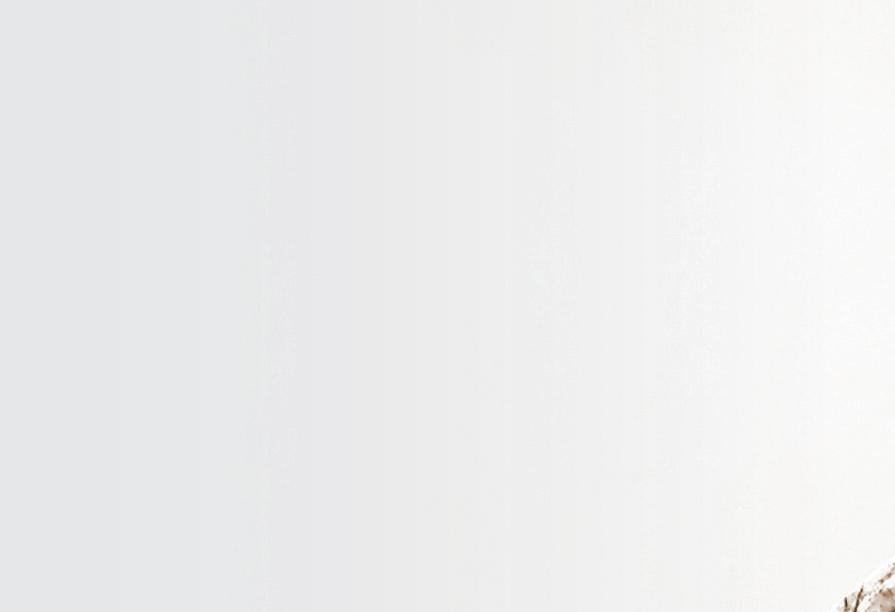
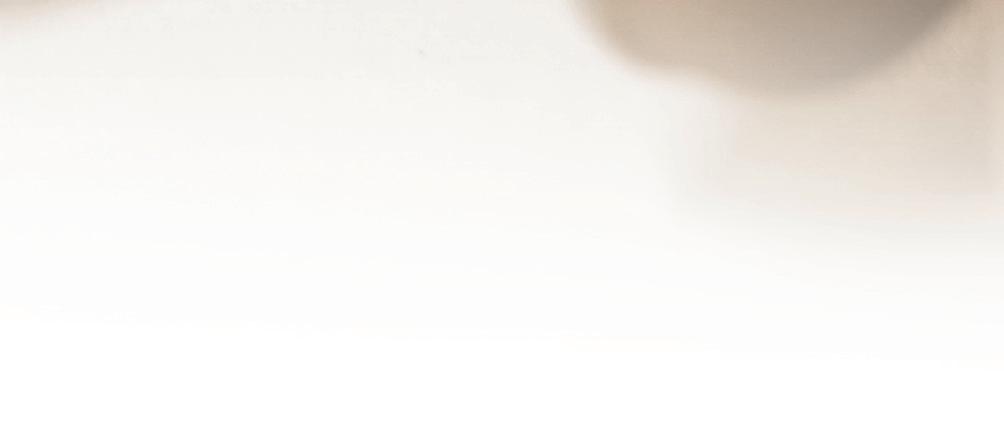
F’dawn l-aœœar æranet u æimgœat, kellna ftit taqlib mhux œaÿin fissoçjetà tagœna kemm bid-delitt ta’ omm fl-inœawi ta’ Gœajn Dwieli kif ukoll ftit wara bil-pubblikazzjoni ta’ l-emenda fil-kodiçi kriminali biex tissalvagwardja l-professjoni medika u l-omm f’kaÿ li jkun jinœtieæ isir xi intervent drastiku minœabba li l-œajja tal-omm tkun fil-periklu.














Dawn iÿ-ÿewæ fatturi qanqlu diskussjoni œajja fis-soçjetà. Fatt ieœor li wkoll qajjem ftit kontroversja kienet il-kwistjoni bejn il-Ministru tal-Anzjanità Attiva u aœna. Baÿikament din bdiet bis-sospensjoni ta’ nurse li aœna konvinti sew li setgœet æiet evitata però l-politiku, bejn li kien gœadu frisk fil-kariga, kemm li kellu ÿewæ inçidenti f’æimgœa waœda u kif ukoll xi ftit jew wisq ried jimpressjona lill-Prim Ministru, deherlu mod ieœor.
Naturalment dan l-episodju qajjem rabja u preokupazzjoni serja fost l-infermiera æewwa SVP kif ukoll dawk li jaœdmu fid-djar tax-xjuœ. Li kuljum taœdem f’kundizzjonijiet œÿiena taœt dan ilMinisteru, qiegœed tilgœab mal-impjieg






tiegœek - illum xogœol u gœada, kif jinqala’ l-inqas inçident, tispiçça sospiÿ barra triq, u dan gœalxiex? Gœaliex l-awtoritajiet iridu jitfgœu l-anzjani b’saœœa æo SVP u Djar tax-Xjuœ tal-Gvern. Però wara din ilbiçça hemm ukoll xi œaæa li ftit gœadhom jafu dwarha.
Fl-aœœar Budget il-Gvern ivvota biss 2.5 miljun biex jibgœat l-anzjani fidDjar tax-Xjuœ privati. 2.5 miljun ifisser li mhux ser jintbagœat l-ebda anzjan gœax dan l-ammont ta’ flus ser iservu biss biex jidœol f’postu il-bilanç tal-ispejjeÿ tal-anzjani li hemm bœalissa minœabba l-ogœli tal-œajja!
Dan ifisser li dan il-Gvern iddeçieda li jwaqqaf prassi li ilha sejra madwar 15-il sena biex ma jibgœatx anzjani aktar fiddjar privati tal-anzjani. B’hekk, b’din iddeçiÿjoni, l-unika postijiet li seta’ jibgœat l-anzjani li jinqabdu f’MDH huwa fl-SVP u Djar tal-Anzjani tal-Gvern.
Infatti fil-mument hemm madwar 400 sodda vojta fid-Djar Privati liema sodod il-Gvern iddeçieda li jœalli vojta bilkonsegwenza li fl-SVP u Djar tax-Xjuœ tiegœu ser ikunu imballatti mingœajr
il-kura adegwata ta’ nurses. Jippreferi li jpoggi s-saœœa tal-anzjani f’riskju milli jibgœathom fid-Djar Privati kif ilu jsir gœal dawn is-snin twal.

Gœalhekk il-Gvern fetœilna mandat filQorti. Ried jgœatti din id-deçiÿjoni li œa qabel ikun tard wisq. Qabel ma l-poplu jinduna dan il-Gvern x’iddeçieda. Però moœœ kulœadd gœandu u par gœajnejn ukoll. Œadd m’huwa iblah. Kulœadd ilœobÿ minn œalqu jieklu.
In-negozjati gœaÿ-ÿewæ Ftehim Settorali mixjien. Kemm dak tal-ECG Technicians kif ukoll dak tan-Nurses u l-Midwives. Issa ser jidœlu f’faÿijiet interessanti fejn in-negozjati jintensifikaw. Nisperaw dejjem li n-negozjati fuq il-mejda jkunu biÿÿejjed però s’issa qed insibu koperazzjoni mill-uffiçjali tal-Gvern. Nistennew u naraw.
Nixtieq nagœlaq dawn il-kelmtejn billi nawgura Milied Hieni u Sena Ædida mimlija Saœœa, lilkom u lil dawk kollha qrib tagœkom. ❙
Colin Galea Segretarju ÆeneraliQueen Elizabeth II, Head of the Commonwealth, died on 8 September 2022. There are now 56 nation states which are members of the Commonwealth: Togo and Gabon were admitted as members of the Commonwealth at the Commonwealth Heads of Government meeting on 25 June 2022.
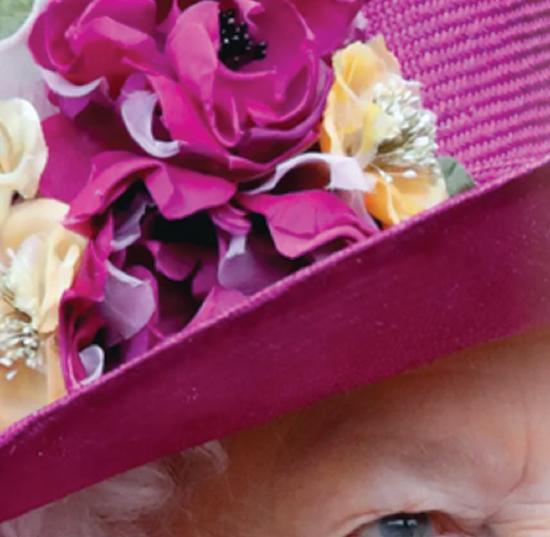
The CNMF was very privileged when, on International Nurses Day on 12 May 2022, the Queen telephoned the CNMF President, Professor Kathleen McCourt to send her thanks to nurses and midwives across the Commonwealth for their dedication and commitment in the response to the COVID-19 pandemic and to wish them well.
and Barbuda; Australia; The Bahamas; Belize; Canada; Grenada; Jamaica; New Zealand; Papua New Guinea; Saint Kitts and Nevis; Saint Lucia; Saint Vincent and the Grenadines; Solomon Islands; Tuvalu; and the United Kingdom.
Queen Elizabeth II was always a role model nurses and midwives could identity with dedication to duty, steadfastness in the face of adversity, and commitment to a lifetime of service to the peoples of the Commonwealth.
identity with dedication to duty,
Fifteen nation states of the Commonwealth recognised Queen Elizabeth II as their Head of State: Antigua
Queen Elizabeth II was held in the greatest respect and affection by nurses and midwives across the Commonwealth: as their Queen and Head of the Commonwealth, but also as a working woman and a mother, successfully juggling multiple roles with dignity, courage and good humour. We will hold her memory and her example in our hearts. ❙
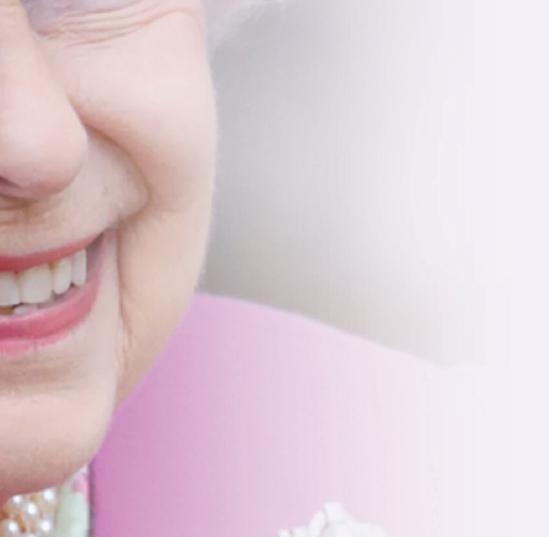
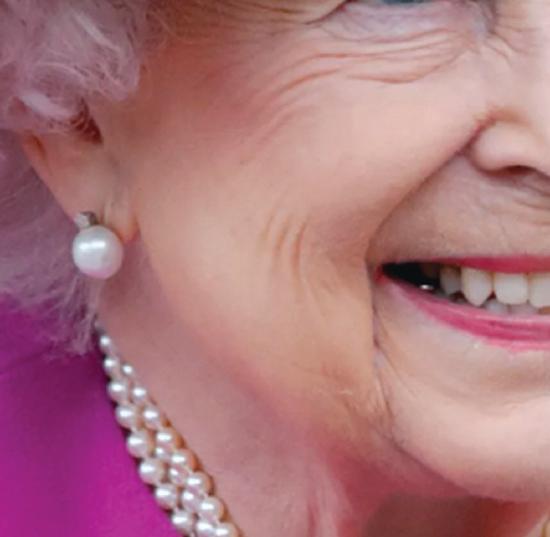
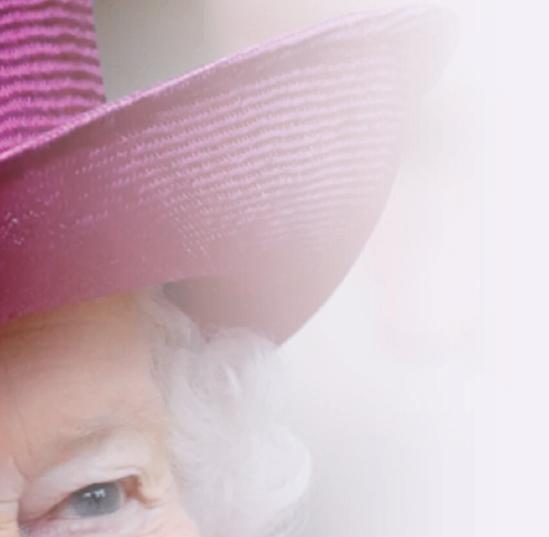







We’ll be ending our live coverage of the RCN strike shortly, but here’s a reminder of what’s happened today: Across England, Wales and Northern Ireland thousands of nurses have been striking over pay in the biggest ever walkout by NHS nurses.
It is the first of two days of planned industrial action - with nurses walking out for 12 hours. Many staff on picket lines held banners urging people who clapped for them during the Covid pandemic to now back them in their action.
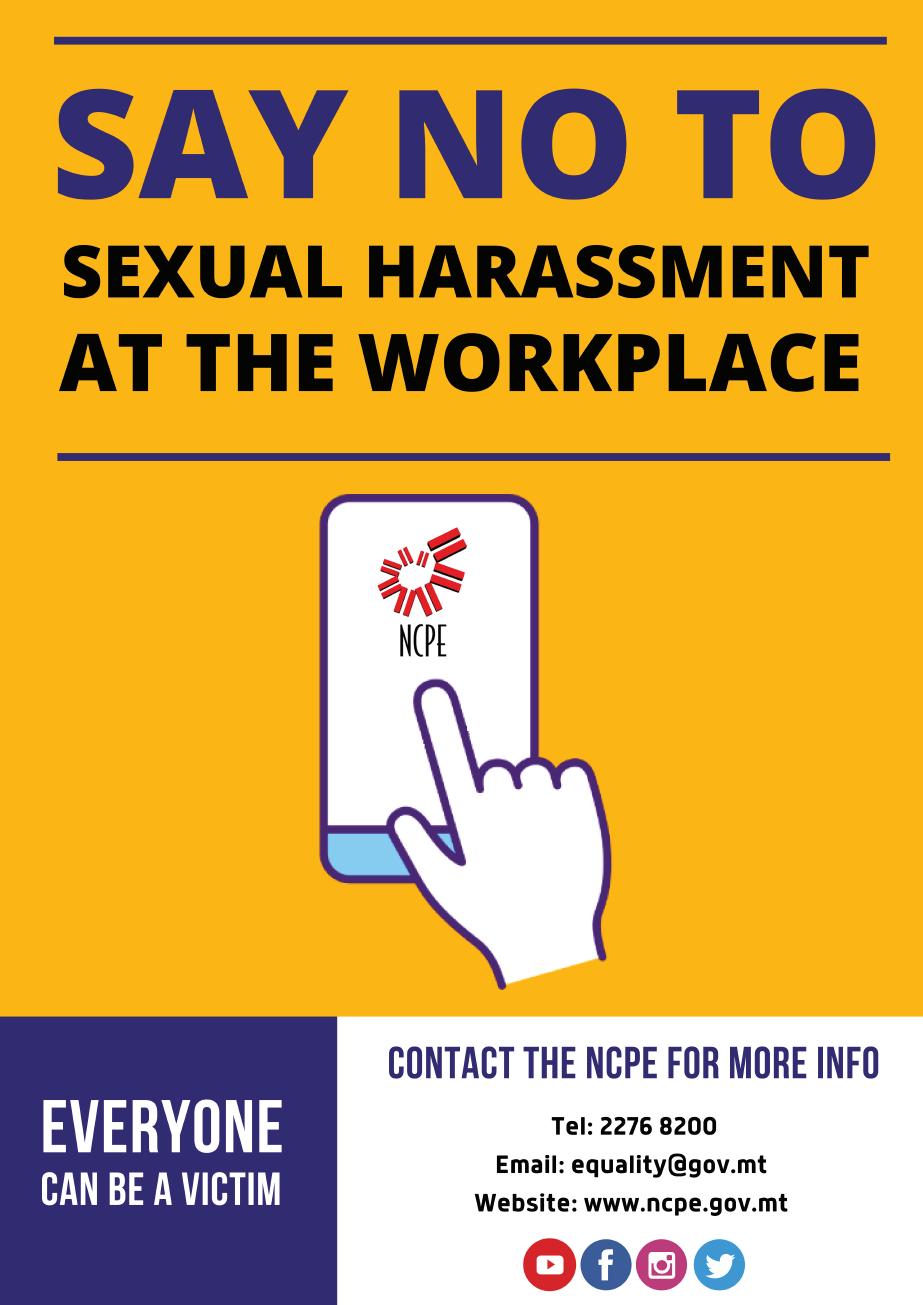
Routine services are being disrupted but staff will provide “life preserving” and some urgent care. Addenbrookes Hospital in Cambridge, a national centre for cancer and children’s care, says it has had to cancel 2,000 appointments over the two days of strike action today and next Tuesday.
The Royal College of Nursing is calling for a 19% pay rise and says below inflation increases are compromising care by making it hard to attract and retain nurses.


A new Ipsos poll finds four out of five (80%) Britons are worried about the NHS’s ability to provide safe care for patients during the strikes. But around half of the 1,000 adults surveyed say they support the industrial action

The GMB union this morning voted to reject an improved NHS pay deal from the Scottish government. The next walkout in England, Wales and Northern Ireland is due to take place on 20 December. ❙
As we’ve touched on already today, it’s not just nurses in England taking to the picket line. In fact, there’s action across the UK.
In Wales, thousands of appointments and procedures were set to be affected after workers staged their first strike as a dispute over pay deepens. Nurse practitioner Sue Williams, who was on the picket line at Ysbyty Gwynedd in Bangor on Thursday morning, said it was a “very emotional” and “really sad day”.
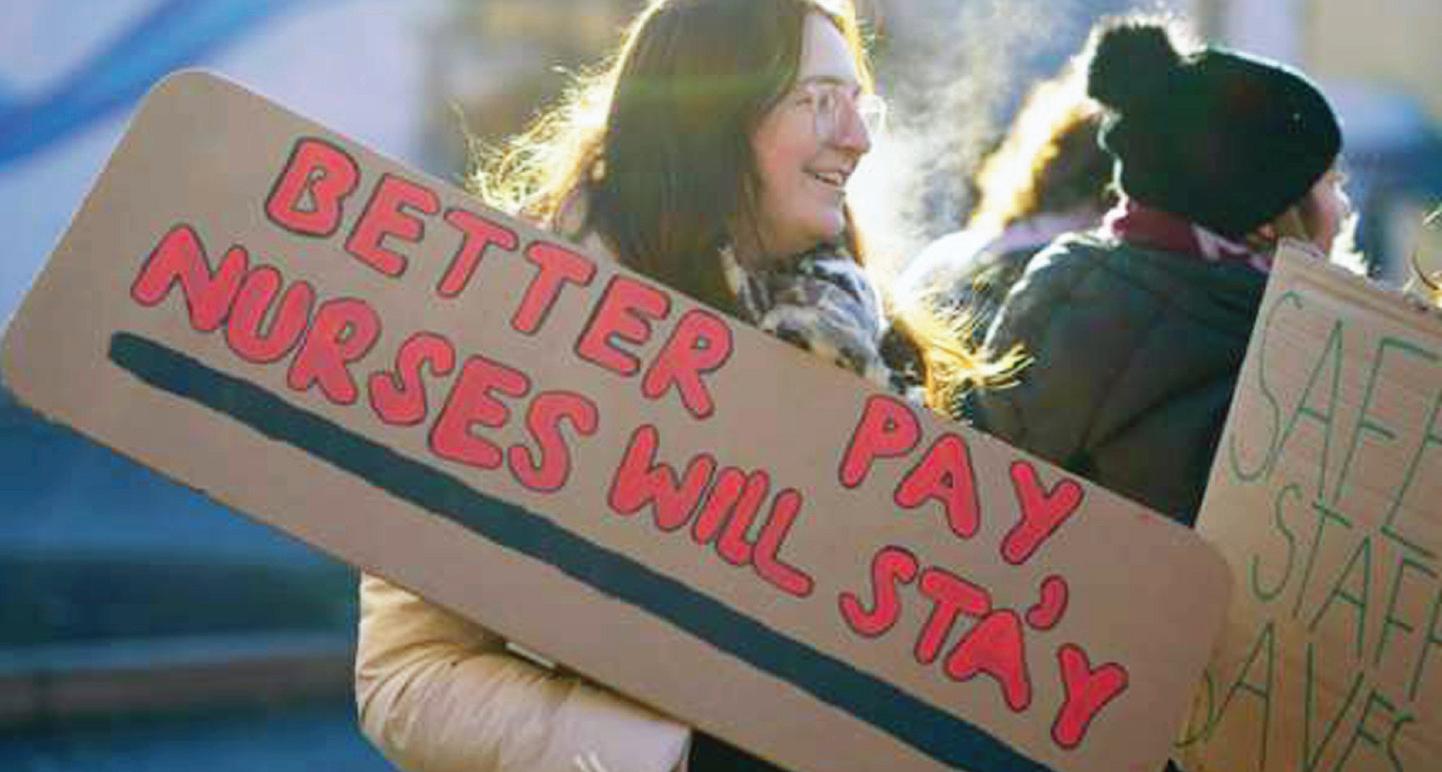
It’s a similar situation in Northern Ireland, where nurses joined colleagues in England and Wales in a 12-hour strike. In all three countries, life-saving care has continued to be provided but planned surgery was disrupted.
Meanwhile in Scotland, there are no strikes but some related news. The GMB union - which represents NHS ambulance staff, nurses, porters and radiographers - today voted to reject the latest pay deal from the Scottish government. Others voted to accept the offer earlier this week. ❙




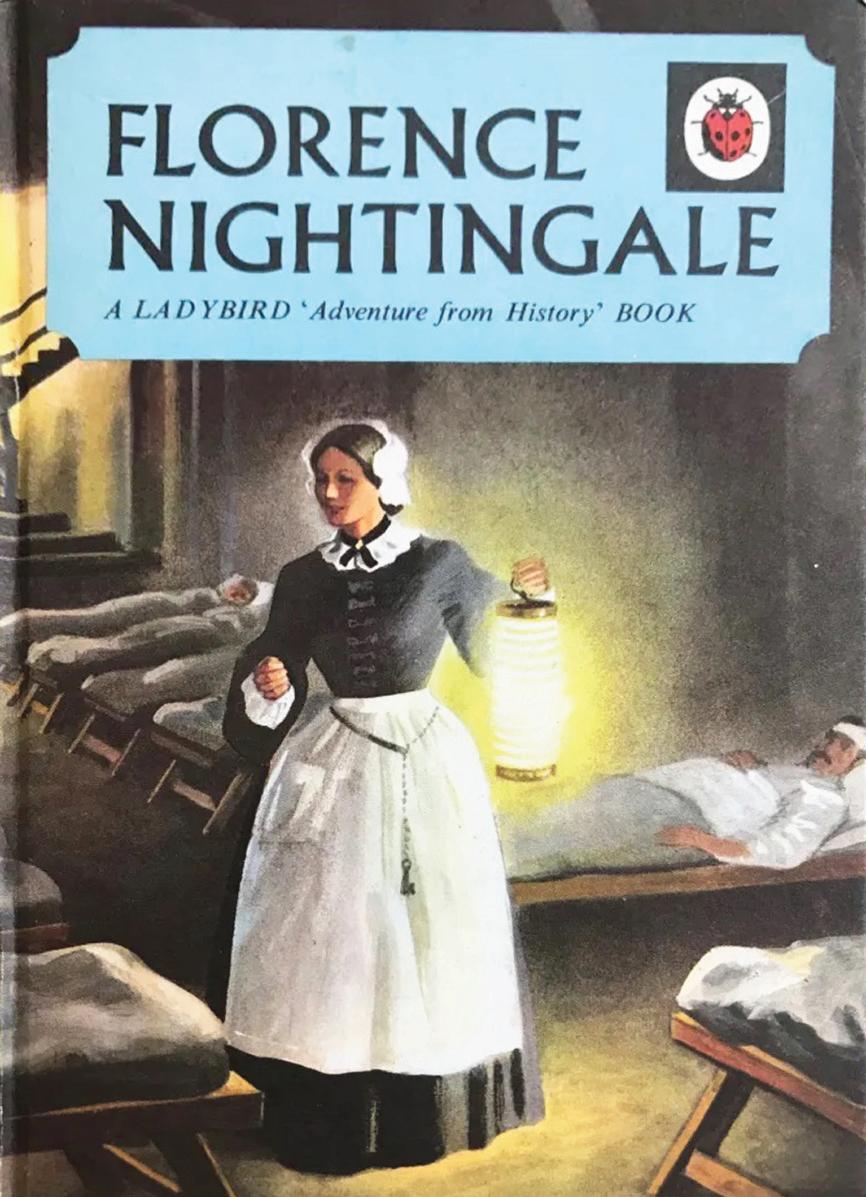

Gœal œafna ÿmien lil Florence Nightinghale magœrufa bœala ‘The Lady with the Lamp’ jew ‘Is-Sinjura bil-Lampa’, konna u forsi gœadna nassoçjawha ma’ lampa ÿbaljata. Din il-lampa saœansitra kemm-il darba æiet impittra f’pitturi, tpinæijiet, statwi u saœansitra fuq karta ta’ £10 Sterlina li kienet f’çirkulazzjoni fl1994. Jista’ jkun li sar hekk biex l-artista jÿidu mal-laqta sentimentali tassuææett.

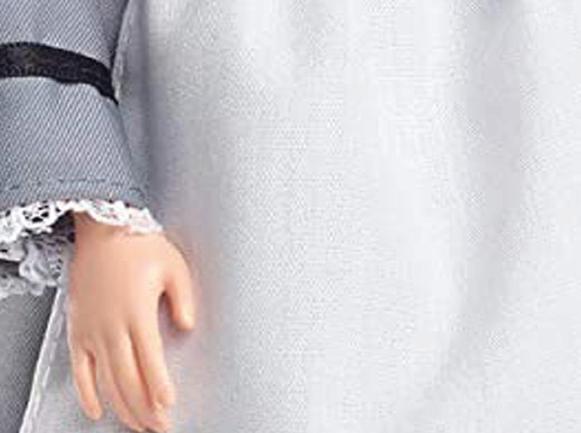
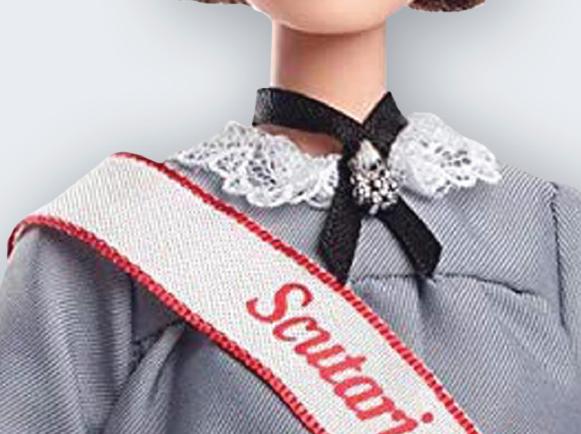
Illum nafu li kien hemm nuqqas ta’ informazzjoni u ineÿattezzi dwar il-lampa proprja li kienet iææorr magœha Florence. Œafna kienu jaœsbu li l-musbieœ, kif iæib l-isem dan l-istess æurnal, jew il-lampa taÿ-ÿejt li hi ta’ spiss assoçjata mal-lampa tal-genie (ta’ Aladdin), jiæifieri lampa tal-fidda jew bronÿ bil-ftila u ÿ-ÿejt, hi dik li kienet tuÿa Nightingale. Il-lampa taÿ-ÿejt æieli nirreferu gœaliha wkoll bœala l-lampa taÿ-ÿejt Griega. Il-lanterna proprja kienet dik imsejœa “fanoos”, kelma Torka li tfisser lampa li kienet tintlewha flimkien f’forma ta’ konçertina (accordian).

Sa mill-qedem, fost l-ewwel sors ta’ dawl li vvinta l-bniedem biex idawwal æewwa fiddlam, kien il-musbieœ taÿ-ÿejt, magœmul mit-tafal u li ntuÿa gœall-ewwel darba fid-9 seklu fil-Persja u kien jinxtgœal permezz taÿ-ÿejt tal-œxejjex jew xaœam tal-annimal. L-ewwel imsiebaœ misjuba f’Malta kienu dawk tal-era Rumana fl-Ewwel Seklu QK.
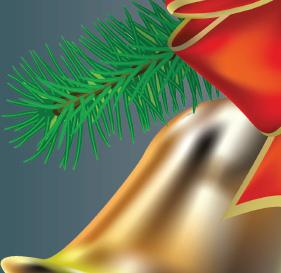


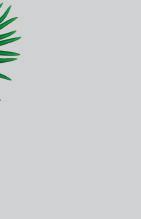


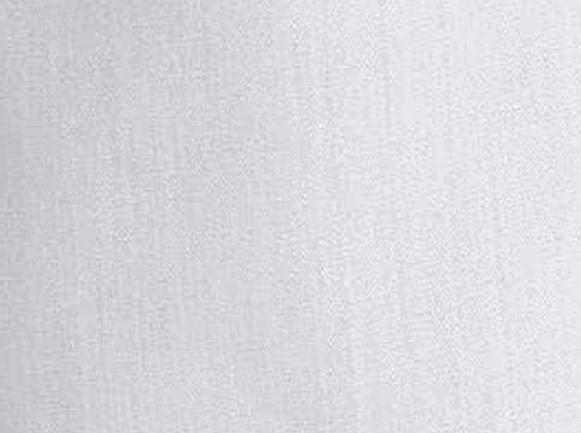
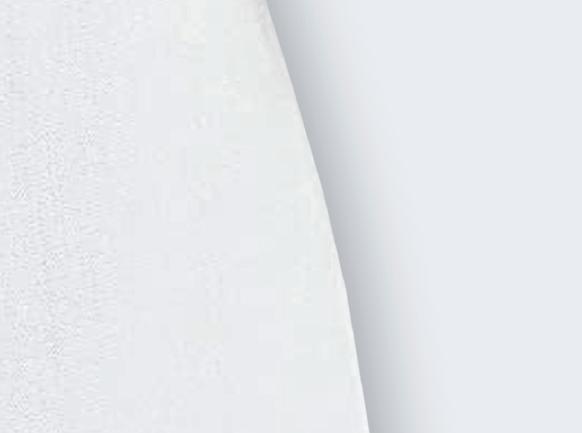
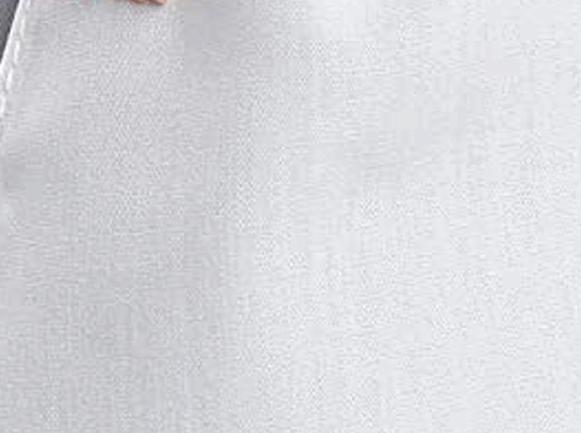
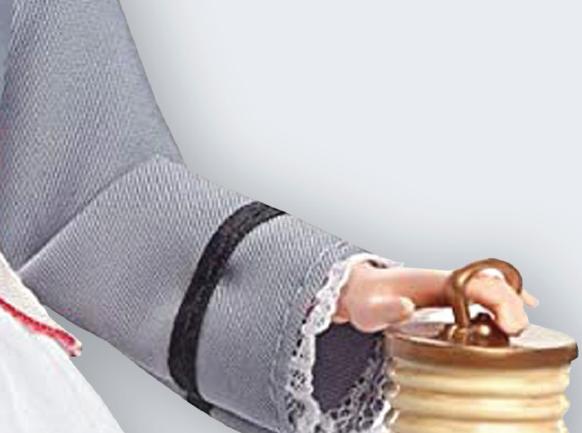
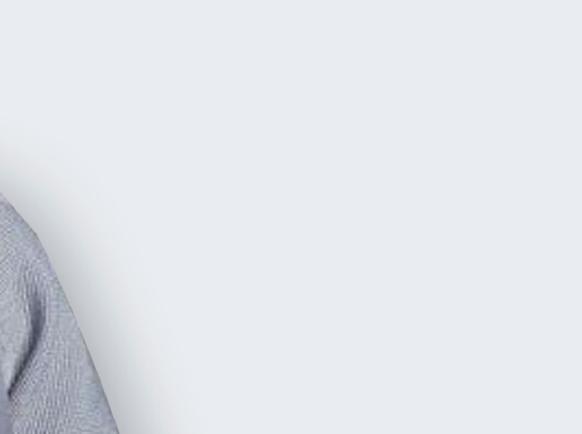


Il-fanoos li kellha Nightingale ma kinitx lampa çerimonjali imma lanterna sempliçi Gœarbija li kienet iææorr magœha meta tattendi gœall-morda æewwa Skutari.

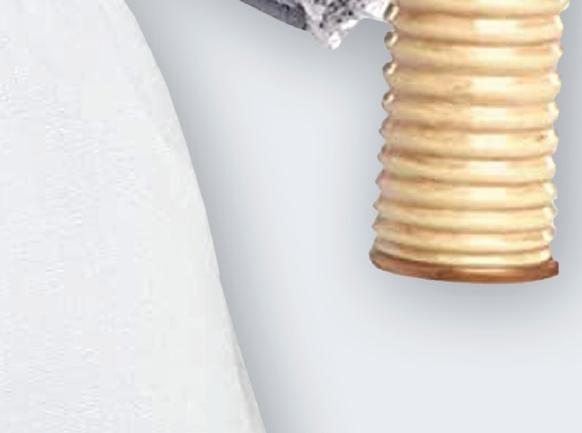
Mhux ta’ sorpiÿa li wieœed jimmaæina lill-Florence Nightingale tuÿa l-lanterna wara li œadmet gœal 4 snin æewwa l-Barrack Hospital fi Skutari æewwa t-Turkija. Din il-lanterna kienet lampa Eæizzjana, fejn kienet tintuÿa fid-djar biex iddawwal speçjalment meta jilqgœu n-nies æewwa. Dawn kienu jinæarru fl-idejn, kienu œfief, jitpoææew fuq xi œaæa çatta jew jiddendlu permezz ta’ granpun. Il-konçertina kienet tkun magœmula mill-œarir miksi bix-xemgœa u miÿmuma wieqfa permezz ta’ 20 çirku tal-azzar irqieq li kien jipproteæi l-fjamma œieræa minn xemgœa imqegœda æo baÿi fit-tond magœmul mill-bronÿ jew ir-ramm. L-gœatu talœadid kellu protezzjoni kontra s-sœana, kien imtaqqab b’mod ornamentali u seta’ jiççaqlaq biex tingœalaq ilkonçertina. Il-œarir tal-lanterna kien jitfa’ dawl biÿÿejjed biex jillumina l-kamra waqt li t-toqob triangolari ornamentali fuq l-gœatu jagœtu œjiel ta’ stil Iÿlamiku.
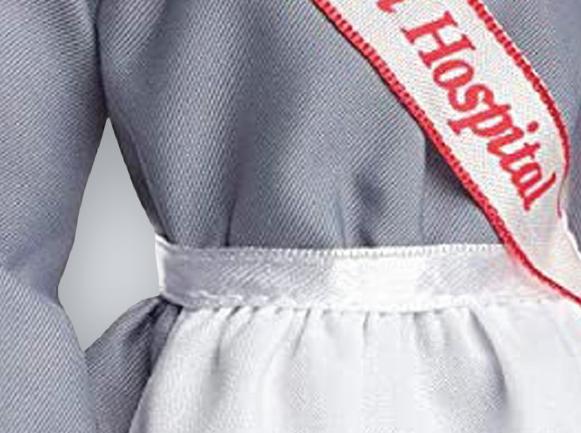

Tajjeb ngœidu wkoll li œafna drabi nsibu referenza gœall-lanterna bœala l-lanterna tal-karta (paper lantern) ukoll. Il-kelma “fanoos” li bid-djalett Eæizzjan insibuha wkoll bœala ‘fanos’, ‘phanous’ u ‘fanous’ Griega. kienet l-ewwel taÿ-ÿejt, taÿ-ÿejt kienu Seklu iææorr æewwa


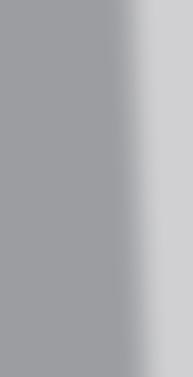





































hija terminu li oriæina mill-Grieg, phanós u jfisser dawl jew lanterna. Barra li storikament il-kelma tfisser ‘id-dawl tad-dinja’, gœandha tifsira tas-simbolu ta’ tama bœal meta ngœidu ‘dawl li jkebbes id-dlam’.



Fanny Margaret Taylor, nurse li serviet filBarrack Hospital ta’ Skutari, ippubblikat din id-deskrizzjoni fil-memoires tagœha tal-Krimea. “A dim light burned here or there. Miss Nightingale carried a lantern, which she would set down before she bent over any of the patients.” Florence Nightingale f’okkaÿjoni minnhom irrakkuntat kif æarret il-lanterna waqt li æriet wara far! Charles u Selina Bracebridge li kienu l-assistenti amministrattivi tagœha jiktbu fuq l-uÿu tal-lanterna fl-Eæittu u x-xiri ta’ kwantità ta’ lanterni minn Kostantinopli gœall-Isptar ta’ Üsküdar (Skutari). Illanterna li llum tinsab l-Ingilterra kienet inæiebet bœala souvenir.


Ÿewæ versi minn poeÿija bl-isem ta’ Santa Filomena tal-poeta Amerikan Henry Wadsworth Longfellow tad-19-il Seklu jgœidu hekk:

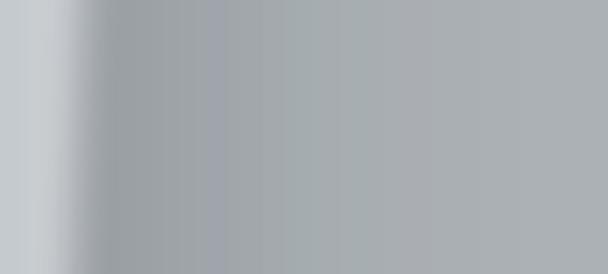



Lo! in that house of misery
A lady with a lamp I see Pass through the glimmering gloom, And flit from room to room.

A Lady with a Lamp shall stand In the great history of the land, A noble type of good, Heroic womanhood.
Mat-twaqqif tan-Nightingale Training School fl-1860, il-lampa taÿ-ÿejt, li diæà kienet tissimbolizza t-tagœlim, gœaliex permezz tagœha wieœed seta’ jaqra f’œinijiet wara l-gœabex, bdiet tirrappreÿenta l-edukazzjoni infermeristika. Ta’ kull sena l-lampa kif nafuha llum tinæarr proçessjonalment f’Westminster Abbey f’servizz biex tiççelebra n-nursing u l-midwifery, kwalifikati jew le, dwar l-importanza li wieœed jissapportja wieœed lill-ieœor fi ÿminijiet diffiçli. Din tissejjaœ il-Florence Nightingale Commemoration Service u ssir f’kull 11 ta’ Mejju ta’ kull sena. Din il-lampa kienet inxtrat bœala memorja ta’ Mrs Kathleen Dampier-Bennett. Kull lampa li tpoææiet fuq xi badges fejn kellhom x’jaqsmu n-Nurses f’Malta
u anke barra dejjem kienet it-tip ta’ lampa taÿ-ÿejt tradizzjonali bœal dik tal-MUMN, in-Nurses Association ta’ Malta, l-ICN u l-Kunsill tal-Infermiera u Qwiebel ta’ Malta.



Sir Edward Cook kien kiteb li din il-lampa ta’ fama bdiet minn sempliçi ‘lampa talkampijiet’ imma wara Rosalind Nash kitbet ‘lanterna tal-kampijiet’. Li hu ÿgur hu li Nightingale, li ma kienitx tagœmel preferenzi ma ebda reliæjon imma li kellha fidi Kristjana qawwija, setgœet apprezzat il-lanterna Gœarbija gœaliex kellha tifsira spiritwali intrinsika u li ma kinitx imbagœbsa mill-idolatrija tal-istess kultura tagœha. Interessanti li f’film tal1951 bl-isem ta’ The Lady with a Lamp, fejn Anna Neagle kellha l-parti ewlenija, il-fanoos tidher sew fil-film u mhux il-lampa. B’hekk jidher li r-riçerkaturi tal-film gœamlu l-homework tajjeb qabel bdew jiffilmjaw. Fl-1959 ukoll, ilLadybird Book li kulœadd jiftakarhom fuq il-bankijiet tal-iskejjel primarji tagœna ippublikaw ktejjeb bl-isem ta’ Florence Nightingale: An Adventure from History fejn fl-istampa tal-faççata u anke æewwa hemm impinæija l-lanterna tal-fanoos.
Nightingale kienet marret taœdem masSalib l-Aœmar, bœala membru tal-kumitat tan-nisa, meta s-soçjetà twaqqfet fl1870. Il-lanterna kienet instabet flarkivji f’uffiççju tas-Salib l-Aœmar f’Essex u œadd ma jaf min œalla jew kif spiççat hemm. Illum il-lanterna tinsab fil-Muÿew ta’ Florence Nightingale, muÿew moœbi taœt is-St Thomas’s Hospital ta’ Londra. Dan huwa l-istess post fejn hi waqqfet l-iskola tan-Nursing. Fl-2020, 200 sena wara t-twelid tagœha l-lanterna kienet attrazzjoni prinçipali f’esebizzjoni imsejœa Nightingale in 200 Objects, People and Places. Fuq nota aktar leææera d-ditta Barbie® ipproduçiet ilFlorence Nightingale Barbie Inspiring Women Doll bœala æieœ lil din l-eroj ta’ kull ÿmien. Li hu interessanti hu li l-lanterna proprja uÿata f’Skutari tinsab f’idejn il-pupa, kompluta b’uniformi tan-nurse tad-dsatax-il seklu u sash bilkliem ‘Scutari Hospital’ fuqha. ❙
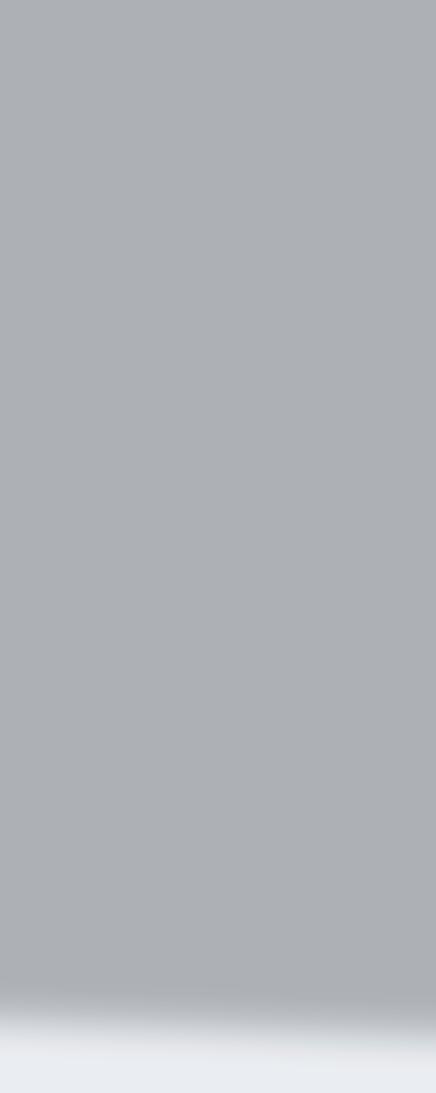
https://www.museums.iastate.edu/virtual/blog/2020/04/24/the-history-of-the-kerosene-lamp https://historicconnections.webs.com/pottery.htm
https://www.theguardian.com/world/2021/nov/28/florence-nightingales-lamp-and-coded-wartime-quilt-star-in-new-red-cross-museum https://archaeology-travel.com/england/london/florence-nightingale-museum/ https://www.westminster-abbey.org/abbey-news/florence-nightingale-remembered-at-annual-service https://theclassicphotomag.com/florence-nightingale-the-mysteries-behind-her-iconic-photographs/ https://creations.mattel.com/products/florence-nightingale-barbie-inspiring-women-doll-ght87
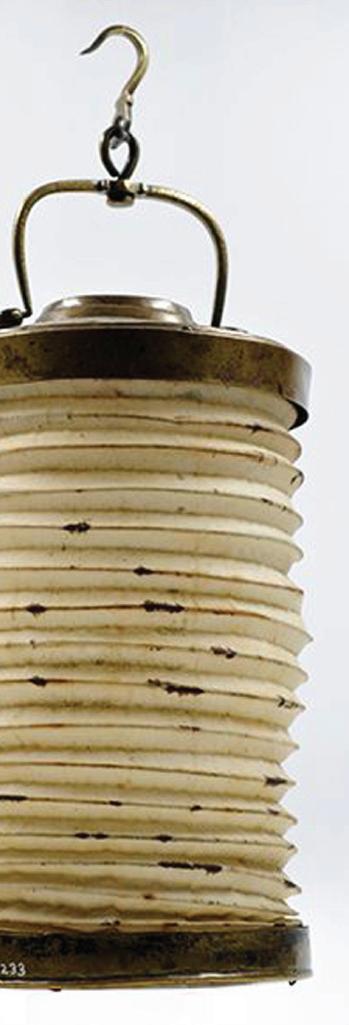
Çerti mumenti tal-pandemija tal-COVID-19 kienu mumenti straordinarji gœall-isptarijiet b’mod partikulari fl-operat ta’ taqsimiet li jitrattaw pazjenti f’qagœda kritika.


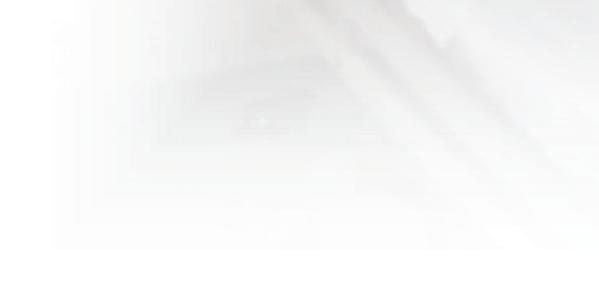
Infermiera li tmexxi tim ta’ professjonisti oœra f’taqsima ta’ din ix-xorta fl-Isptar Æenerali ta’ Gœawdex æiet premjata bœala l-Œaddiem tas-Sena tal-Isptar b’gœarfien gœall-kura li ngœatat lillpazjenti akuti bil-covid.
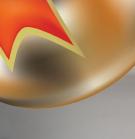
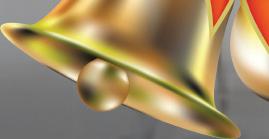
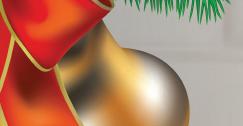
Œidmet iç-charge nurse Charmaine Cini fl-agœar faÿi tal-covid-19 fl-ISptar Æenerali ta’ Gœawdex wassalha biex æiet ippremjata bœala l-Œaddiema tasSena tal-istess sptar. F’lejla ddedikata gœall-œaddiema ta’ dan l-isptar, itTissue Viability Unit tal-istess sptar æie rikonoxxut bœala t-Tim tas-Sena.



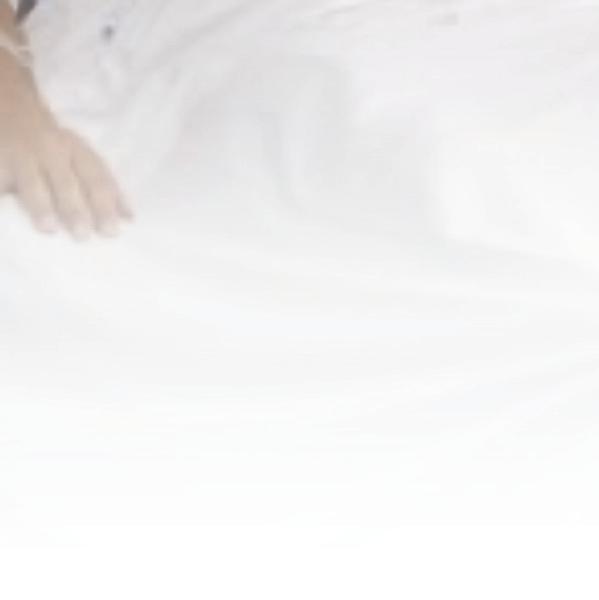

Id-Direttur Eÿekuttiv tal-Isptar Æenerali ta’ Gœawdex, Joseph Fenech, qal li r-rebbieœa huma ambaxxaturi gœall-œaddiema kollha tal-isptar u li l-impjegati kollha gœandhom iœossuhom kburin b’xogœolhom.
“Il-œaddiema tas-sena, hija charge nurse li taœdem l-ITU æo Gœawdex, u li bl-gœajnuna tagœha u bl-gœajnuna tat-tim tagœha rnexxielna nikkuraw l-iktar pazjenti akuti li kienu maqbudin bil-Covid.

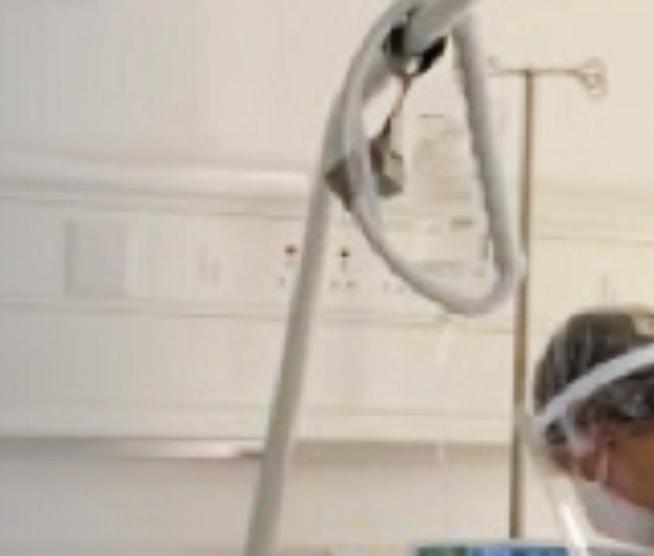
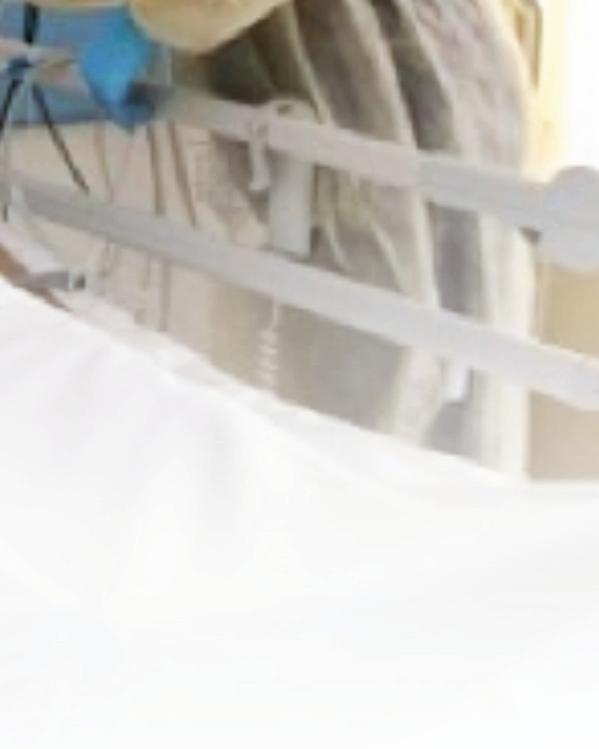
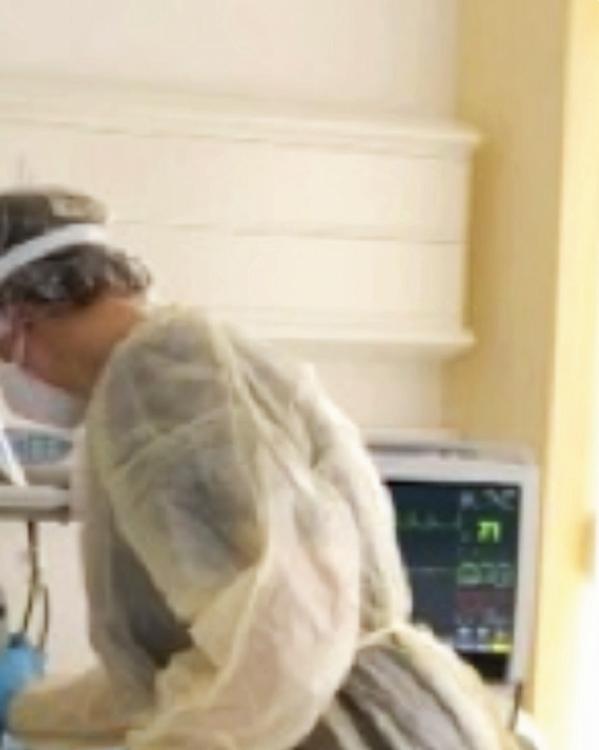
It-tim tat-Tissue Viability Unit huwa tim ieœor, tim magœqud, tim li gœamel diversi xogœol, mhux biss forsi aœna naœsbu fejn jidœol il-hyperbaric unit, fejn issoltu aœna nassoçjawh ma’ problemi ta’ bugœaddasa li jsibu problemi filbaœar, imma wkoll f’nies li gœandhom problemi, speçjalment fid-diabetics, fejn jiæu kkurati æo dan il-unit speçjali u fejn qed naraw œafna u œafna riÿultati poÿittivi.”
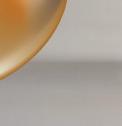





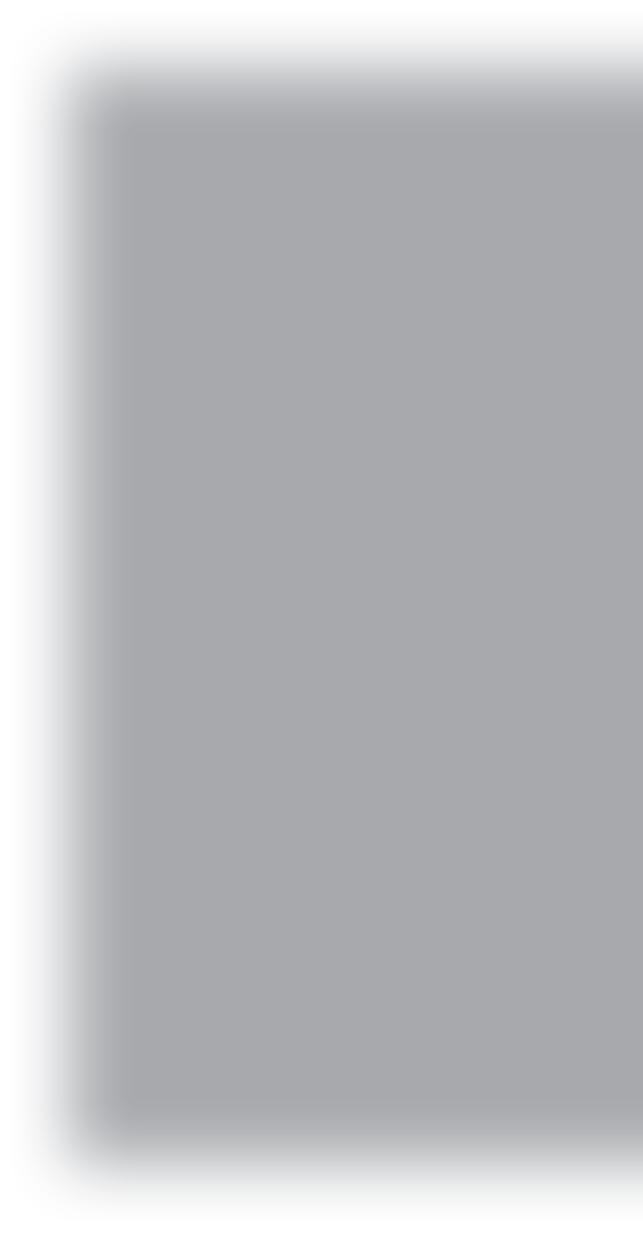
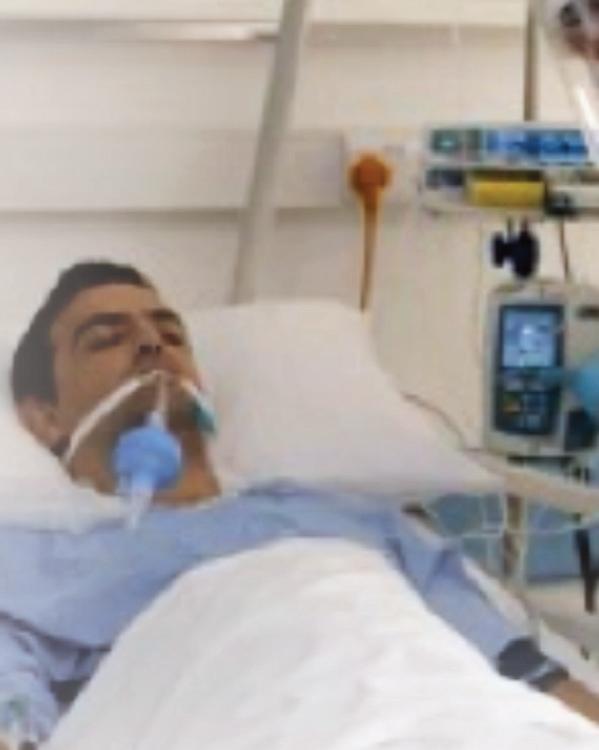

Il-President ta’ Steward Healthcare Malta, Nadine Delicata, qalet li minkejja
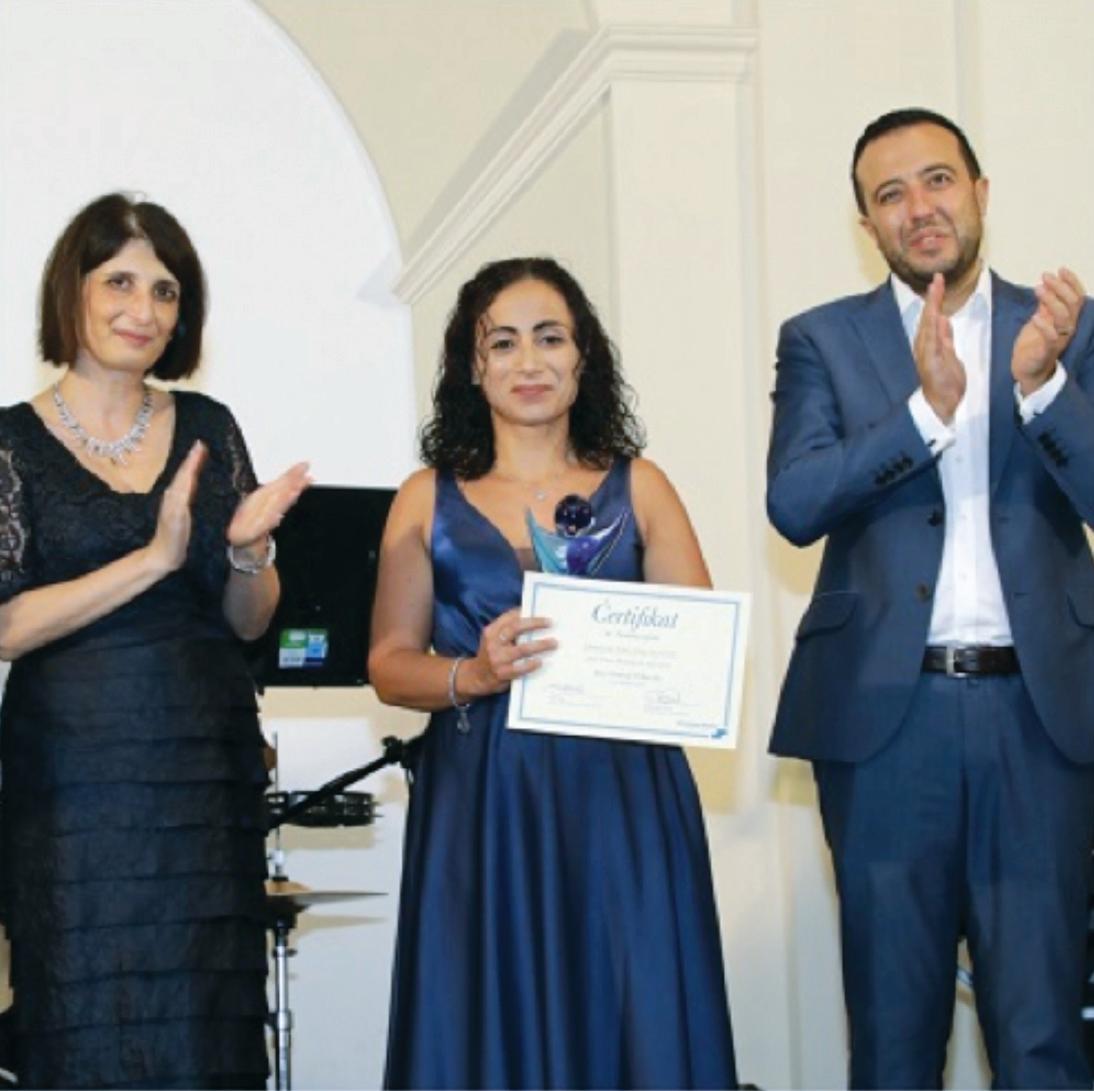
l-pandemija, ix-xogœol ta’ titjib fl-isptar ma waqafx.
“Jiæifieri mhux talli kkurajna lill-morda, kemm bil-Covid, kif ukoll ÿammejna lil dawk li ma kellhomx Covid ‘il bogœod mill-marda, però baqa’ miexi x-xogœol ta’ investiment f’sistemi innovattivi, f’taœriæ, f’reklutaææ, f’apparat, f’tagœmir, f’irranæar u refurbishments ta’ dipartimenti biex proprju l-poplu li jagœmel uÿu mis-servizzi kollha talisptar ikun jista’ jinqeda aœjar.”
Nadine Delicata
Il-Ministru gœal Gœawdex, Clint Camilleri, li ppreÿenta l-premijiet lirrebbieœa, tkellem dwar l-effettività tat-tmexxija u kif il-kollaborazzjoni bejn ministeri u entitajiet differenti assiguraw li s-saœœa tan-nies tkun imœarsa bl-aœjar mod possibbli. ❙


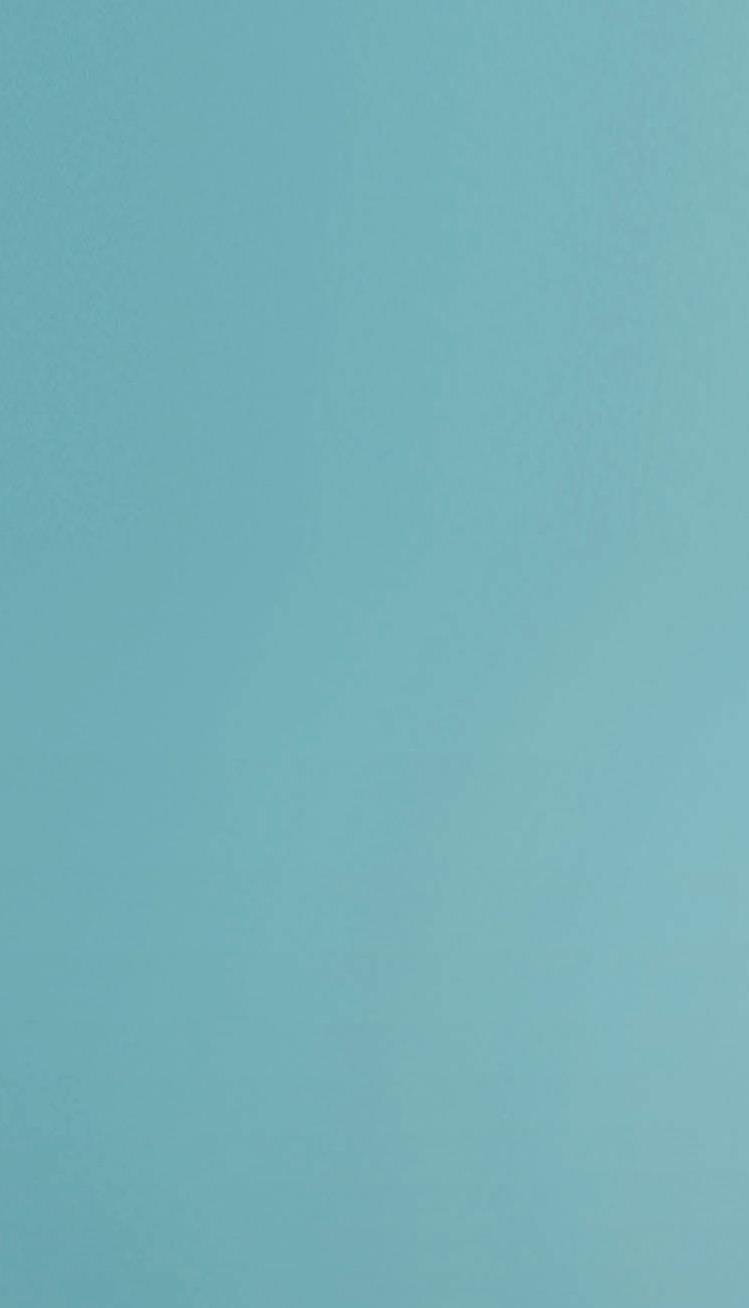

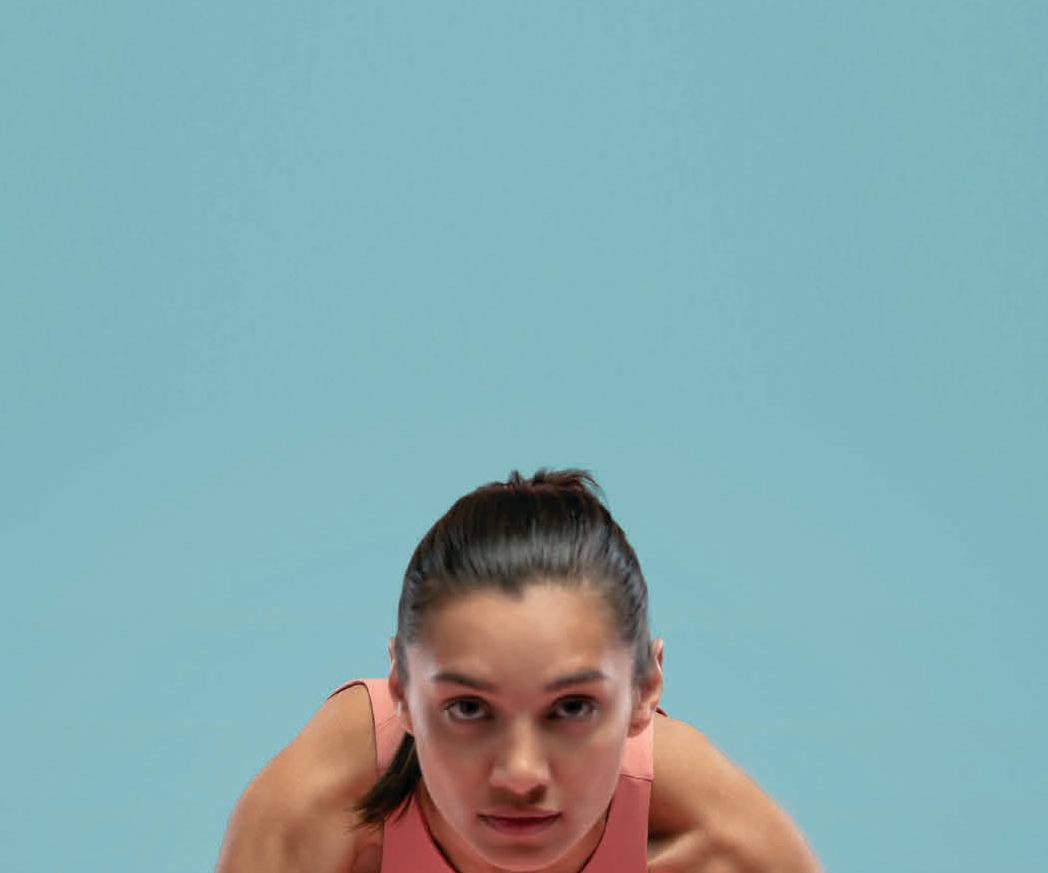

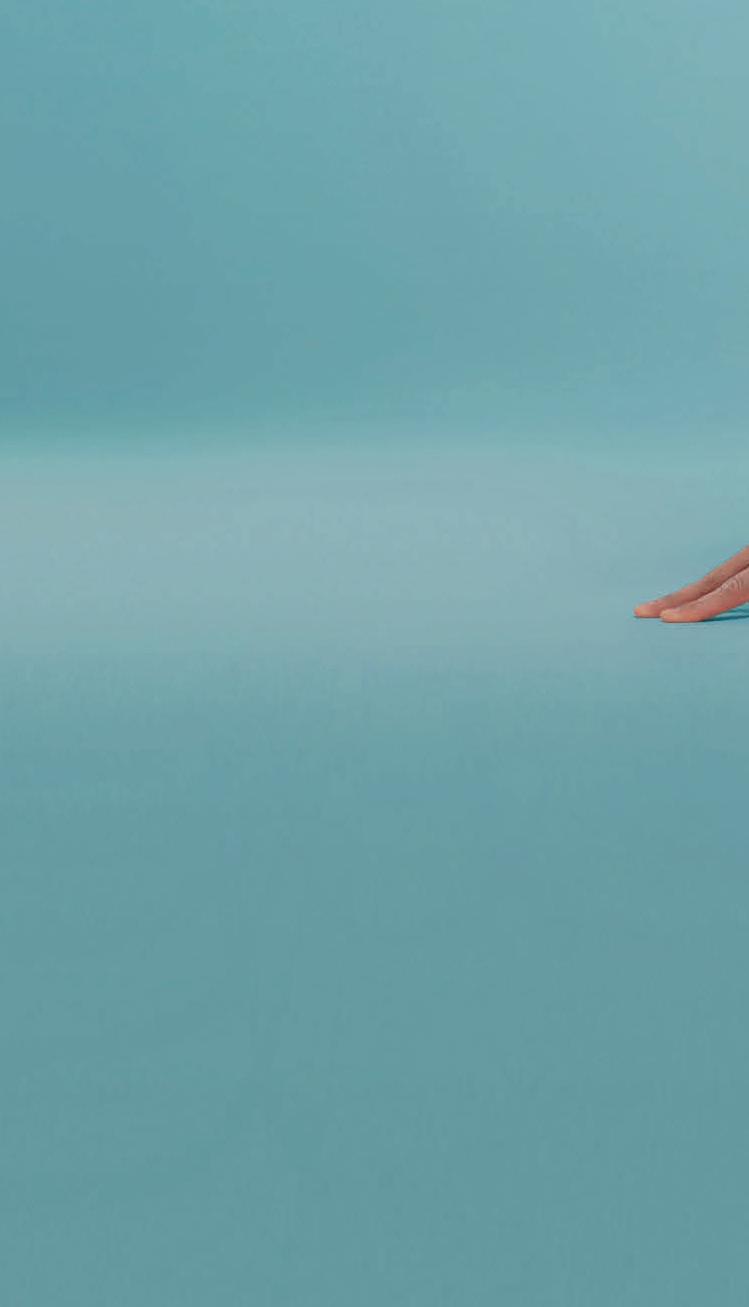
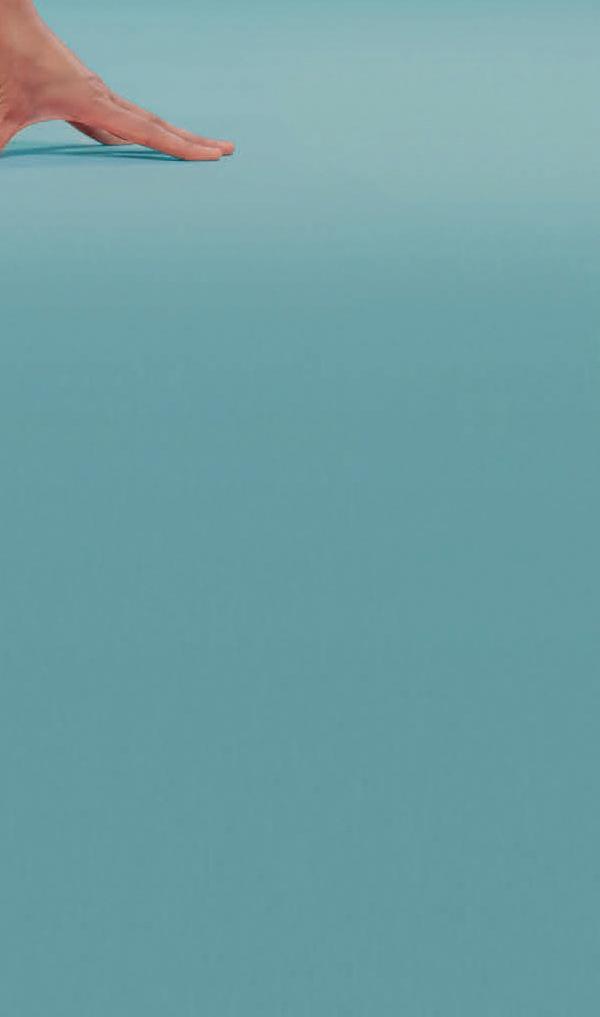
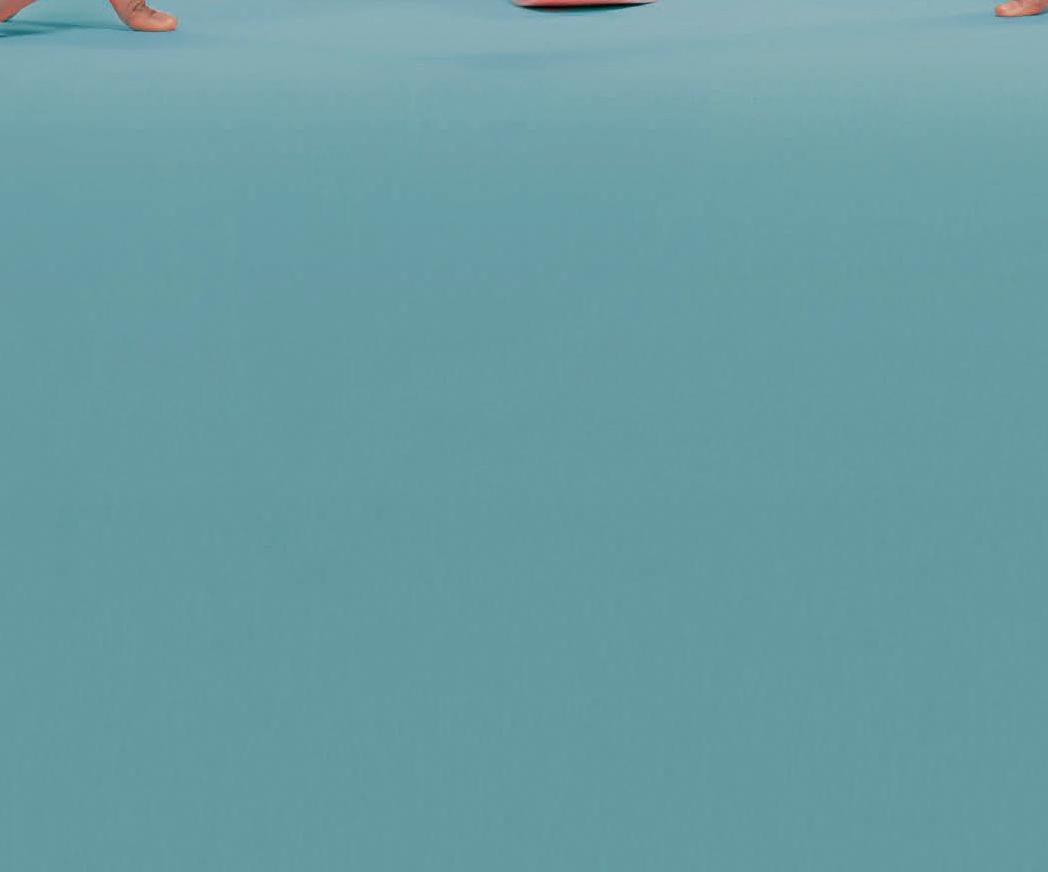




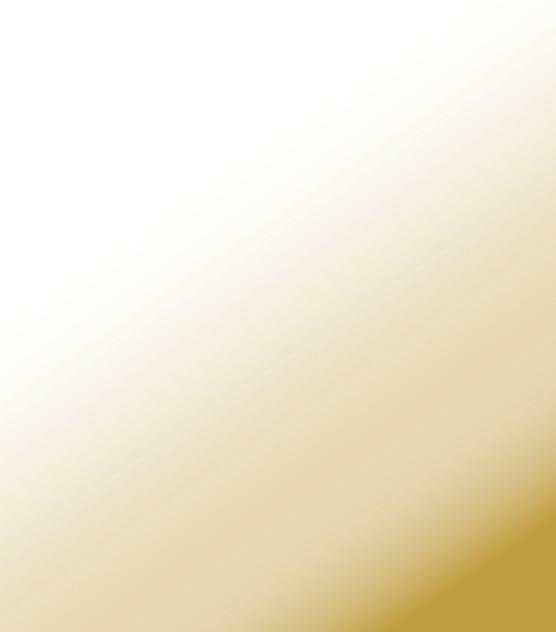




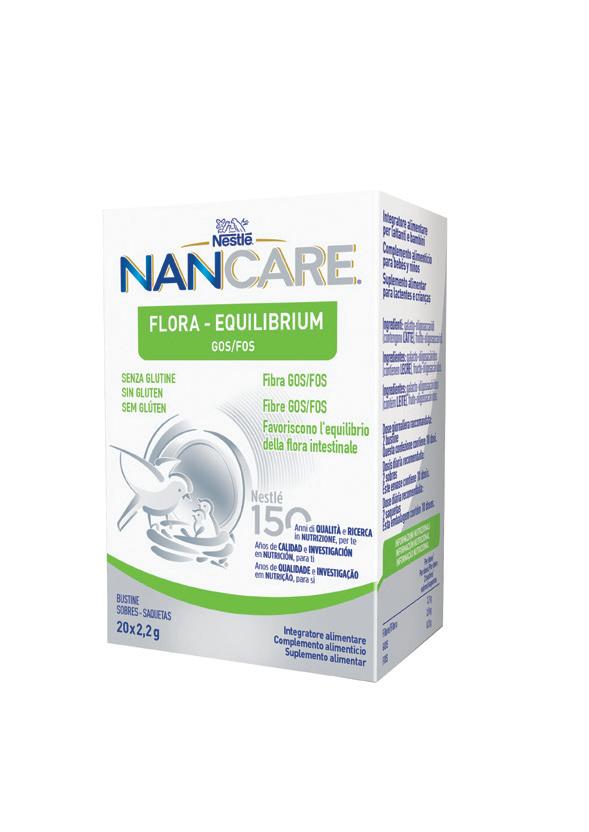
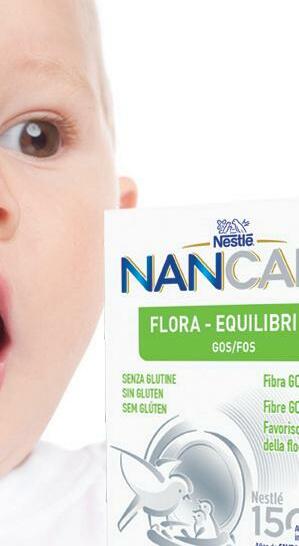
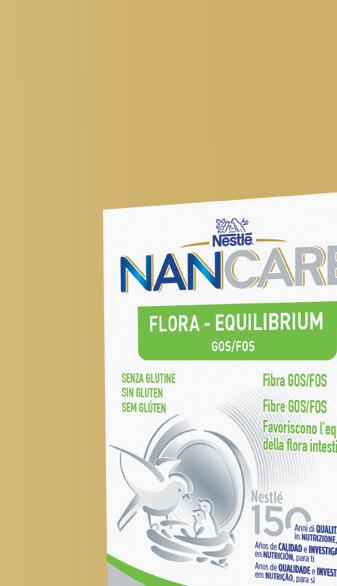


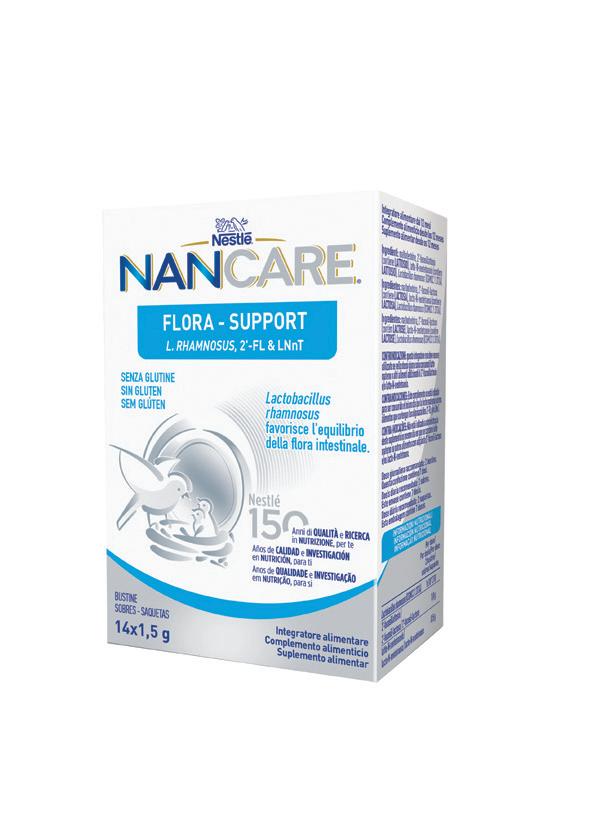
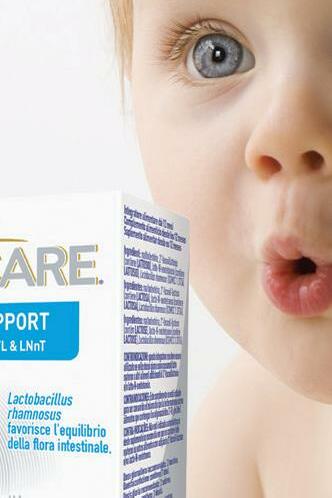
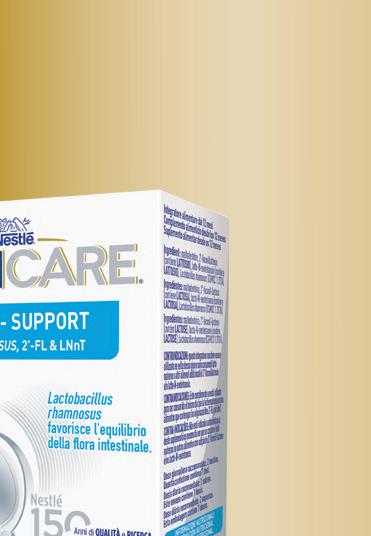

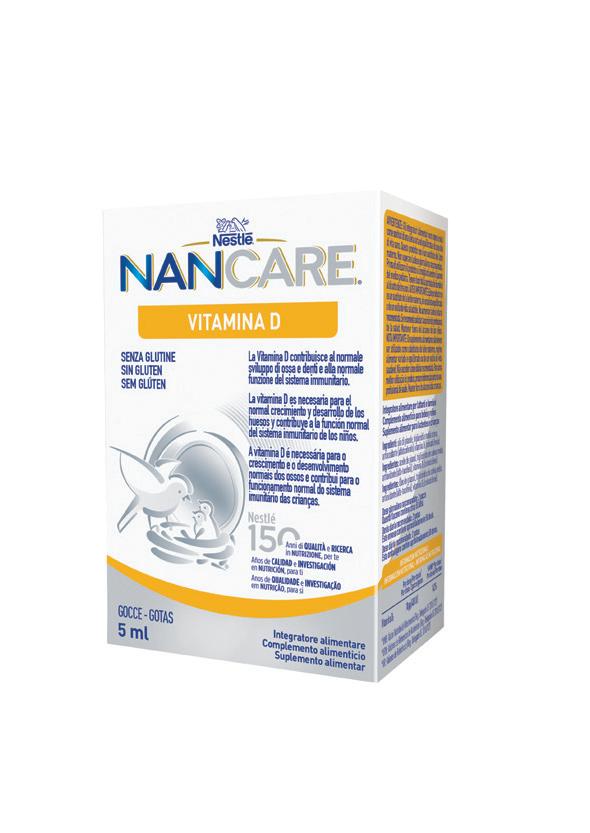
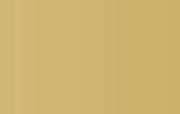
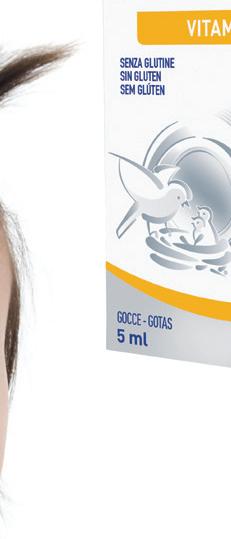
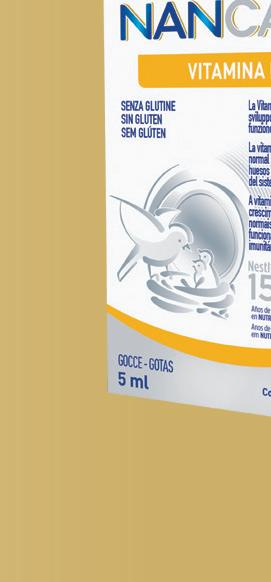
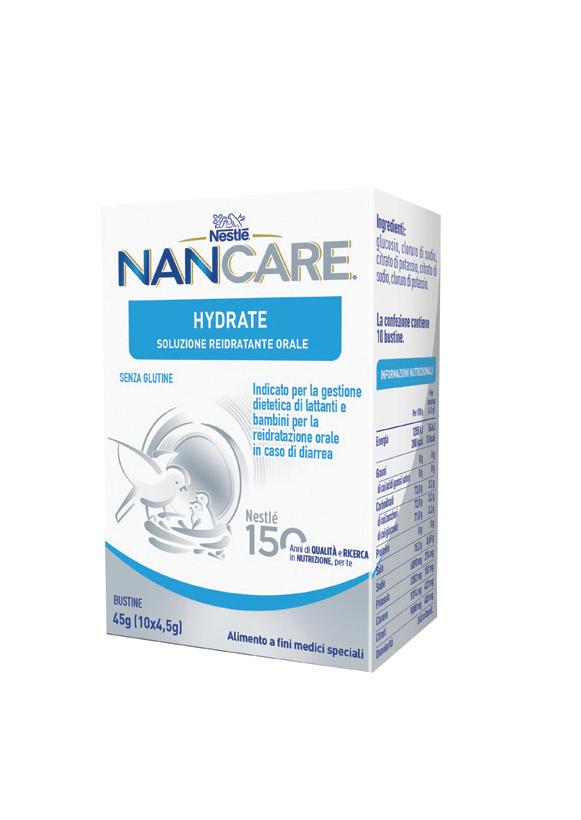
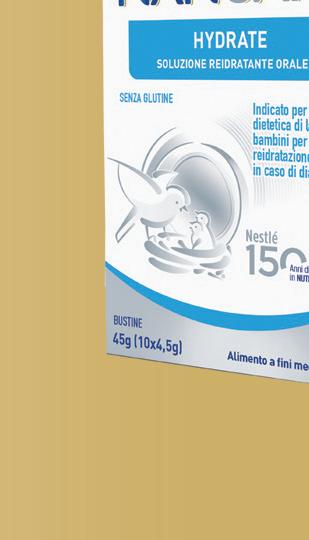
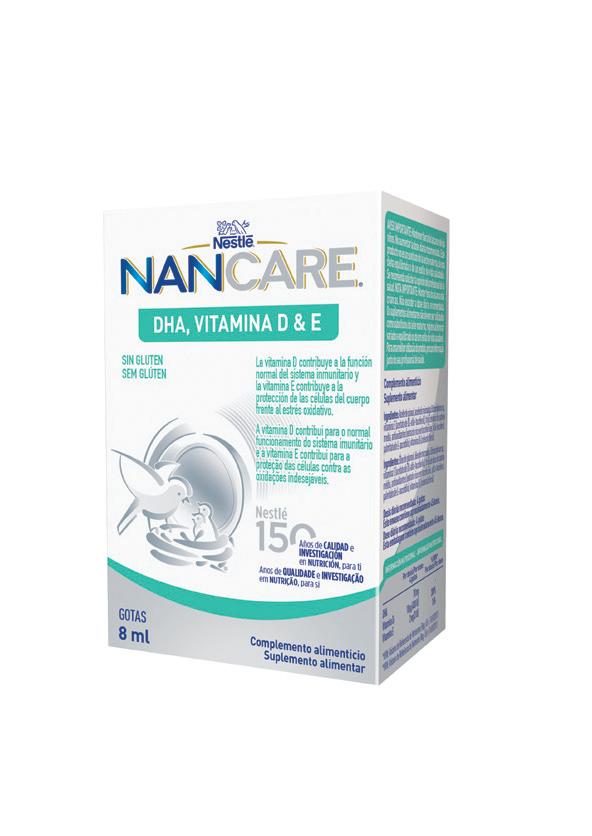

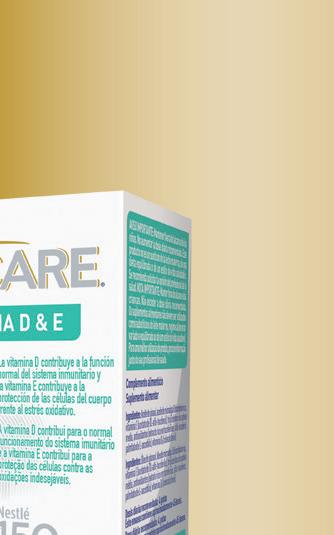




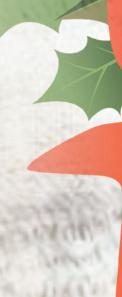

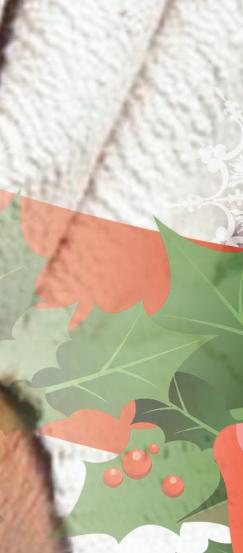
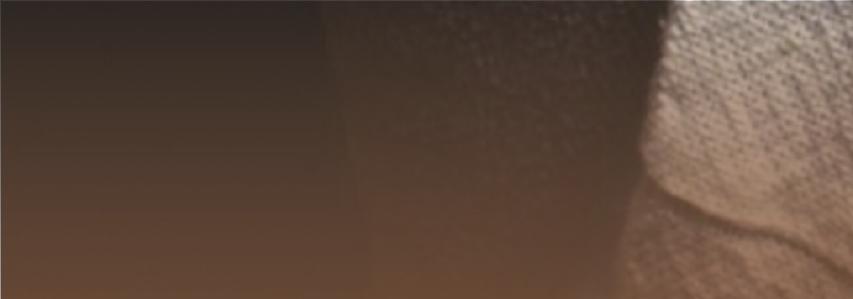
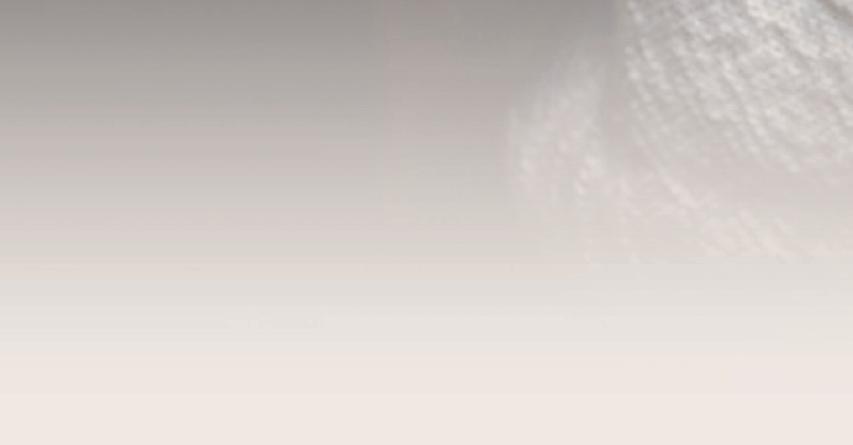

In our spiritual pilgrimage towards a pastoral care that is based on the different names of God we come across the divine appellation Yahew Nissi, which means “the Lord is My Banner”.
This divine name announces the Lord God’s protection, leadership, and deliverance of us, His people. What comes to mind when we recall this name is the battle which the people of Israel had against their enemies the Amalekites. The story goes that throughout both the afternoon and the evening, Aaron and Hur helped Moses’ arms to stand high up in a praying gesture. Hence, they lifted him as he lifted the people many times before in front of God. In that manner the people of Israel won the battle that day. Surely, such a special day was not to be forgotten at all since the Lord, on that day, showed them that they were a unified nation. That is why He had fought for them in battle by leading them and protecting and conquering on their side. In a few words, we can say that the Lord was their banner.
But, today, in the society we are living in, what does it mean that the Lord is our banner? In an article, entitled Jehovah Nissi “The Lord is My Banner” – Significance & Meaning of God’s Name for Today, Barnabas Piper writes: “God is our banner because we live to celebrate and honor His faithfulness to us, shown in myriad ways, from the rising sun to the risen

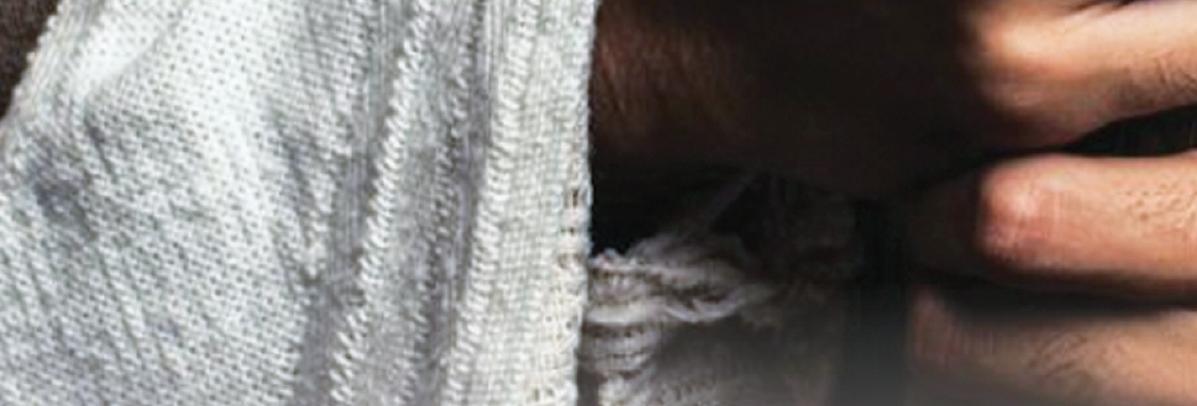
Christ. God is our banner because we remember all His deeds and His words graciously given to us in Scripture. God is our banner because He gives us identity, and our label is ‘God’s children,’ because of the saving work of Jesus. God is our banner because we are his representatives to the world, making Him visible and showing the beauty of His transforming work. God is our banner because all of this is an invitation, a gravitational pull, a summons, a tug to any who would believe but do not yet know what that means or how to do so.”
Barnabas Piper’s contribution is offering us some very valid pastoral insights concerning God as our banner. First, as a hospital chaplain, I need to mirror to my patients the reality that God is a person to be celebrated. Only a person can show faithfulness, principally by the way that person acts. As a pastoral carer I am greatly challenged to portray to the people I am accompanying how the Lord is with them in such a way that they can remember all these different ways or modes of his presence with them and, eventually, trust him. A very tangible manner how this can be done is by selecting portions from Scripture that celebrate who God is. A practical example is surely Psalm 23 where God is pictured as Shepherd. Its opening line is so powerful!, The Lord is my shepherd; I shall not want (Ps 23:1).

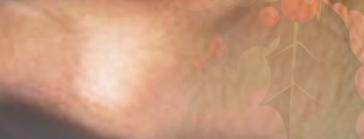

A quick glimpse to various translations of the same line brings out the richness of the verse itself. Hence, in the New International Version, Psalm 23 verse 1 is translated: The Lord is


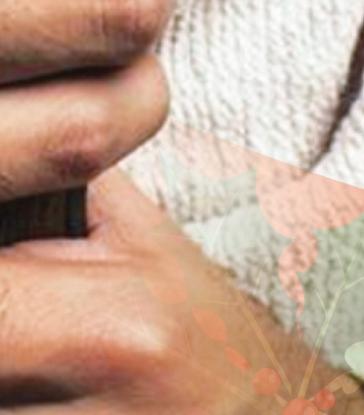








my shepherd, I lack nothing. In the New Living Translation we encounter this version of Ps 23:1: The Lord is my shepherd; I have all that I need. In the New American Standard Bible we meet this translation: The Lord is my shepherd, I will not be in need. The Christian Standard Bible gives us the following rendition of the verse Ps 23:1: The Lord is my shepherd; I have what I need. The Holman Christian Standard Bible offers us the following line: The Lord is my shepherd; there is nothing I lack. The opening line of the Brenton Septuagint Translation of Psalm 23 tells us: The Lord tends me as a shepherd, and I shall want nothing. The Contemporary English Version presents us with this translation: You, LORD, are my shepherd. I will never be in need. The Good News Translation says: The Lord is my shepherd; I have everything I need. The Good News Translation translates this verse: The Lord is my shepherd; I have everything I need. And, finally, in GOD’S WORD® Translation, we get the translation: The Lord is my shepherd. I am never in need.
On the basis of these different texts we can logically ask: But why I lack nothing, I have all that I need, I will not be in need, I have what I need, there is nothing I lack, I shall want nothing, I will never be in need, I have everything I need, and I am never in need? It is because, as the Brenton Septuagint Translation puts it, The Lord tends me as a shepherd. The Amplified Bible qualifies this tending in the following way: The Lord is my Shepherd [to feed, to guide and to shield me].
And what can be concluded from this rather detailed look at the variants of Psalm 23 verse 1? We can easily affirm the onerous task the chaplain has of showing, in the way he is ministering to, that God is truly our Shepherd. As we have seen, the image of the Shepherd gives the identity both to God as well as to the minister who is representing Him. In relationship to Him, we are his sheep and his children, due to Christ’s salvific work. Is there something more transformative than a God who cares for his children in such a way as a shepherd treats his beloved sheep, by making them lie down in green pastures and leads them beside still waters (Ps 23:2)? He restores their soul, leads them in paths of righteousness for his name’s sake (Ps 23:3). May his children know that even if they walk through the valley of the shadow of death, they fear no evil, because He is with them. His rod ... and staff ... comfort them (Ps 23:4). Furthermore, he prepare[s] a table before them in the presence of their enemies, anoint[s] their head with oil, their cup overflows (Ps 23:5). And they shall dwell in the house of the Lord for ever (Ps 23:6).





What a great responsibility the chaplain has in manifesting the beauty of God’s most transforming work in his ministry! May he always let this Psalm and other scriptural passages talk to him so that he himself experiences this gravitational pull, this summons and tug so that he can communicate it vividly to the patients he ministers to! Yahwe Nissi! ❙



MEPs adopted the trialogue agreement reached on 23 June by the European Parliament – together with the European Commission and the Council of the European Union – on the “serious crossborder health threats” regulation. This regulation is the political component of the legislative package “Building the European Health Union” and will allow Europe to better anticipate, react and respond to health threats, regardless of their origins.
With this text, the Member States are learning lessons from the Covid-19 crisis and giving impulse to their will to prevent and act together, to get away from our dependence on pharmaceuticals and to better protect the health of European citizens.
Véronique Trillet-Lenoir, European Parliament’s Rapporteur on this regulation, defended ambitious objectives during negotiations, so that the EU acquires competences to: Declare a public health emergency at European level, even before the WHO does so at global level, in order to act immediately and autonomously.
Assess and strengthen EU and national preparedness and response planning for health threats through stress tests in Member States, including checking the status of medical supplies.
Integrate prevention and health education into all European and national policies.

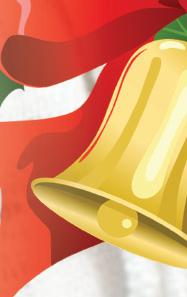

Better define the rules for joint procurement of medicines and medical equipment, based on the model of vaccines, and impose greater transparency towards the European Parliament and citizens
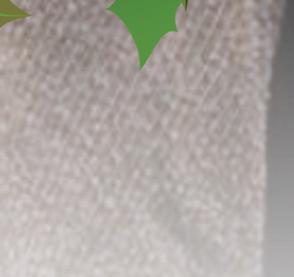
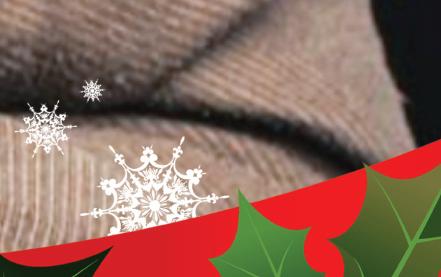



in drawing up of contracts and greater coordination in purchasing. Furthermore, the revision of the pharmaceutical legislation package, planned by the European Commission for 2023, will make it possible to ratify a real Europe of medicines.
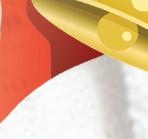
Establish an independent Scientific Council to guide the Commission and Member States in decision-making.




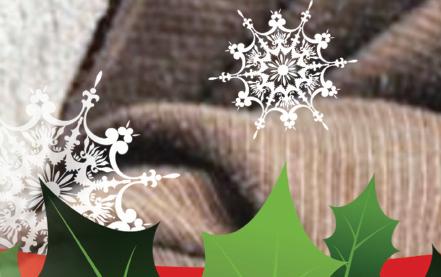

Empower the new health authority HERA to identify and respond to health threats, in coordination with other bodies.




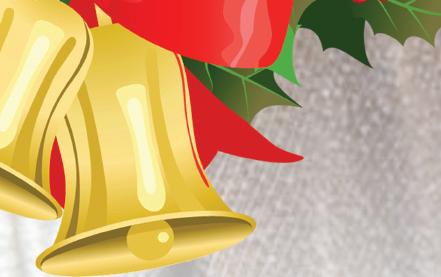
Strengthen global cooperation through the development of an International Treaty on Pandemics.

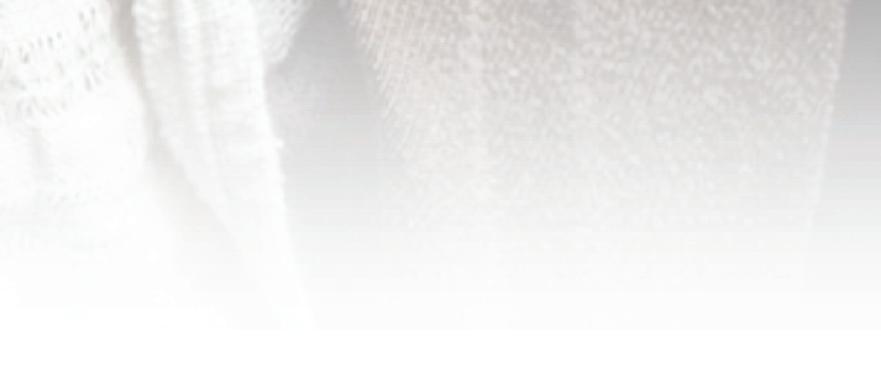
“This regulation responds very clearly to the 74% of European citizens who want more European competence in health and crisis management, and to the priorities set out by the Conference on the Future of Europe.
The European Health Union is being built step by step. We will continue to defend these ambitious objectives in the legislative work to come.” Véronique TrilletLenoir ❙








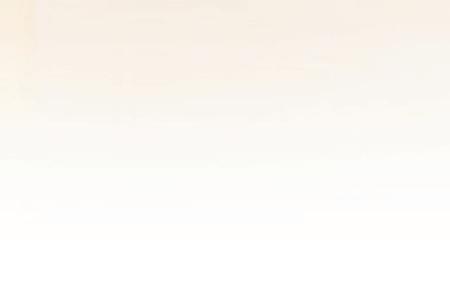
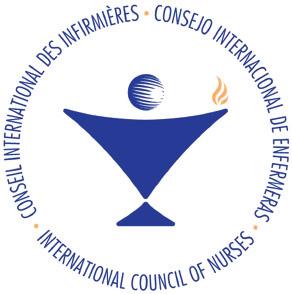

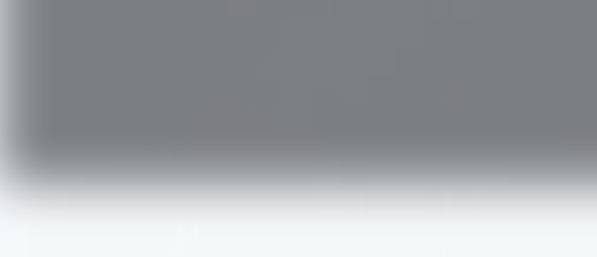


As a historically gendered profession, nurses of all genders struggle to advance into global health leadership positions.3 Only 23% of delegates at the 2020 World Health Assembly were women. countries. However,

Bias, discrimination, power imbalance, lack of privilege and stereotyping inhibit nurses, especially nurses who are women, from advancing into leadership.2,3 While men are the minority in nursing, they hold a disproportionate number of leadership roles in nursing.2 Unequal leadership opportunities for women cause loss of morale, low career satisfaction and significant loss of lifetime earnings.2 Nurses who are women are unable to be promoted due to domestic responsibilities or prioritizing of colleagues who are men.3 The lack of flexibility and supportive policies for people with informal care responsibilities impacts women’s ability to advance in the workplace. This includes having to be full time to be in senior roles. In contrast, nurses who are men were rapidly promoted due to society’s bias of men as leaders.3
Gender norms and stereotyping classify some work as ‘men’s’ or ‘women’s’ work which drive occupational segregation of professions, leaving women’s professions undervalued.2 The status of nursing as a “feminine” and “nurturing” profession has been cited as a barrier to the status of nursing in the health workforce as a whole.3 Nurses provided the majority

of care during the COVID-19 pandemic with deteriorating working conditions, unfair remuneration and a continued undervaluing of the nursing role in many countries.4 Women and nurses alike in the health workforce hold lower status jobs, are marginalized in leadership and face obstacles to career progression and experience unacceptable rates of workplace violence and harassment.1,2
There are vast differences in the experiences of men and women in the nursing workforce regarding pay. Women, including nurses, in the health workforce are more likely to go unpaid or underpaid for their work and a 28% pay gap is seen in the health workforce between women and men.1 This gap can be attributed to factors such as different occupations and working hours between men and women. However, an 11.2% pay gap remains even when controlling for occupation and working hours.5 This gap in pay is likely from women’s underrepresentation in senior positions, fewer opportunities for career advancement and gender discrimination.5 Some countries have pay equity/job evaluation schemes that underpin their pay structures so men and women doing the same job are paid the same. These structures can help combat the pay gap but are not found in all countries of the world.
It is critical to look at other gender minorities when addressing gender

equity. Gender minorities may have vastly different experiences when it comes to advancing into leadership and treatment in the workplace.6 However, there is little data on non-binary gender identities in healthcare leadership and it is likely that they face significant discrimination and bias in the health and care sector.2

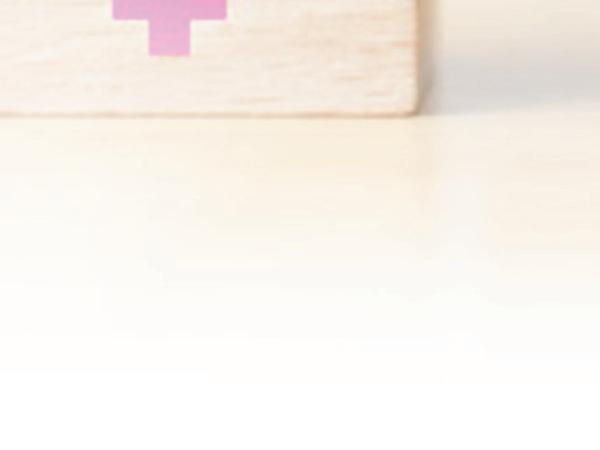
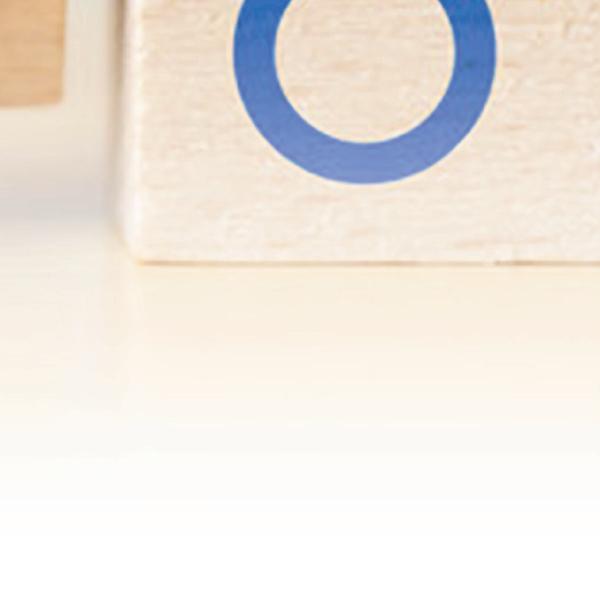

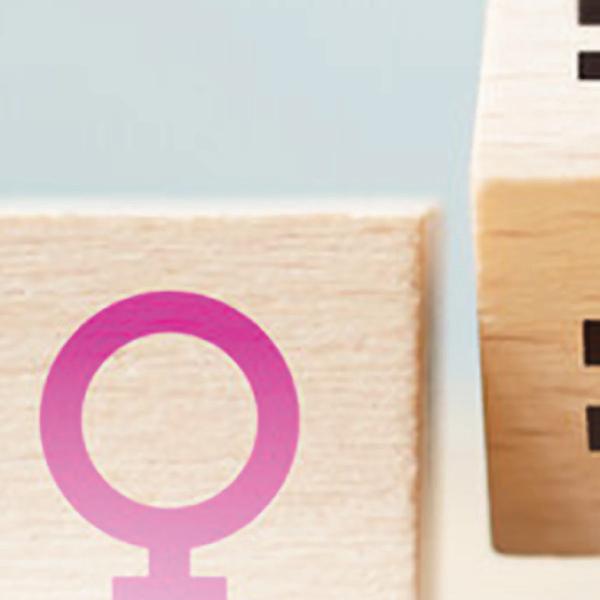
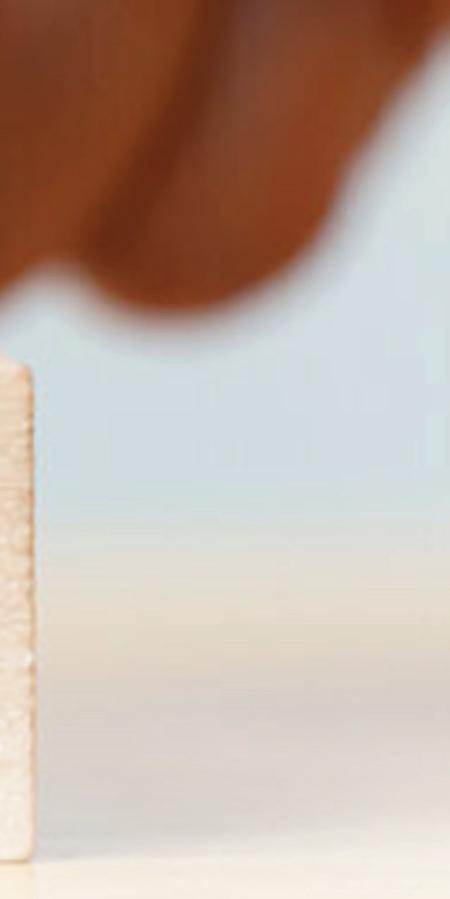
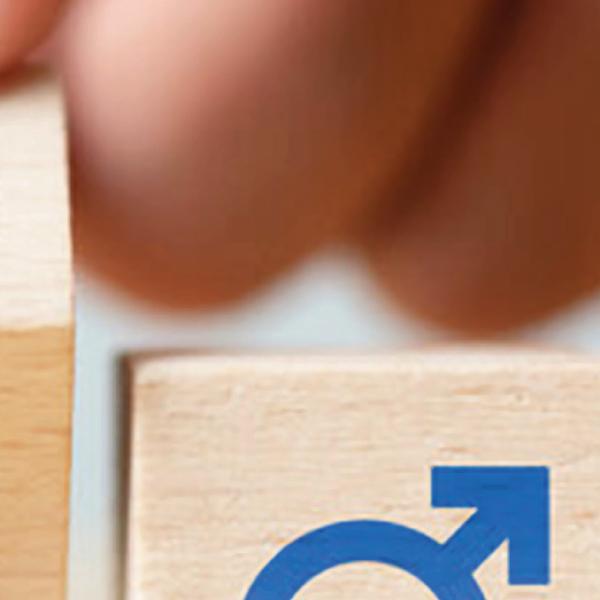

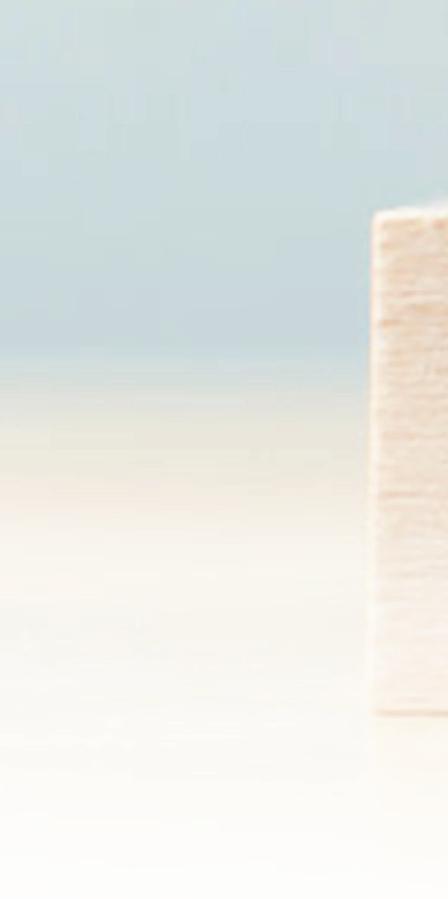
An intersectional approach to gender equity is also critical to effectively supporting all women and gender minorities. Intersectionality includes addressing social and personal characteristics that intersect with gender such as race, ethnicity, geography, ability and nationality which can multiply the disadvantages faced.7 These barriers often leave major gaps in the disaggregated research on women in leadership in the health workforce.2 Women belonging to marginalized race, class, caste, age, ability, ethnicity, sexual orientation face even greater barriers when it comes to accessing gender equity and leadership positions within nursing and healthcare.2
Men also face unique difficulties working within nursing and report feeling unwelcome in the clinical setting and excluded from genderbased clinical settings such as maternity care.8 Men cite discrimination against them as they are not seen as caring,








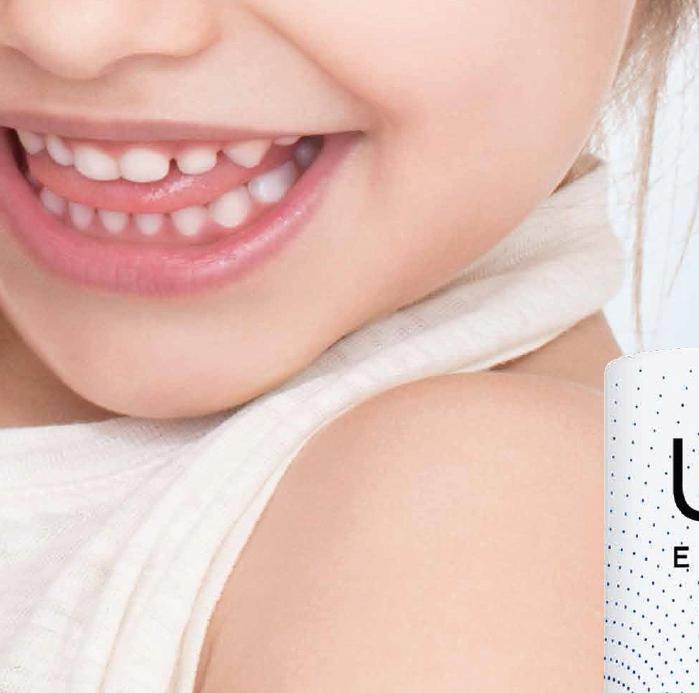
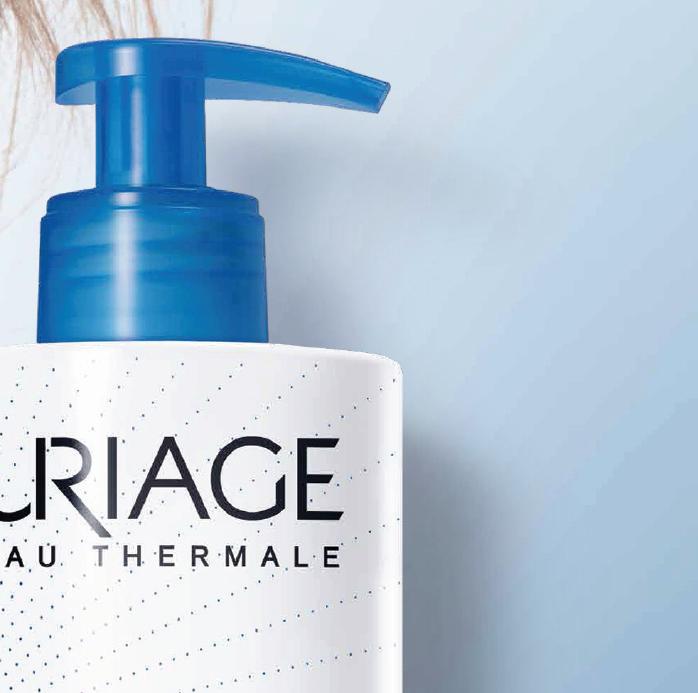


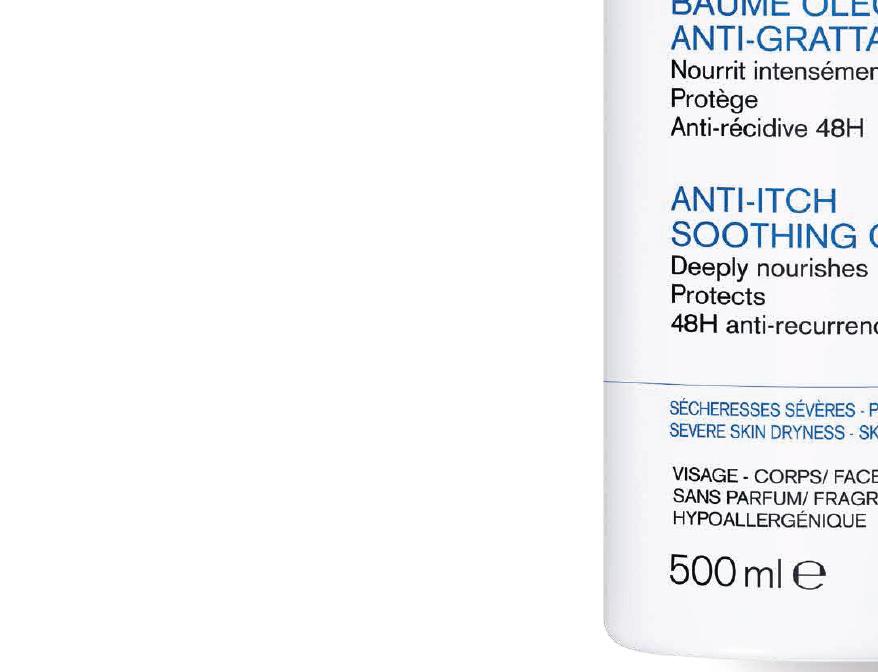
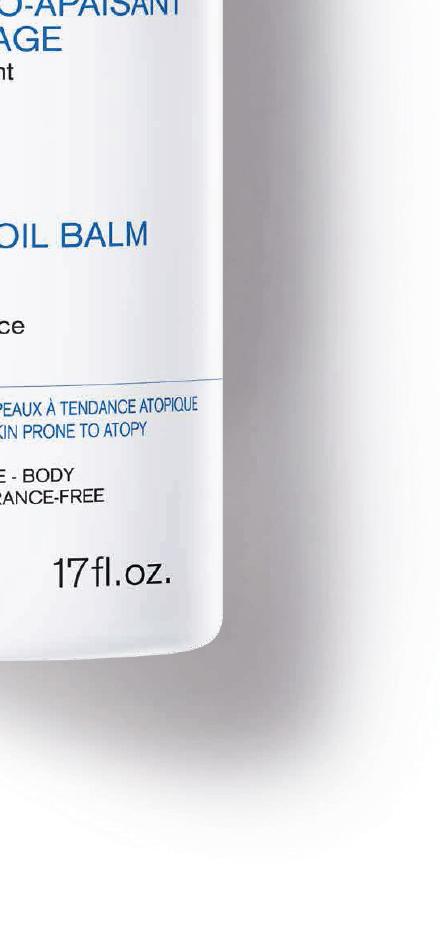


continued from page 16
and discrimination in their personal life for pursuing a “female profession”.8
Gender is a major social determinant of health. Women, men and gender minorities face significant health disparities between them which come from both social and biological causes.6 Women have worse myocardial infarction mortality, are left undiagnosed from chronic obstructive pulmonary disease (COPD), left untreated for more strokes, delayed, or missed dementia diagnosis, left untreated for type 2 diabetes, and have higher prevalence’s of depression.2,9,10
One in three women will experience gender-based violence (GBV) in their lifetime.11 Modern slavery of women and girls, including human trafficking for forced labour and sexual exploitation, and forced marriage is a major problem worldwide and female genital mutilation is still carried out in some countries.12 All persons with uteri need access to affordable reproductive health services.10 The recent overturning of Roe v. Wade in the United States is an example of the stripping of women’s and person with uteri’s reproductive rights.10 Women and other persons with uteri have a right to access reproductive and sexual health services and self-determination of their plans of care. Women, especially woman of
aggression, violence, substances abuse, and risky behaviors.10
Gender minorities and women belonging to other marginalized groups face significant health disparities globally, such as higher rates of sexual transmitted infections, mental health disparities and substance use disorders.14 Transgender individuals face difficulties accessing medically necessary genderaffirming services, surgeries and hormone treatments.14,15 This calls for the importance of leadership by intersectional women and gender minority individuals as well as achieving gender equity in the health workforce to create a diverse workforce to address these health disparities and diverse health challenges. People-centered care is needed to tailor care and services to the unique needs individuals have based on their gender. All nurses need to know of these differences in access to care, treatment within care and factors that impact these health disparities within and outside of clinical settings.



As the global voice of nursing, ICN:



• Promotes gender equity, women’s education and reproduction rights and empowerment in both the public and private life and supports the fundamental social reforms necessary to address inequalities in power,
on populations to identify health disparities and on those employed in leadership in global health to better see who is represented in leadership positions.
• Recognizes the gender pay gap both due to nurses, women and gender minorities not advancing to leadership positions but also the pay gap for nurses, women and gender minorities employed in the same position.
• Calls on health systems to create safe working environments free of sexual harassment or violence for all nurses and health workers regardless of their gender.
• Condemns subsidizing health workforces through underpaid and unpaid women and nurses.
• Calls on health systems to create more transparent data on salaries and wages so that women and gender minorities can have equal pay for equal work.

• Considers nursing a highly skilled profession and one in the scientific and technical education category and calls for the global community to see the nursing profession as more than ‘women’s work’.
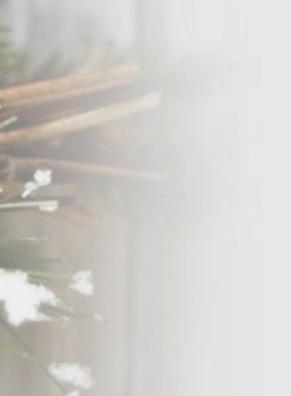

• Calls for health systems to make sure all health workers receive adequate training on stereotypes and biases that lead to lesser quality care to be delivered to women and gender minorities.
• Calls for people centered care to be delivered to all persons so that everyone’s care is tailored to their unique gendered experiences.
ICN encourages national nurses’ associations (NNAs), in collaboration with their respective government, to:
• Work to ensure nurses, women, and gender minorities are adequately represented in public and private sector health leadership positions and that there is intersectional diversity within those women and gender minorities regarding race, ethnicity, sexual orientation, ability and nationality.
• Advocate for a gender-based analysis plus of government/public policies to ensure they are fair to all genders and promote gender equity.
• Work with health systems to ensure



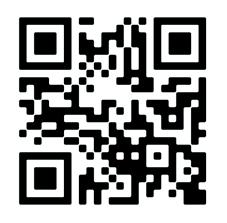





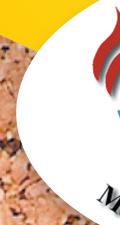





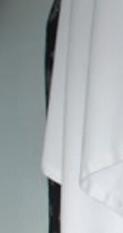












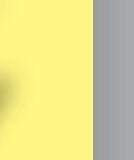
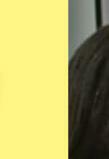
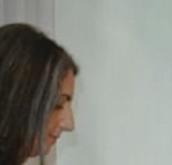
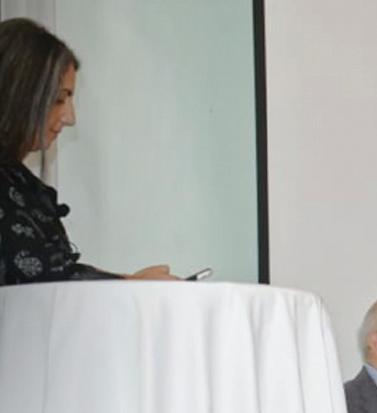








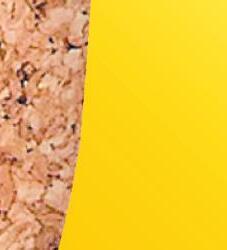


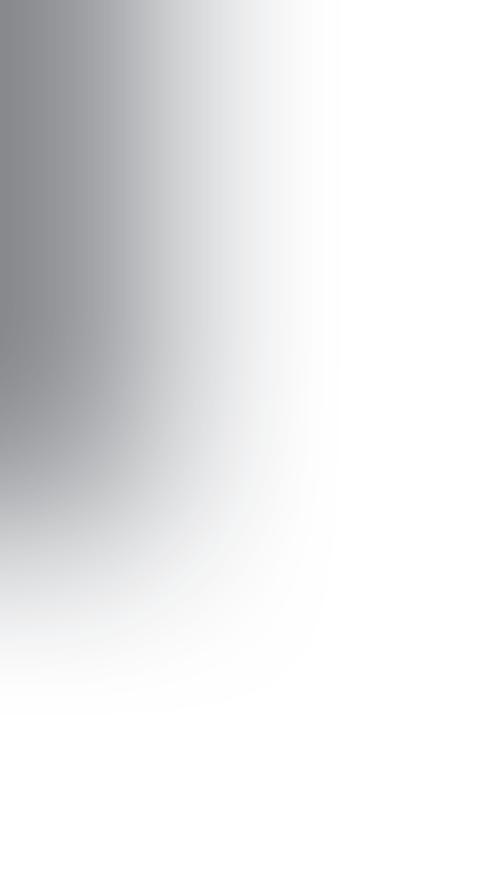
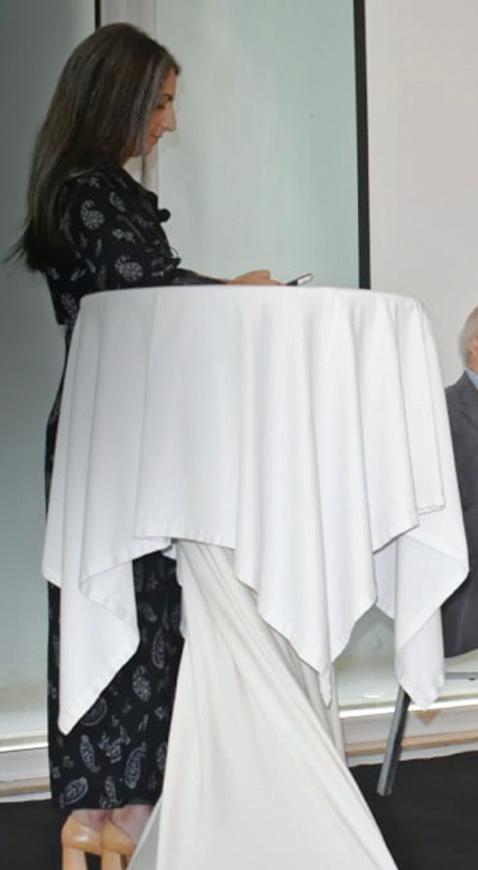


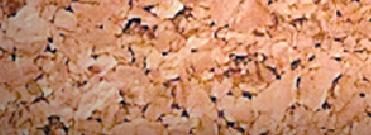

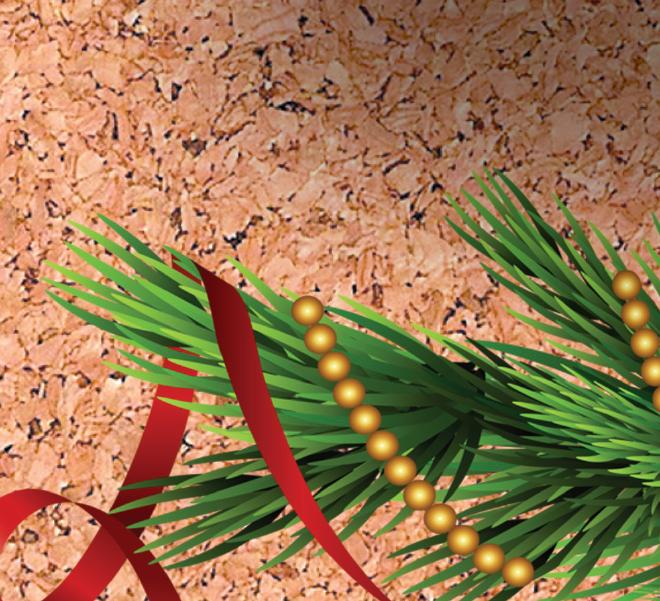
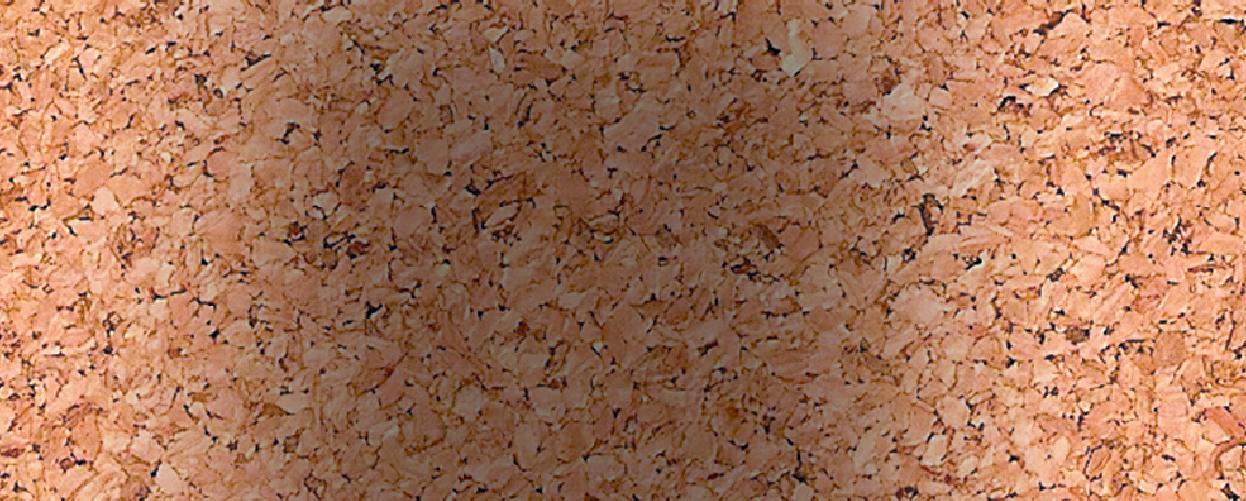
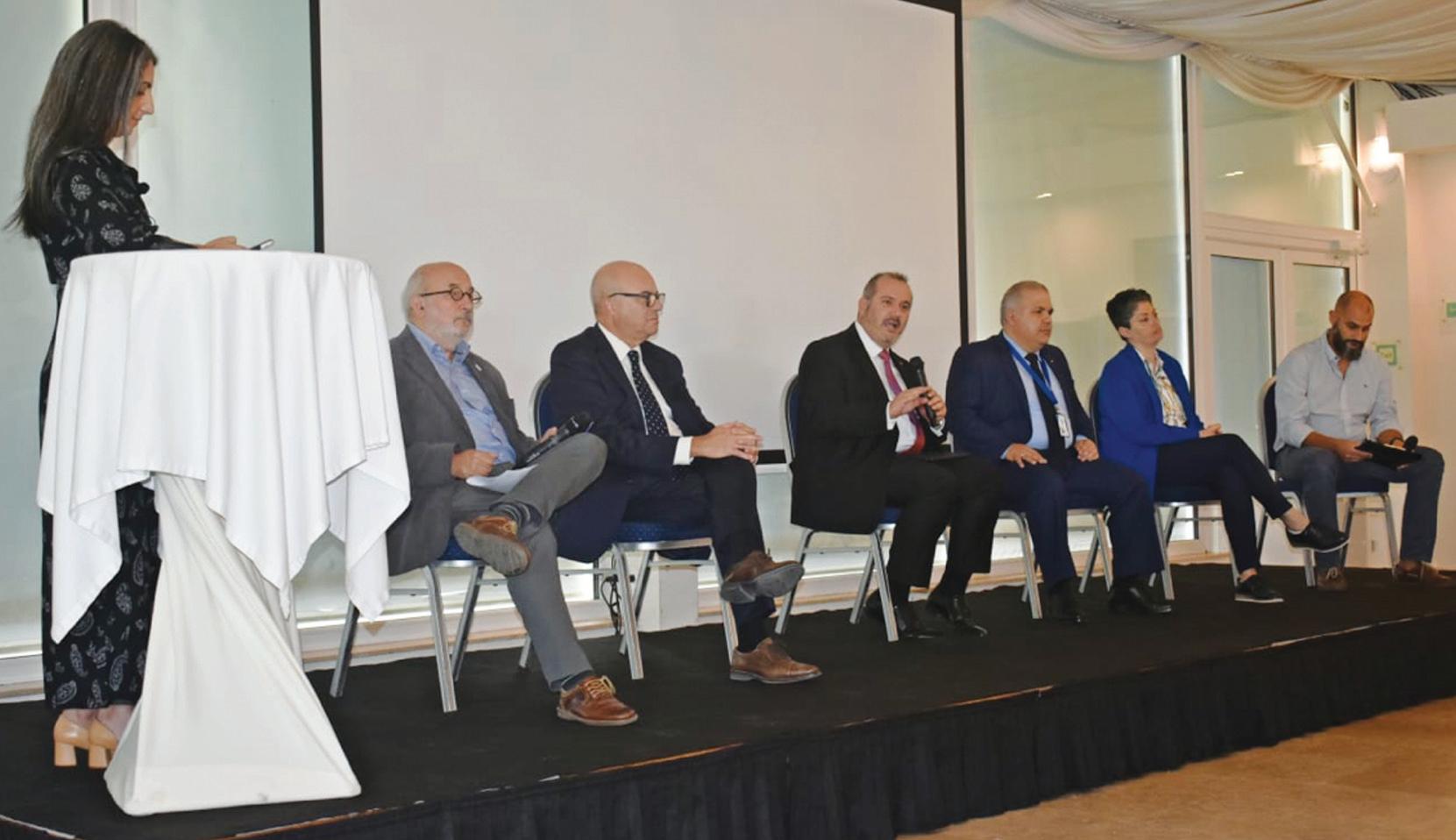


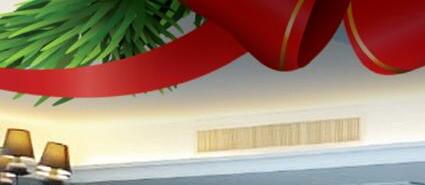


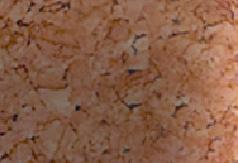



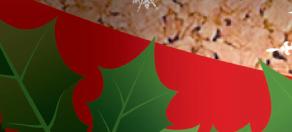
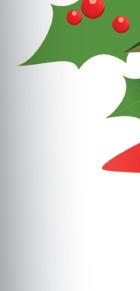
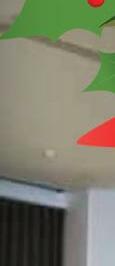
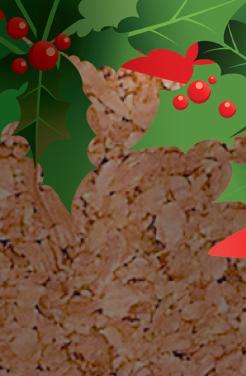






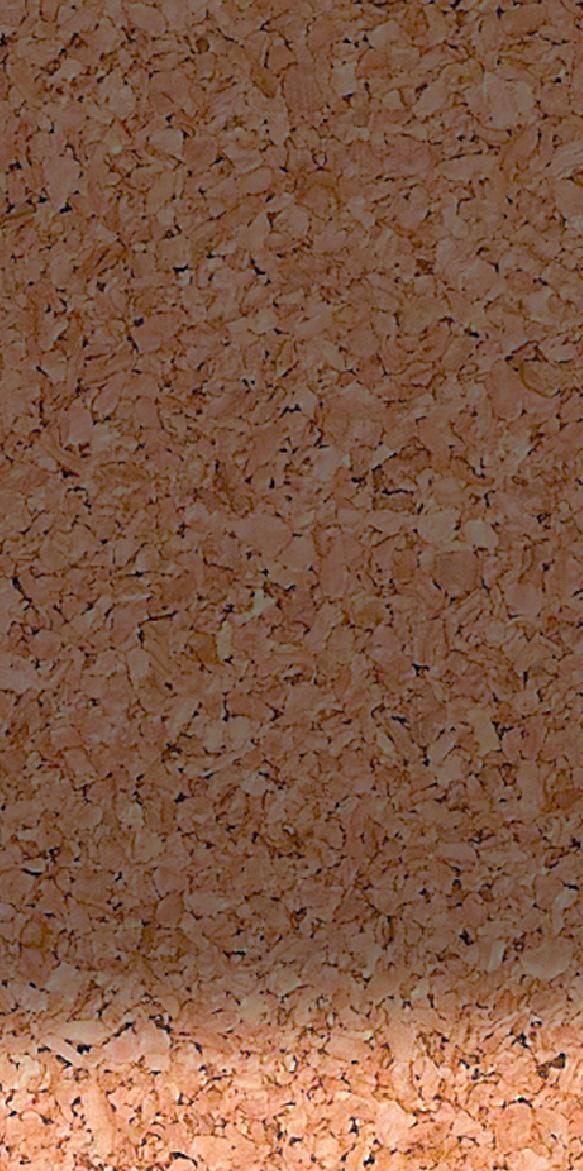
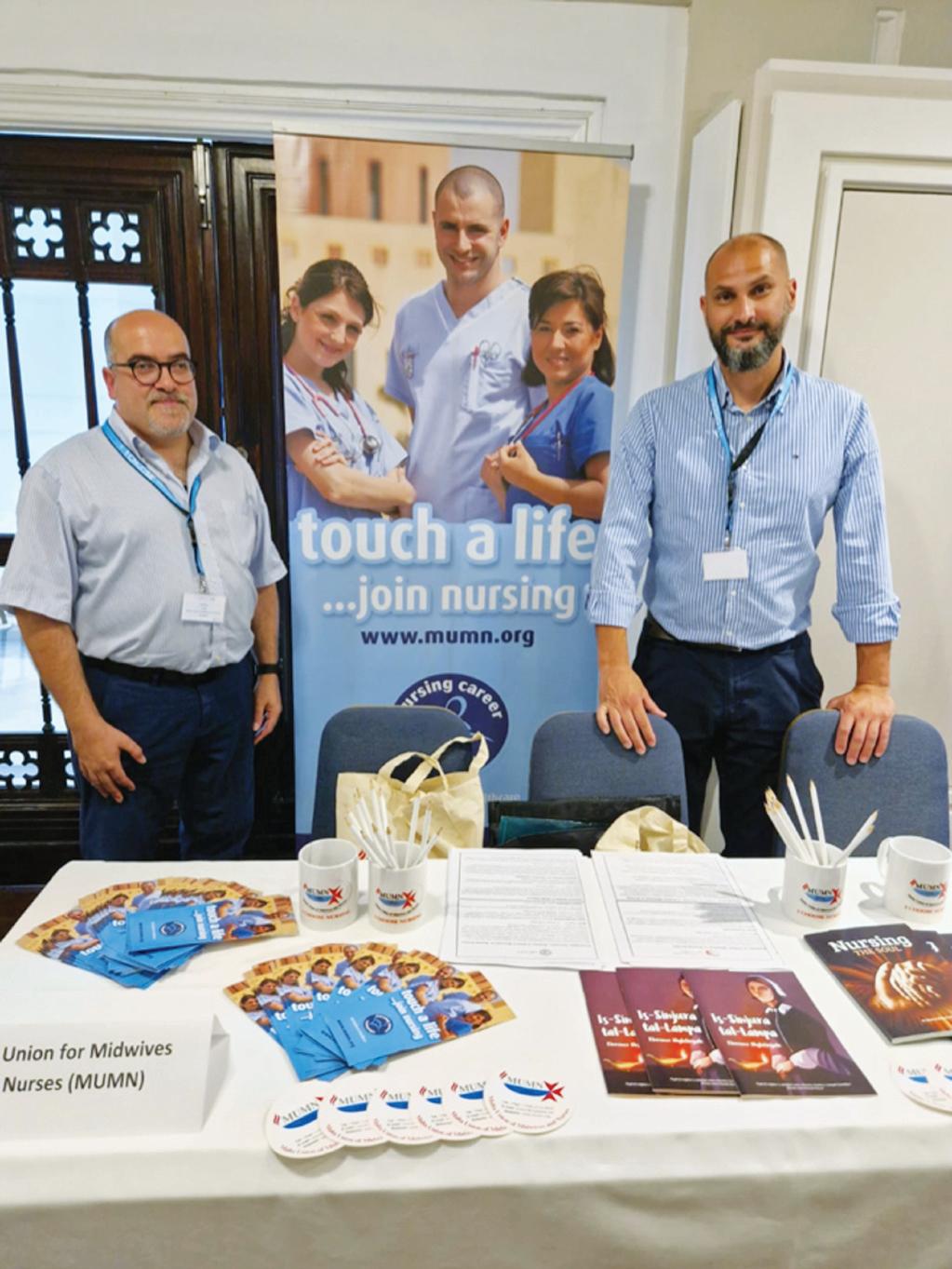


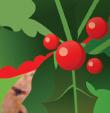

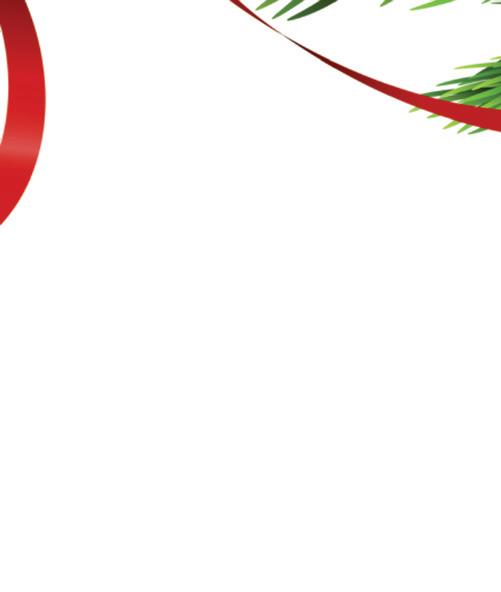
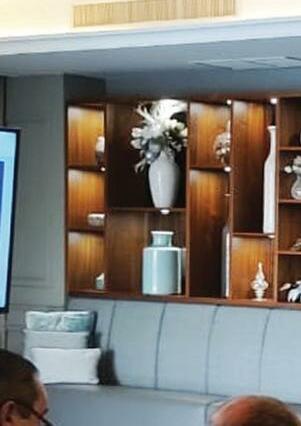



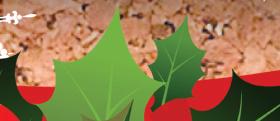
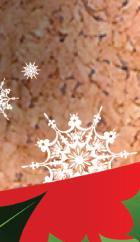
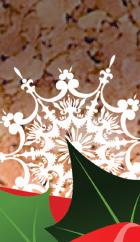

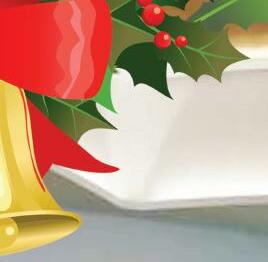






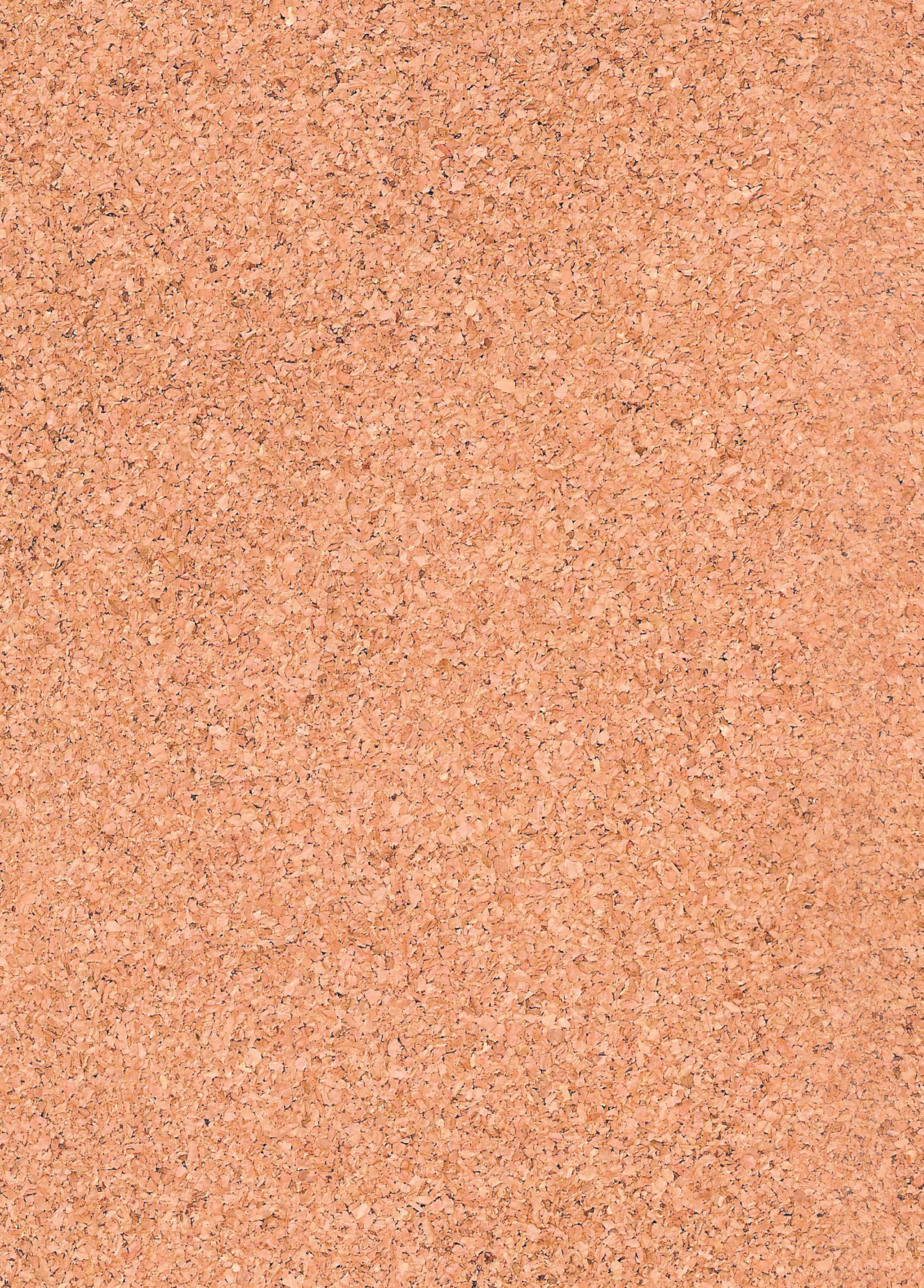
MUMN organised a press conference in front of SVP to protest against the unjust suspension of a nurse
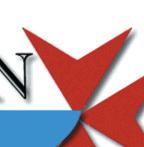
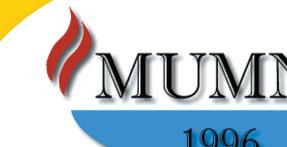
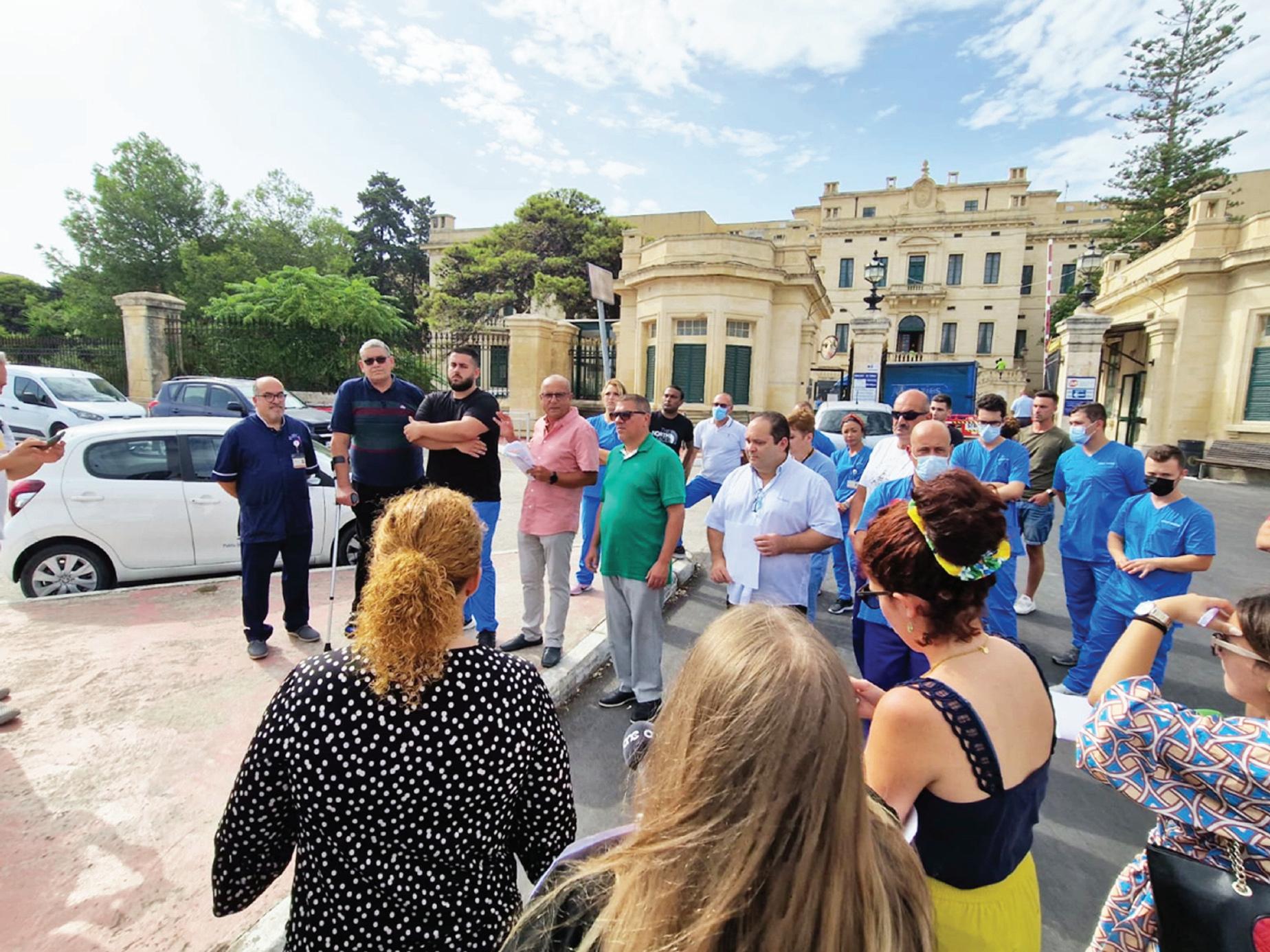
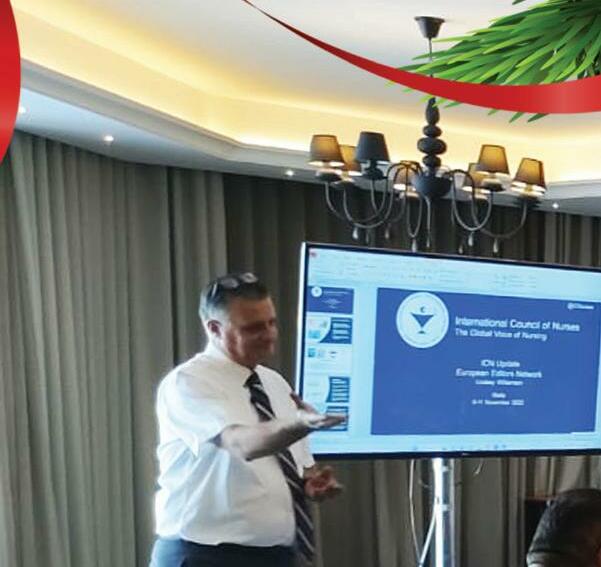
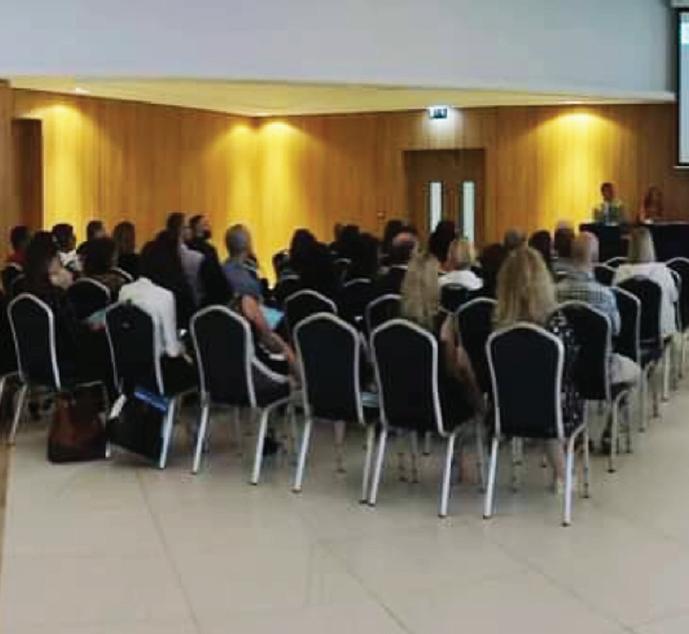 The Musbieh Editorial Team hosted the European Editorial Nurses Meeting directed by our Editor Joe Camilleri
The University/MCAST of their
MUMN, represented by our Deputy General Secretary William Grech, participated in a seminar where all the social partners contributed to the shortage of workers in Malta
The Musbieh Editorial Team hosted the European Editorial Nurses Meeting directed by our Editor Joe Camilleri
The University/MCAST of their
MUMN, represented by our Deputy General Secretary William Grech, participated in a seminar where all the social partners contributed to the shortage of workers in Malta
The Institute for Health Care Professionals attends regularly the Career Fairs where ever there is an opportunity to attract youths to the profession
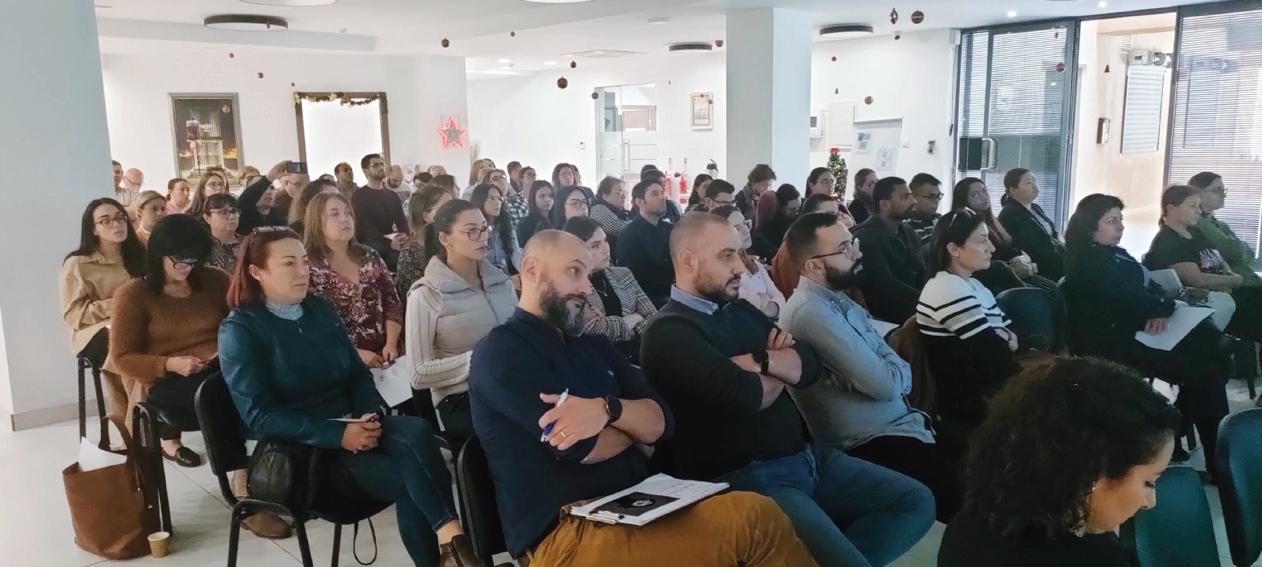



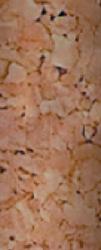
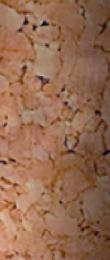


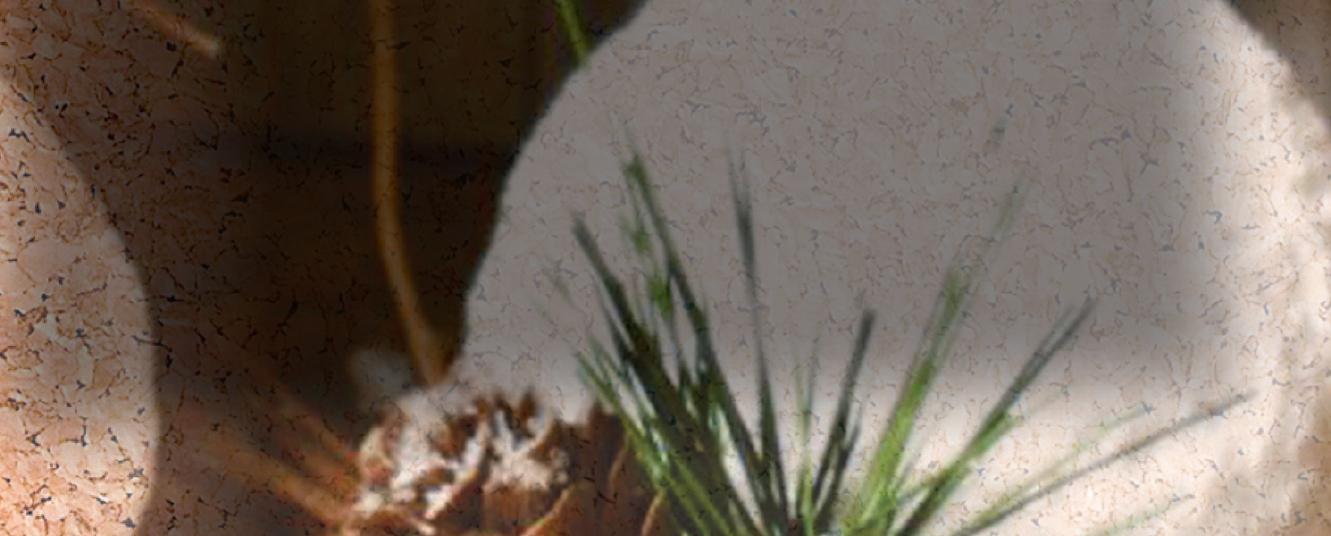
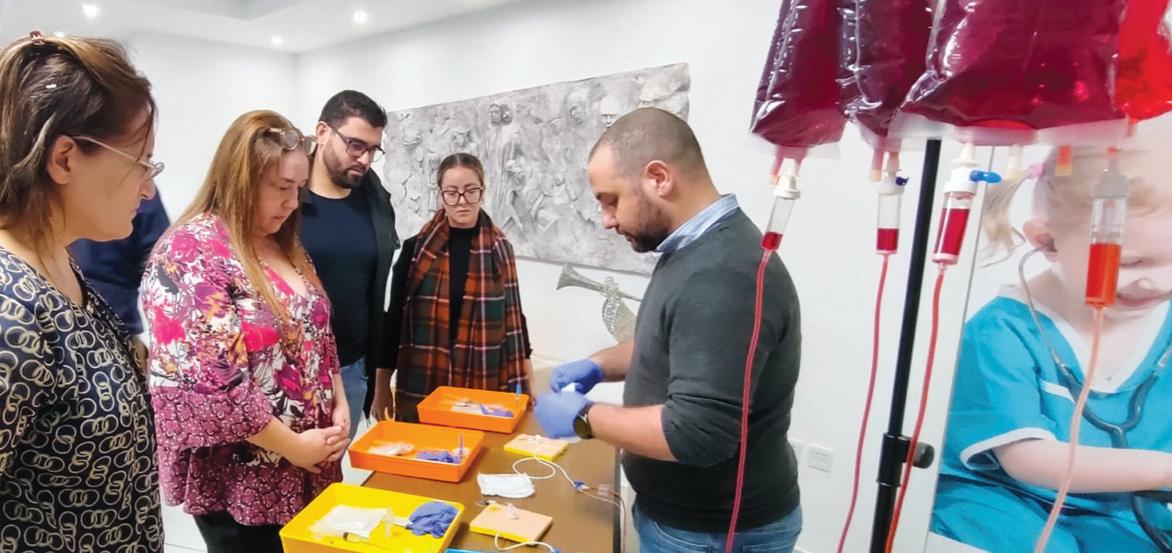

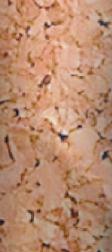
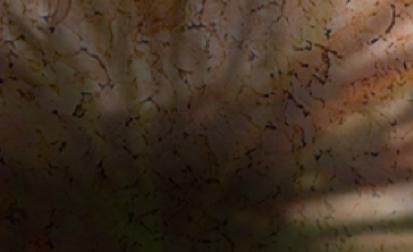


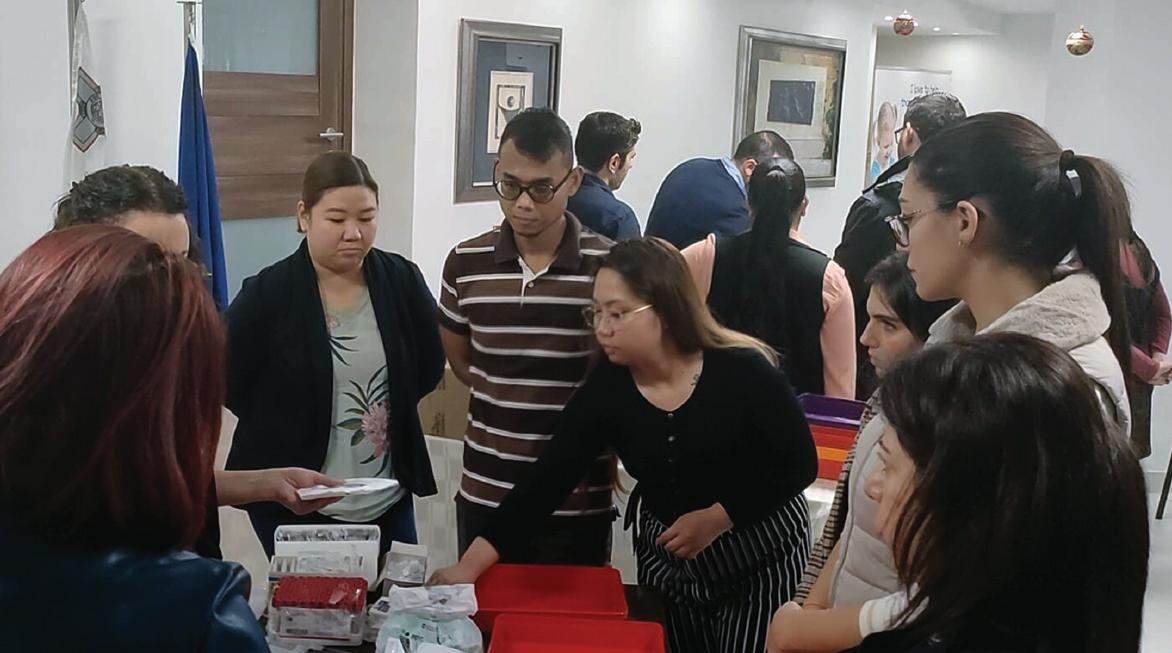

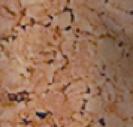





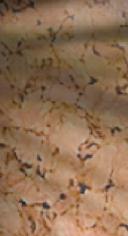

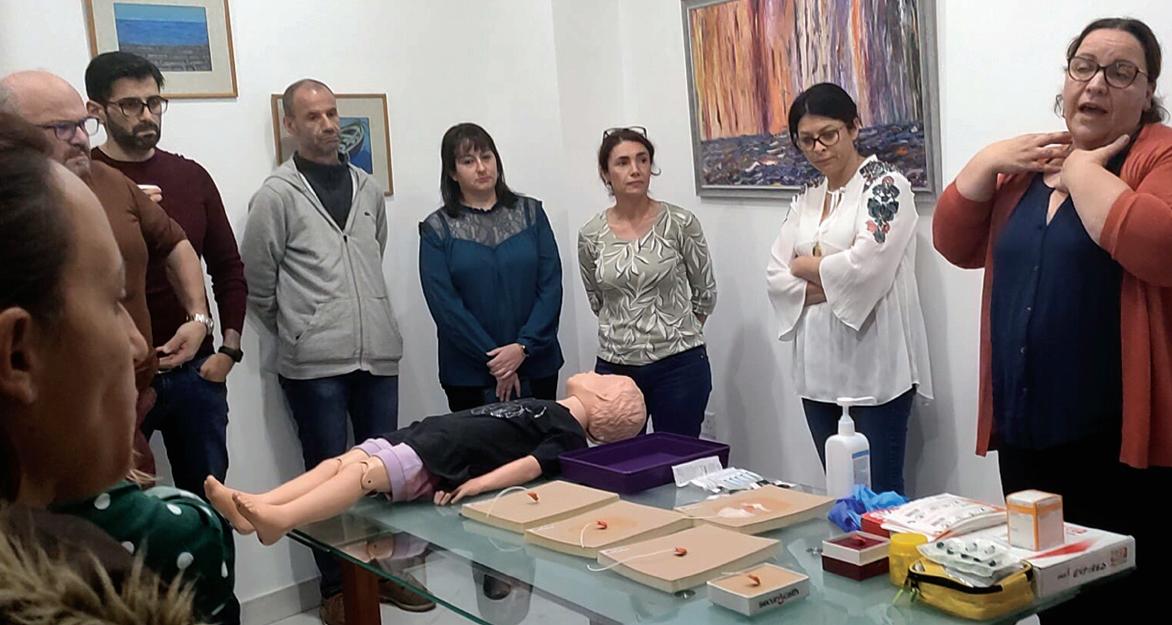


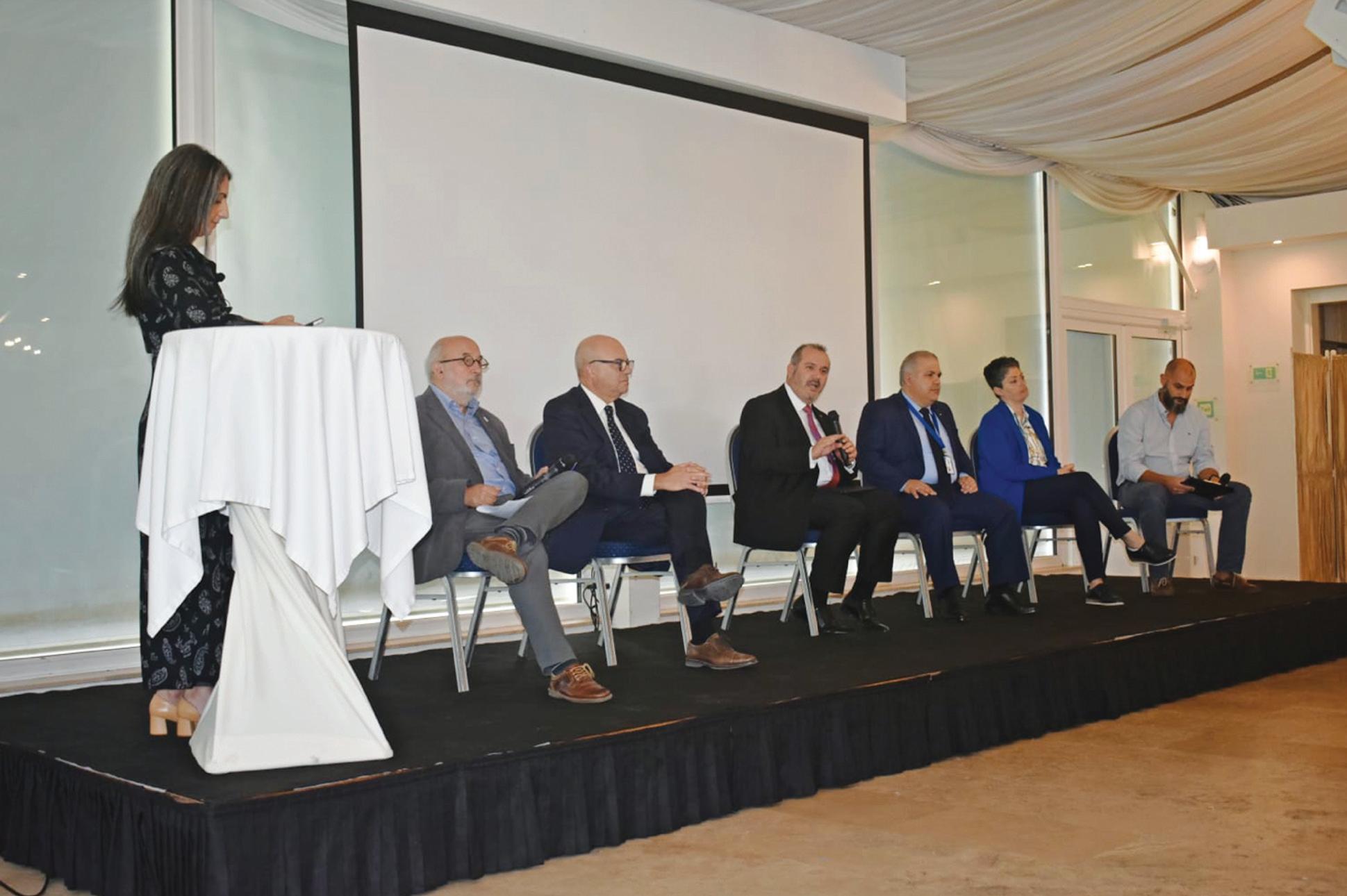


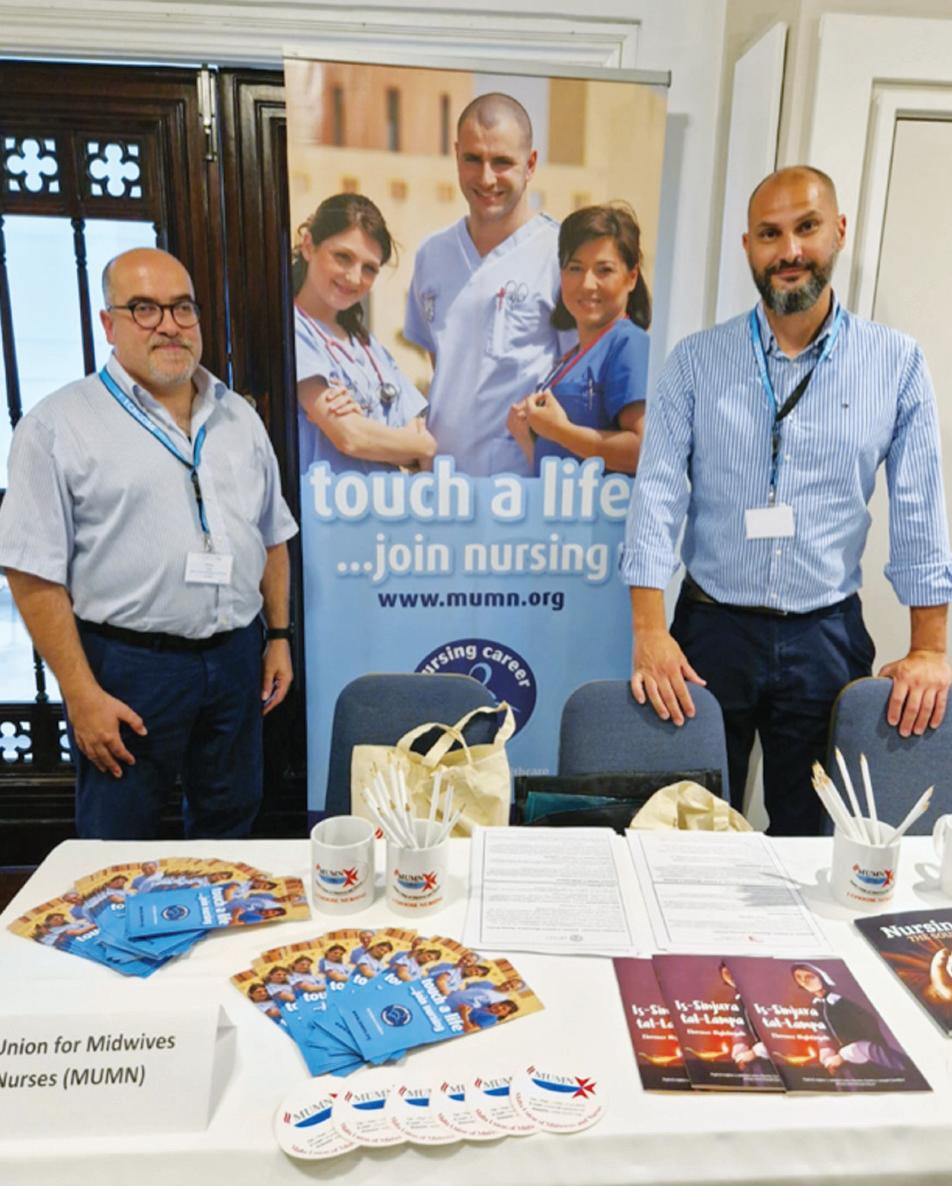


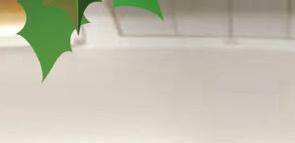

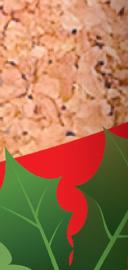


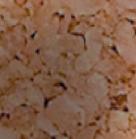
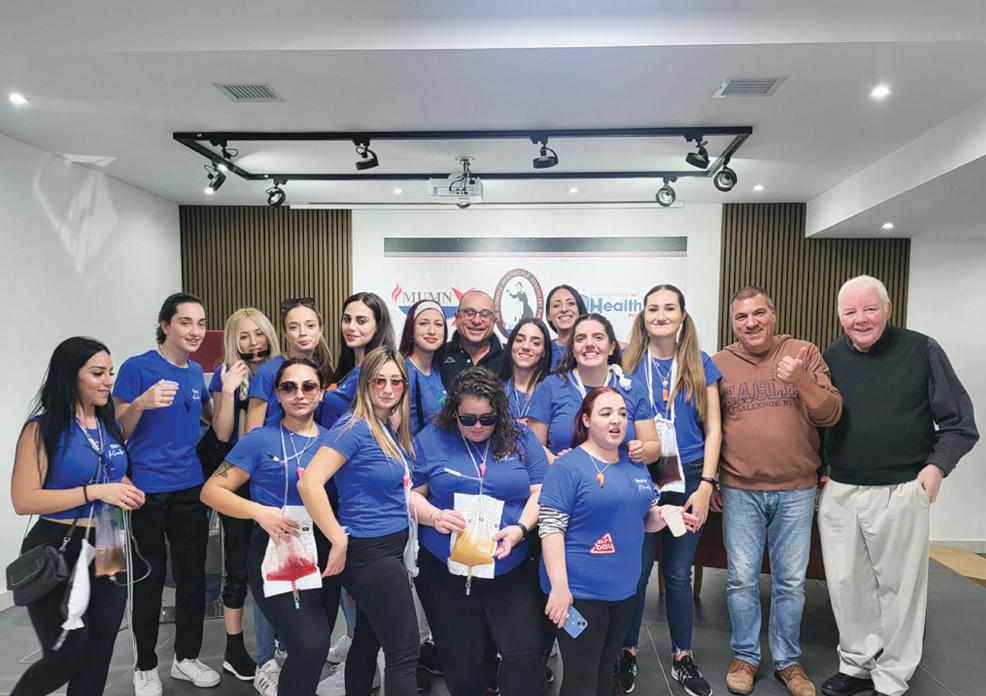
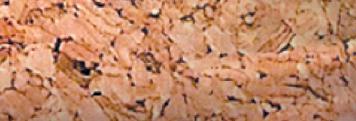

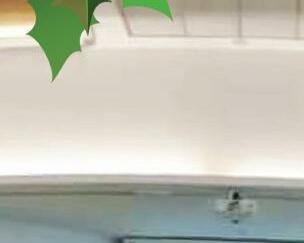
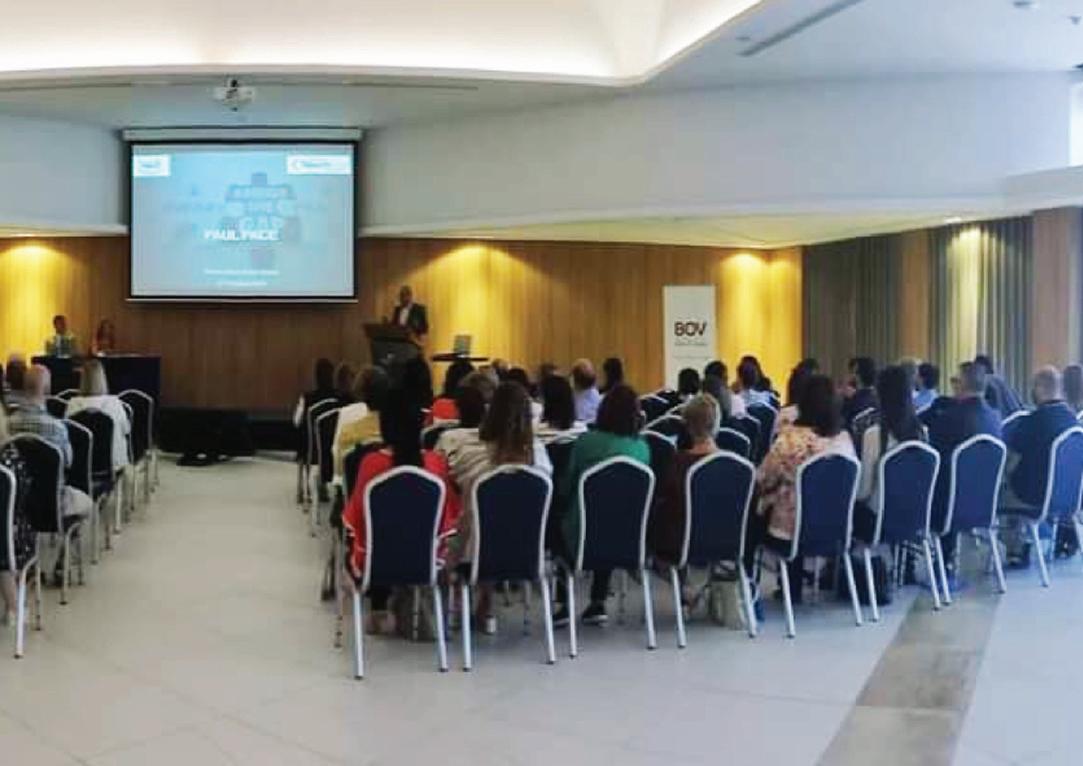
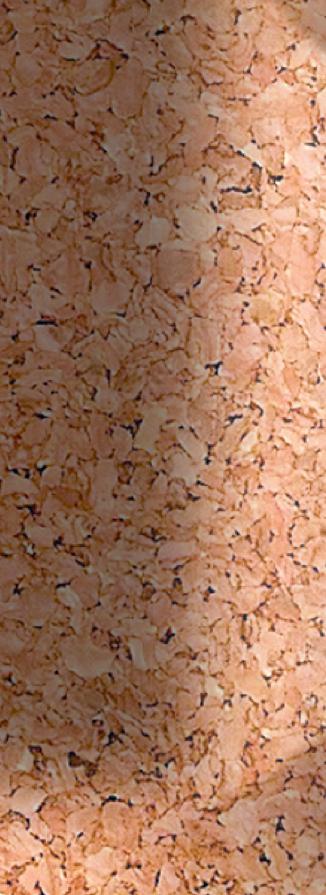





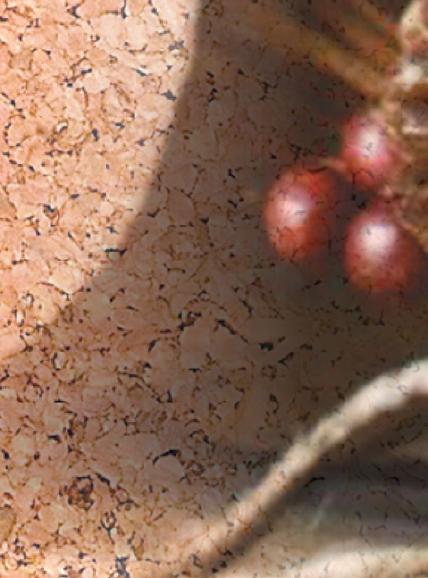
 together with a surprising result
MUMN organised a conference at the Dolmen Hotel where a good number of delegates attended
The new nurses graduated from Northumbria University/MCAST visited our premises as part of their celebrations
Malta
together with a surprising result
MUMN organised a conference at the Dolmen Hotel where a good number of delegates attended
The new nurses graduated from Northumbria University/MCAST visited our premises as part of their celebrations
Malta
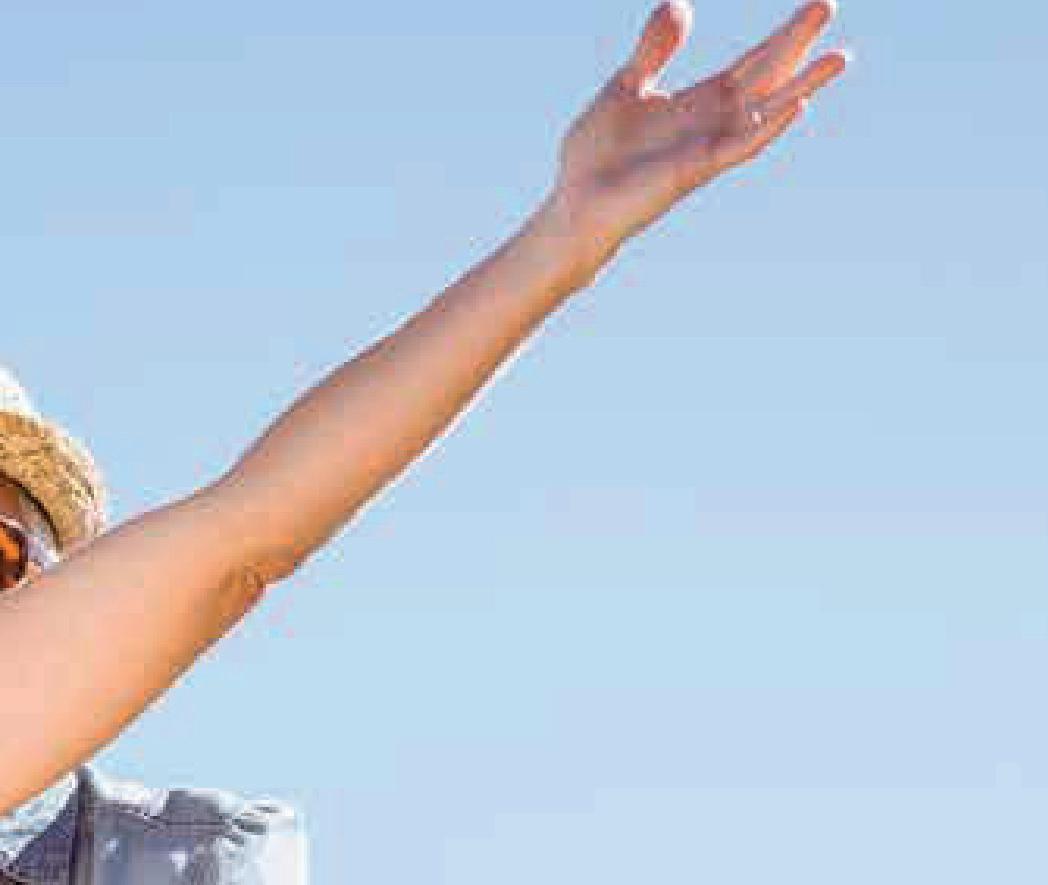


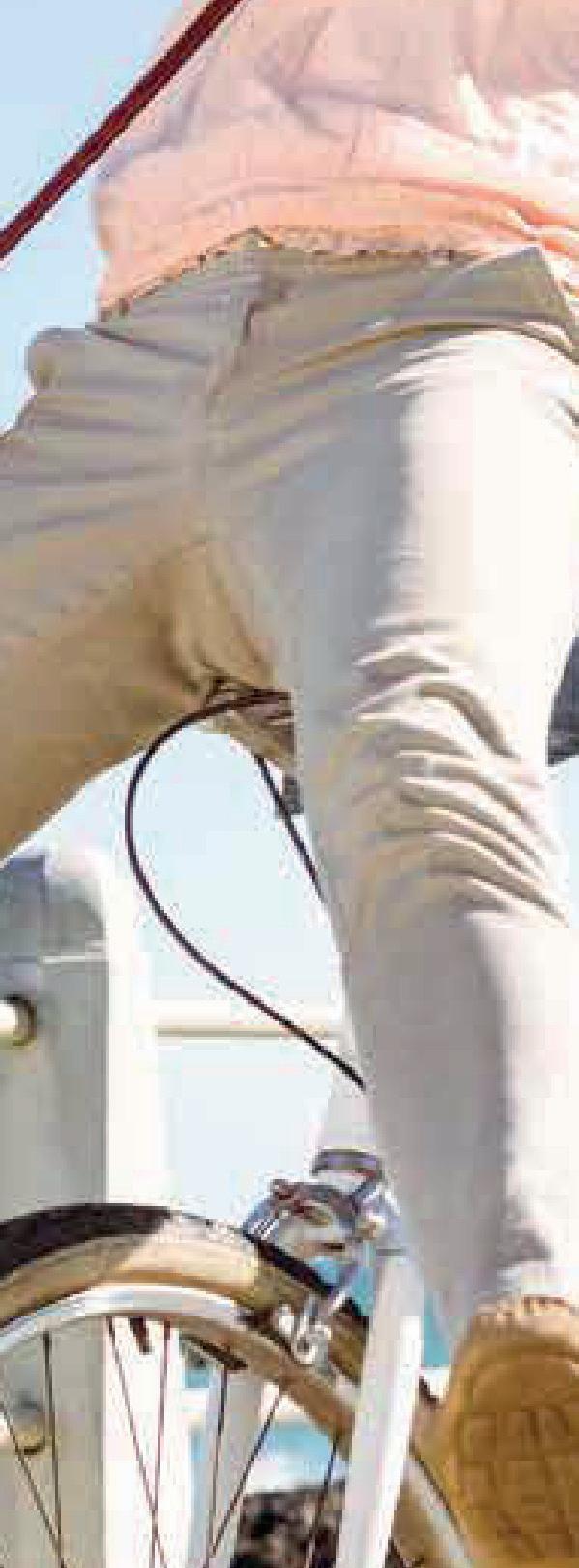




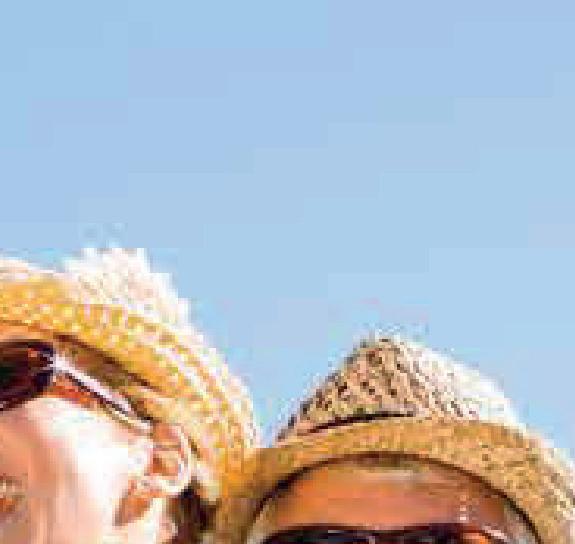
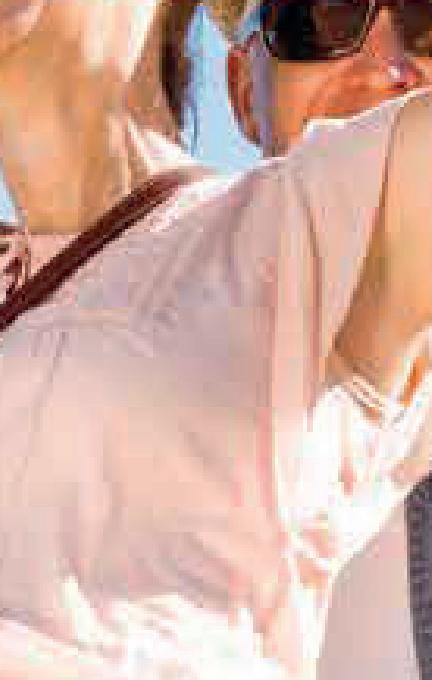
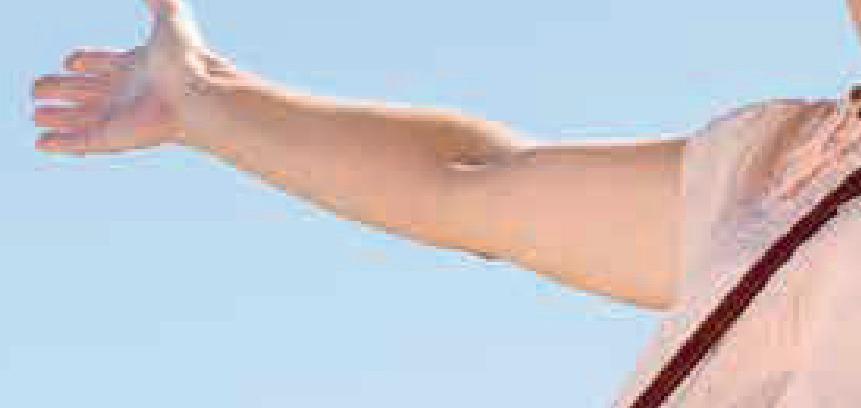

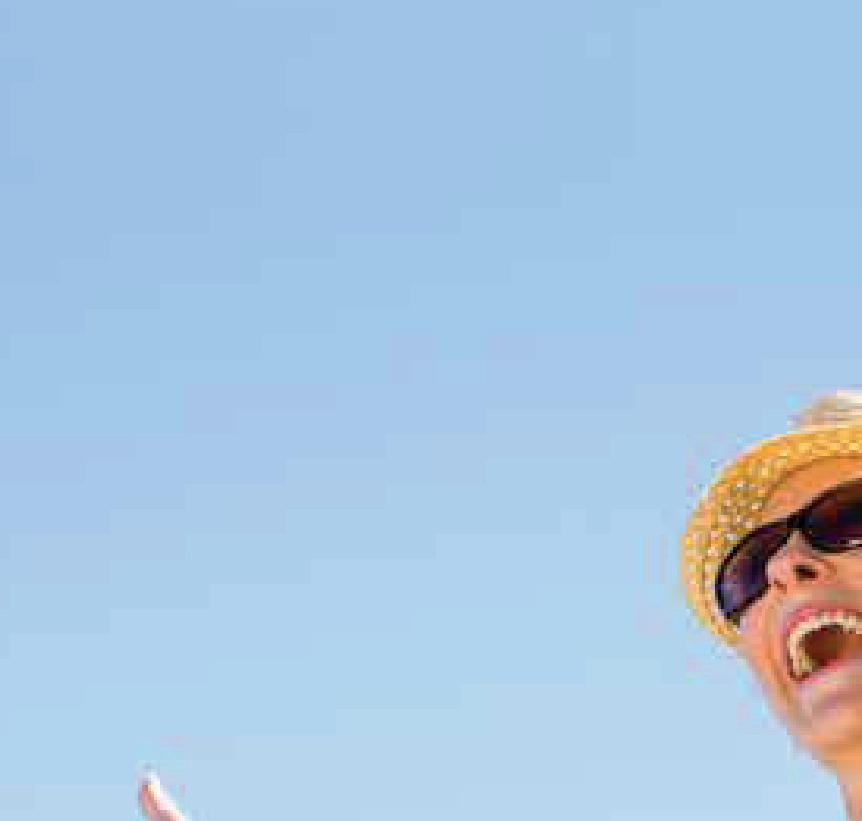
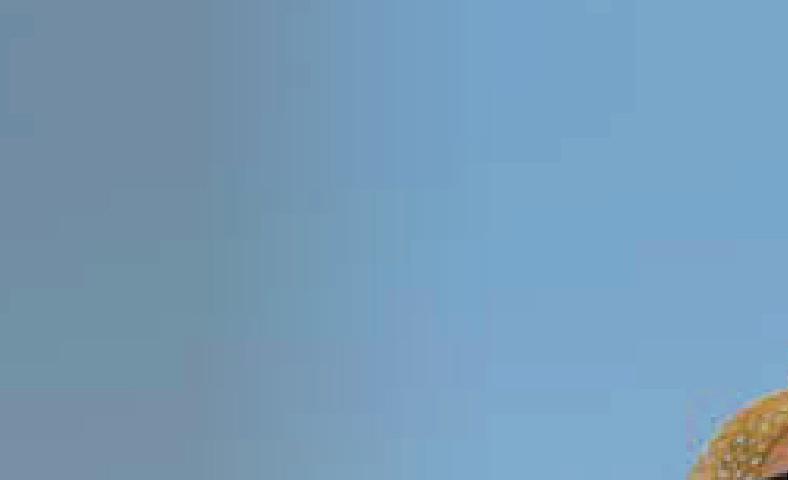
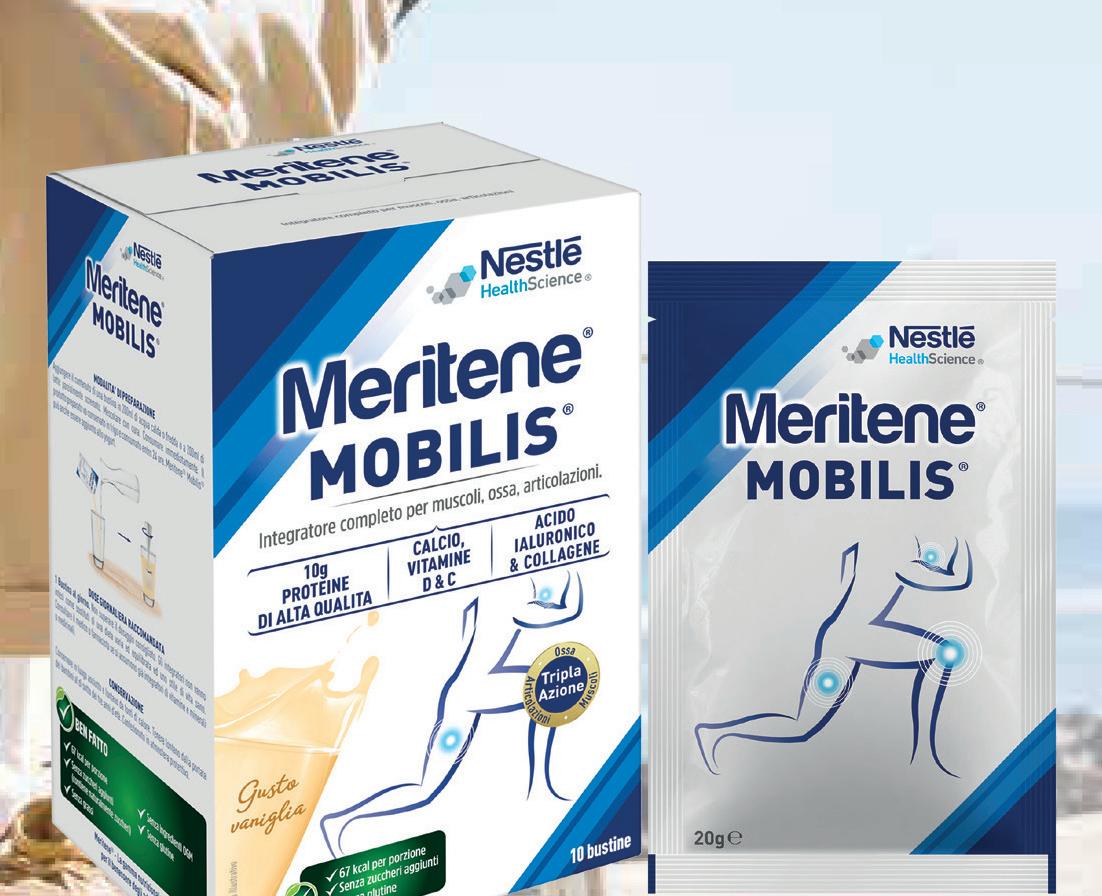


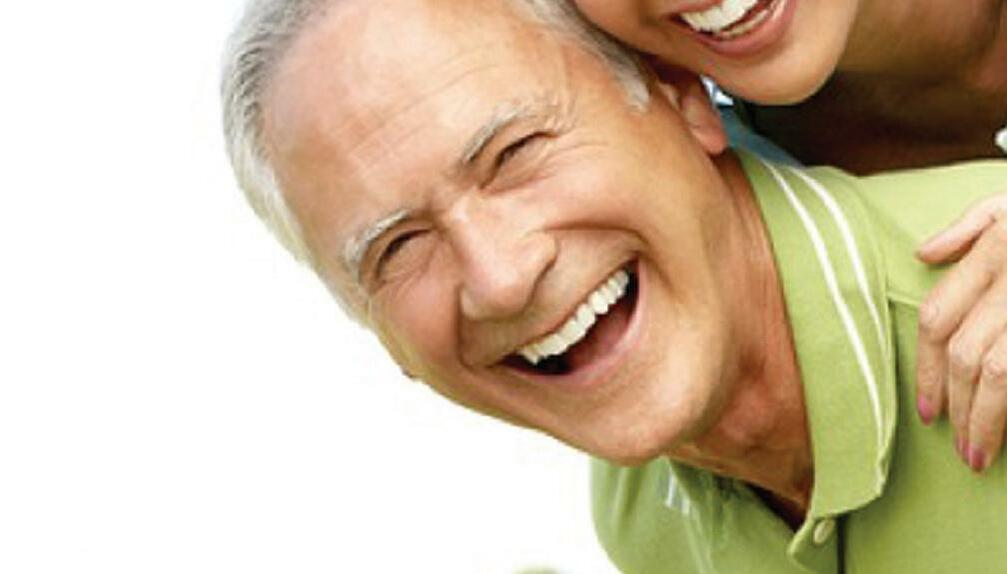


A decrease in mobility can have a significant impact on a person’s wellbeing especially when it interferes with one’s remaining self-sufficient and independent.
Aging affects muscle mass and strength, bone density, and can make joints stiffer and less flexible due to reduction of cartilage thickness1.As we age, muscles, bones and joints undergo physiological changes that affect mobility, and which may ultimately impact our independence. In fact, 37% of people aged over 50 experience discomfort related to mobility. Daily physical activity combined with weight management and a healthy balanced diet that includes proper intake of protein, vitamin D and C, and calcium may support the health of your muscle, joints, and bone health.
The age-related loss of muscle may decrease mobility. Loss of muscle mass can begin as early as 30 years and it can become more prominent from the age of 50 onwards. The rate of muscle loss is influenced by the amount of regular physical activity an individual undertakes throughout life. An injury or temporary illness may also affect the amount of skeletal muscle mass. Daily consumption of protein contributes to healthy muscle mass. Bone health is important at any age. The reduction in bone density that is common in older age makes bones weaker which in turn may lead to increased risk of fractures.
Good nutrition including the necessary amounts of vitamins and minerals like Calcium and Vitamin D combined with exercise may help maintain good bone health during

later stages of life. Joints become more vulnerable to damages as the cartilage that lines them becomes thinner and the lubricating (synovial) fluid is reduced as we age. This means that joint surfaces cannot slide as smoothly over one another, causing discomfort. Joints become stiffer as the ligaments and tendons become more rigid and muscle tone and bone strength is reduced. These changes make physical tasks more and more difficult. Vitamin C contributes to collagen formation for the normal function of cartilage.
Good nutrition: Consume the daily recommended amount of protein
- essential for maintenance of muscle mass and strength. Ensure proper intake of micronutrients such as vitamins (e.g., C and D) and minerals (e.g., calcium, magnesium, potassium, zinc).
Regular physical activity: Regular exercise including weight and/ or resistance training to helps maintaining muscle mass
Weight management: Maintain the optimal weight for your height and age.

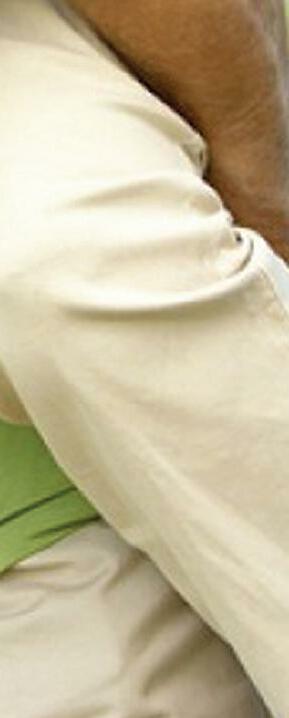
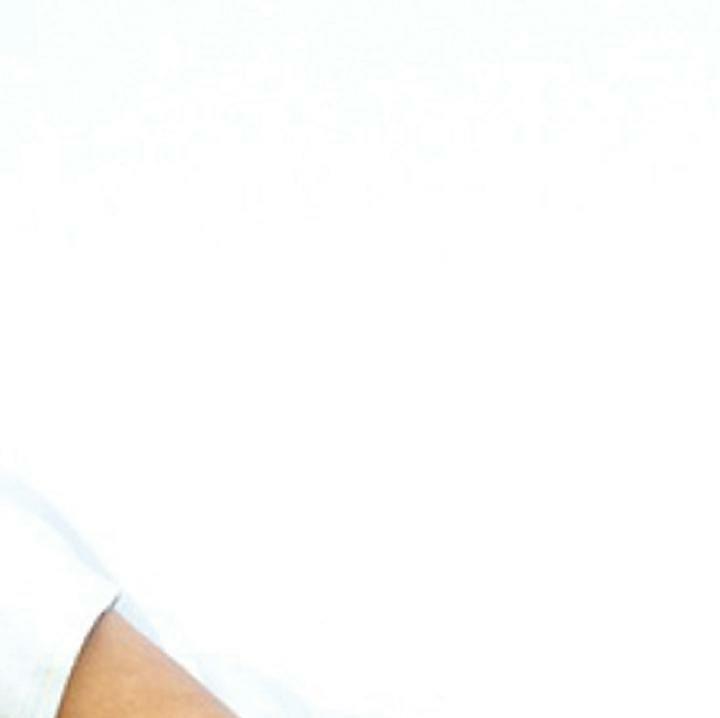
Meritene Mobilis is a Food Supplement designed with targeted ingredients to help muscle, bone and joint health. It is available in convenient sachets for easy daily use! A great tasting supplement with only 67Kcal. Each serving delivers 10g of high-quality protein to support the muscle mass, calcium and Vitamin D for the maintenance of bone health and Vitamin C which contributes to collagen formation for the normal function of cartilage. On top of this, Meritene Mobilis contains no added sugar, is gluten-free and is low lactose
1. American Academy of Orthopaedic Surgeons. Orthoinfo. Available at: http://orthoinfo. aaos.org/main.cfm

2. English KL and Paddon-Jones D. Protecting muscle mass and function in older adults during bed rest. Current Opinion in Clinical Nutrition and Metabolic Care. 2010;13(1):34-39.
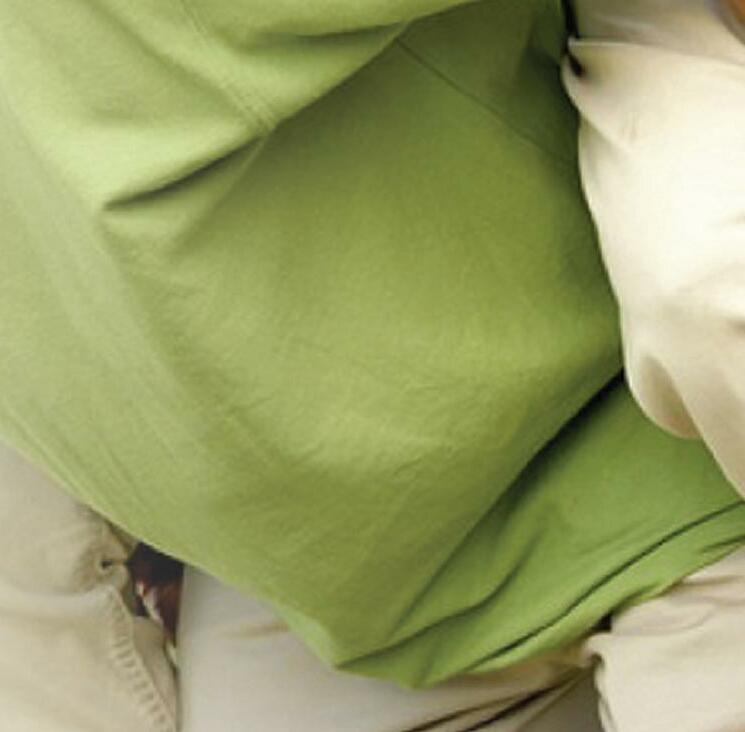
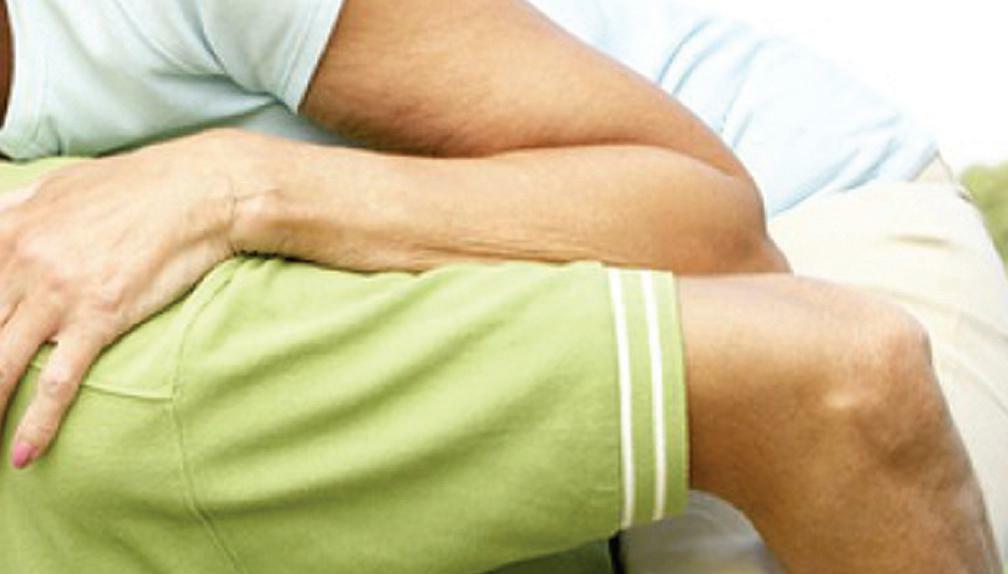
3. Bauer J et al. Evidence-Based Recommendations for Optimal Dietary Protein Intake in Older People: A Position Paper From the PROT-AGE Study Group. J Am Med Dir Assoc. 2013;14(8):542-559.
4. Rousset S, et al. Daily protein intakes and eating patterns in young and elderly French. Br J Nutr 2003; 90:1107-1115.
5. Fulgoni VL 3rd. Current protein intake in America: Analysis of the National Health and Nutrition Examination Survey, 2003-2004. Am J Clin Nutr 2008; 87:1554S-1557S


6. Paddon-Jones D et al. Role of dietary protein in the sarcopenia of aging. Am J Clin Nutr 2008; 87(suppl):1562S– 1566Saintaining mobility as part of healthy aging
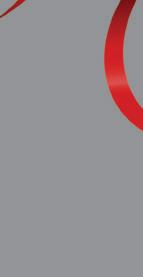
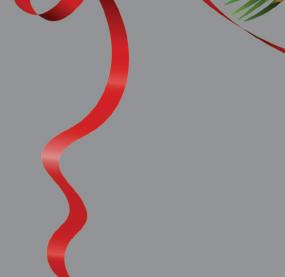


Following the EEN Meeting 2021 in Rome, Joe Camilleri as editor of this MUMN journal ‘Il-Musbieœ’ organised the Meeting in Malta for the first time in the history of ‘Il-Musbieœ’. Aided by MUMN staff and Council members, the meeting, part sponsored by MUMN, that was held at the Dolmen in St. Paul’s Bay was a great success and a great opportunity to network with editors who have a common interest to publish a Nursing journal or magazine in Europe through their Nursing and Midwifery Unions or Associations.
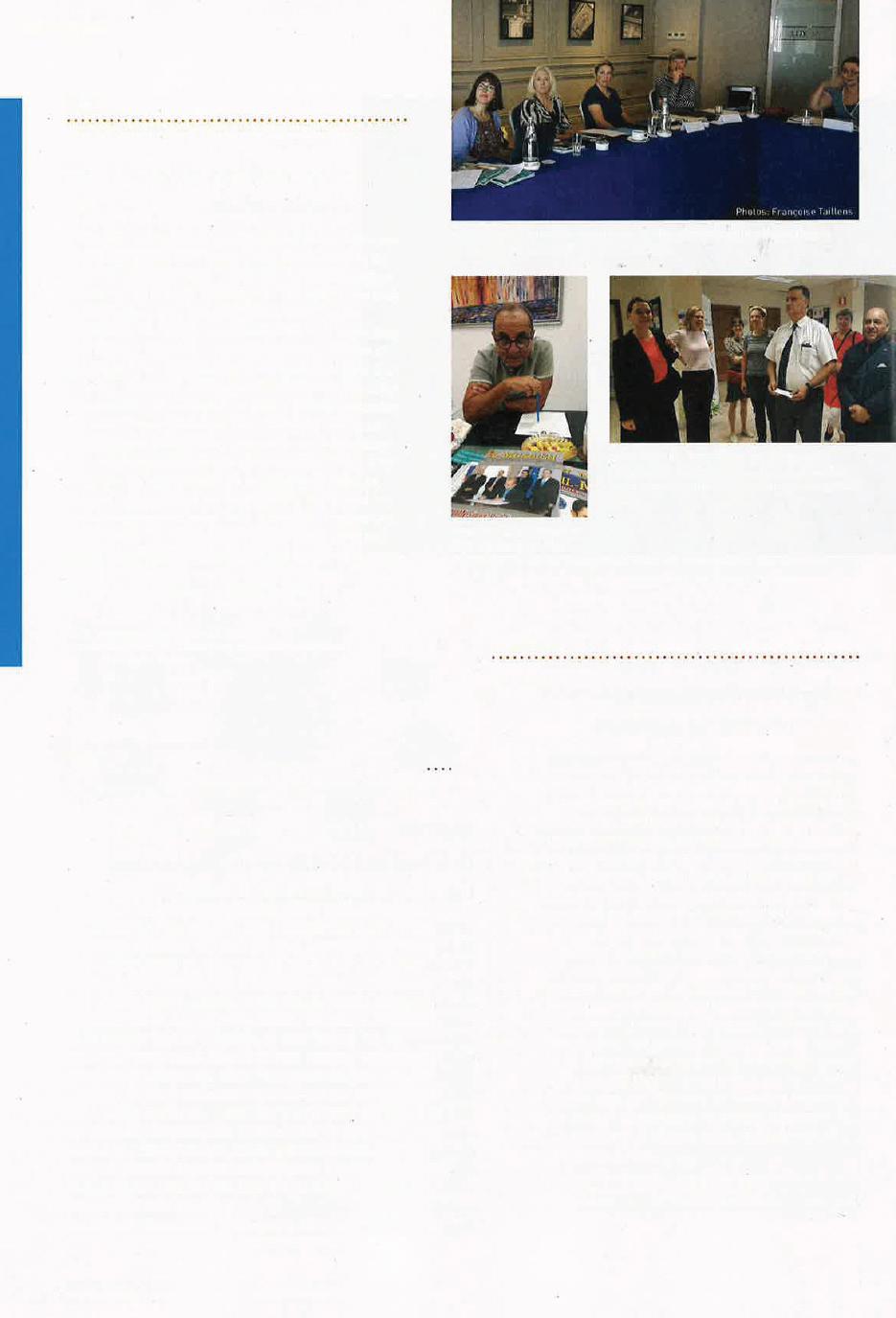
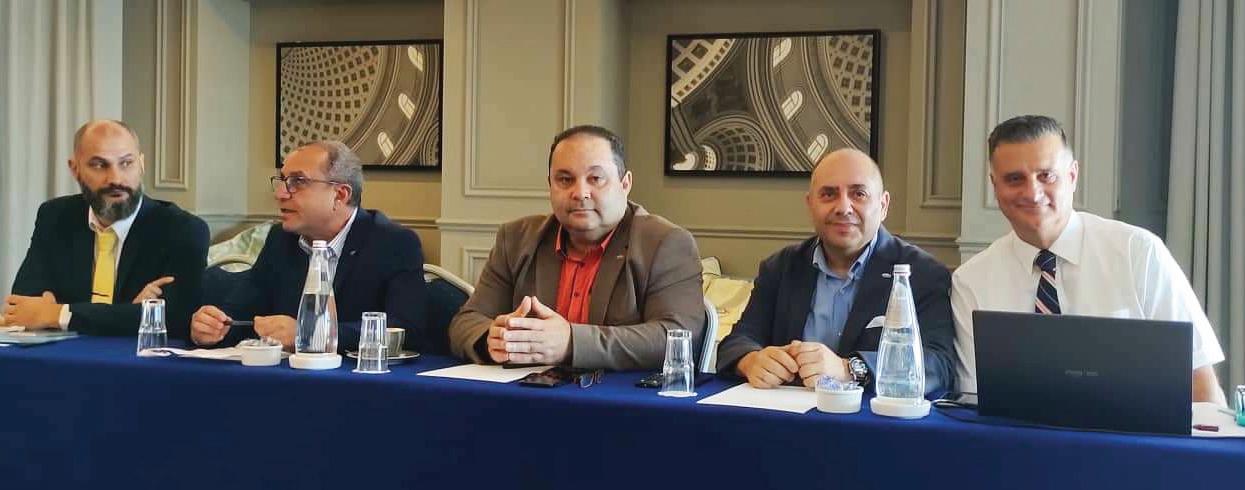
Between the 10th and 11th November, the programme included a warm welcome by the Union President P. Pace highlighting the current nursing situation in Malta and reminding us that Malta was called ‘The Nurse of Mediterranean’ during the First World War.
Lindsey Williamson, as the International Council of Nurses Senior Communications Advisor gave an extensive presentation on what ICN is working on at a global level. Elizabeth Adams, President of the European Federation of Nurses Associations, spoke online regarding the European nursing scenario. Andrew Xuereb, representing the Nursing Services Directorate gave a clear picture, through his presentation regarding the Malta nursing scene whilst Kevin Holmes, a lecturer at the MCAST Paola-Northumbria University Bachelor of Science in Nursing Studies recounted the MCAST success story.
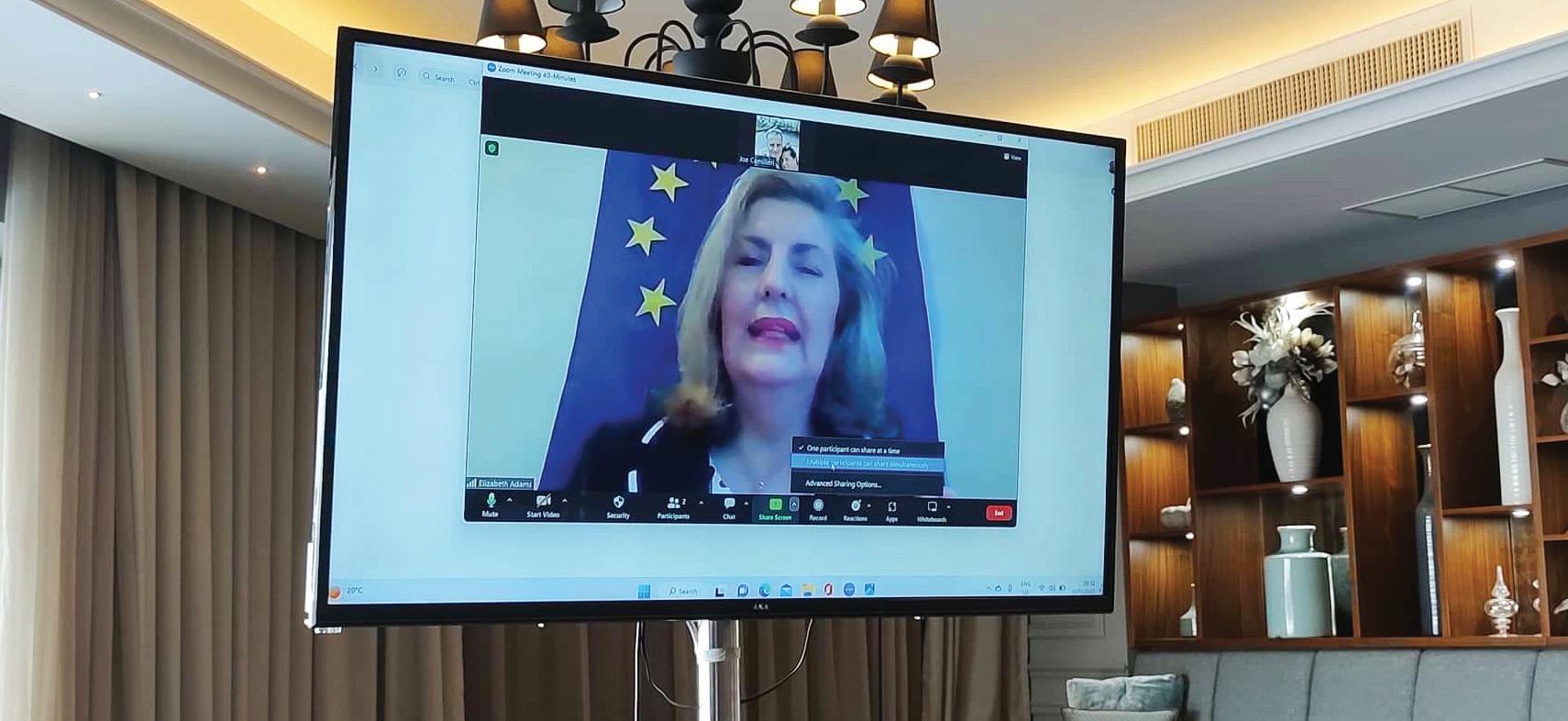
All participants, namely from MUMN Malta, DBfK-Germany,
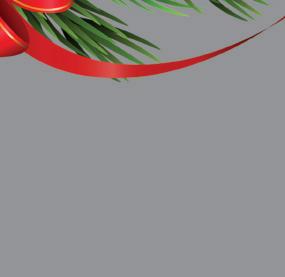









Suomen Sairaanhoitajat-Finland, DSR-Denmark, Nursing Standard RCNi-London UK and SBK-ASISwitzerland gave a brief overview of the current situation within their associations in their country and recounted some positive post Covid-19 stories.


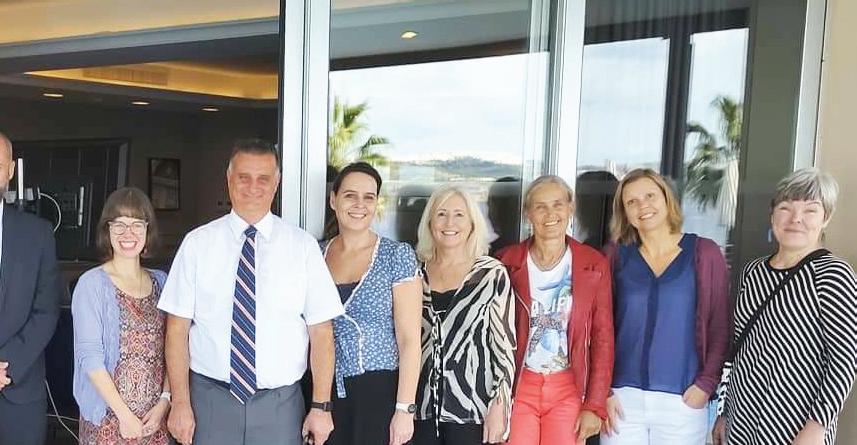
The programme also included a visit to The Malta Experience and the Sacra Infermeria Halls in Valletta, kindly sponsored by the Tourism Authority, a visit at the University of Malta Open Access Repository (AOR), a farewell lunch at ‘Ta’ Nenu’ in Valletta and a Bibliotheca Tour.
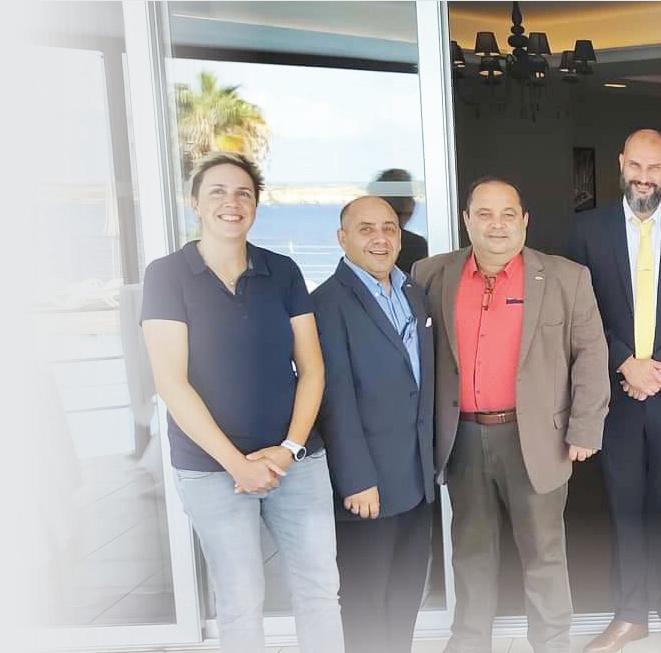
Future suggestions for meeting contents were investigative journalism in nursing, extended time for networking, history of nursing, a stronger template of contacts and a creation of a whattsup group. RCN will organise the Meeting in London in 2023 followed by Germany and Finland in 2024 and 2025. ❙
 Joe Camilleri Editor of Il-Musbieœ
Joe Camilleri Editor of Il-Musbieœ
that all healthcare organizations have diverse gender representation of approximately at least 50% women or gender minorities and at least one nurse represented on their boards.

• Regardless of the leader’s own gender, collaborate with national healthcare leaders to establish intersectional gender equitable and gender transformative policies to promote the well-being of women and gender minorities within health systems.
• Ensure adequate gender-diverse leadership within their own organisations.
• Examine organisational policies with a gender equity lens to ensure promotion of gender equity within their own organizations.
• Engage public and private sector health systems to work towards equal pay for equal work, to ensure fair remuneration of health workers and to create safe working environments free from gender-based violence and abuse.
• Support individual nurses, especially those who are women or gender minorities, to negotiate for fair wages within their hiring or promotion process.
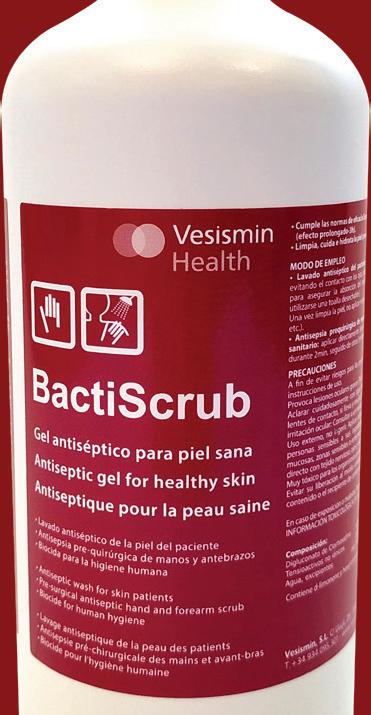
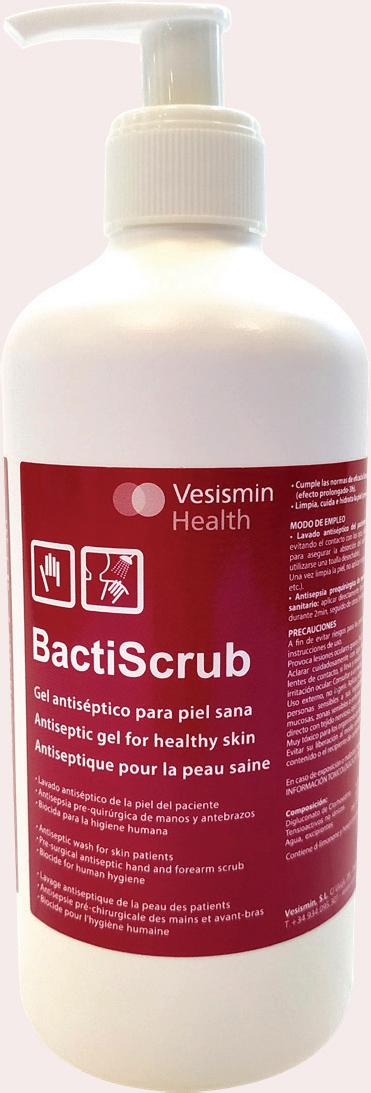
• Ensure flexible working arrangements with adequate pay, so that there are more options for persons who do not wish to be full time, especially in senior and leadership roles.




• Advocate and lobby within regional and national governments to promote access to sexual and reproductive health services for all women, which includes the right to an abortion.

• Advocate for gender affirming assessment, therapies, services, surgeries and hormone treatments to be available to transgender individuals as these are medically necessary treatments that are often not provided in health systems.
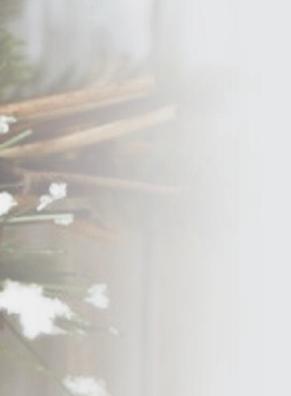

ICN calls on individual nurses in their role as clinicians, educators, researchers, policy influencers, or executives, to:








• Raise awareness of the importance of gendered health disparities and create
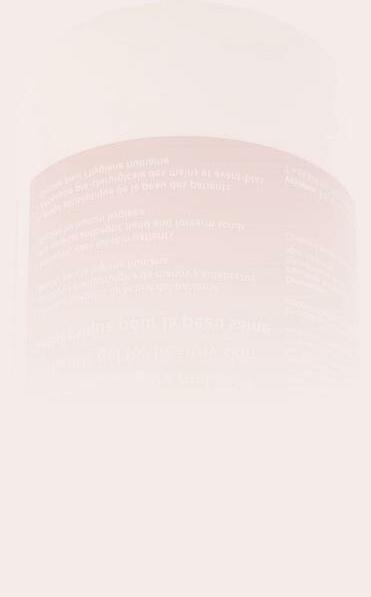
health systems adapt to address health of women, men, and gender minorities.

• Encourage nurses have adequate education to recognize, understand and take action on gender health disparities to improve prevention, diagnosis and care for women.
• Ensure that any workforce research or data collection has adequate collection methods regarding gender identity, race, ethnicity, sexual orientation, ability and nationality.

• Design nursing curriculum at undergraduate and graduate levels to adequately prepare students to understand gendered health disparities.

• Seek out stereotyping and bias training to better identify when one’s own biases are impacting the care they deliver to someone based on their gender.
• Recruit individuals who are gender minorities into the nursing workforce, as these genders face significant health disparities, and we need a diverse workforce to address diverse health challenges. ❙
Below is the Bill proposed to amend the Criminal Code, Cap. 9 regarding the above captioned. This was copied from the Maltese Parliament website - https://parlament.mt/en/14th-leg/bills/bill-028-criminal-code/.
A BILL entitled AN ACT to further amend the Criminal Code, Cap. 9.
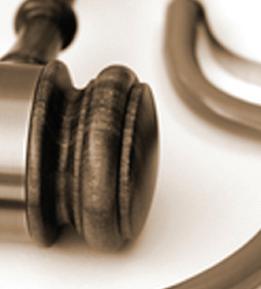
BE IT ENACTED by the President, by and with the advice and consent of the House of Representatives, in this present Parliament assembled, and by the authority of the same as follows: - Short title. Cap. 9.
1. The short title of this Act is the Criminal Code (Amendment No. 3) Act, 2022 and this Act shall be read and construed as one with the Criminal Code, hereinafter referred to as “the Code”. Addition of new article to the Code.

2. Immediately after article 243A of the Code there shall be added the following new article:









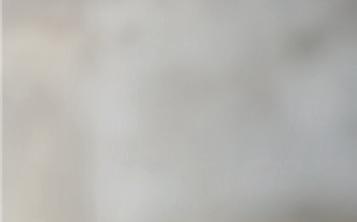



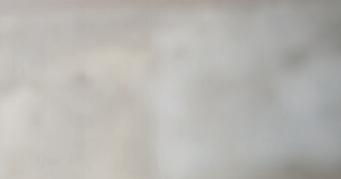


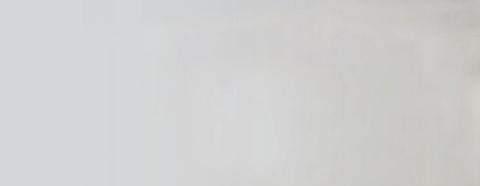
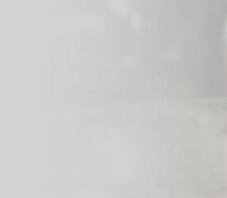

It is evident following a first reading of this proposed Bill that the context, parameters, and objectivity can be easily misinterpreted, misconstrued and/or applied in a context that certainly cannot be referred to as prolife, for the mother and/or child. There has been a strong reaction from local society, organisations, academics, and professionals precisely because of this. It is imperative that this amendment is reviewed in line with the recommendations being put forward by experts from the various related fields including law, health, and ethics. This will ensure that the right to life is preserved and respected for both the mother and child. I will not go into detail about this here, but do recommend that this is read by going to the following link - https://mcfd. org.mt/wp-content/uploads/2022/11/ POSITION-PAPER-AN-ACT-to-furtheramend-the-Criminal-Code-Cap.-9.pdf
Nurses and midwives have a professional obligation to respect patient dignity, promote patient autonomy as well as protect patients from harm. The following is an excerpt from a write up
“Exceptions to articles 241(2) and 243.
243B. No offence under article 241(2) or article 243 shall be committed when the termination of a pregnancy results from a medical intervention aimed at protecting the health of a pregnant woman suffering from a medical complication which may put her life at risk or her health in grave jeopardy.”
Objects and Reasons The objects and reasons of this Bill are to provide clarification on the parameters that shall apply in the Criminal Code (Cap. 9) to circumstances of necessity in which a medical intervention is required in order to protect the life and health of a pregnant woman suffering from a medical complication.
written on the topic in March 2019 -





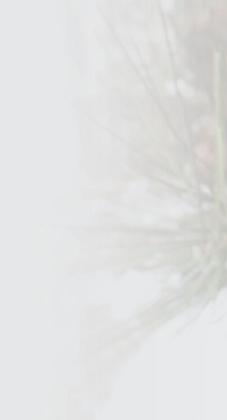


“The choices we make affect our moral integrity. Acting against our conscience can lead to moral distress and this can result in burnout, fatigue and emotional exhaustion (Lachman, 2009). Focusing on nursing, the choices we make as nurses can have a lasting impact on ourselves as well as our patients. Nurses can express conscientious objection when they find themselves in situations that violate professional moral standards or go beyond their moral integrity (Lachman, 2014). Torro-Flores et al (2017) explain that conscientious objection should be seen as a collision of rights and a conflict regarding values. Guillen & Sendin (2009) define conscientious objection as “the refusal to comply with professional obligations as stated by law or institutional rule, doing so by claiming moral or conscientious reasons”.”
It is worth noting that locally the topic of conscientious objection has not been explored or discussed with a view to put into practice locally, specifically within the context of the nursing and midwifery professions. The code of ethics issued by the Maltese Nursing and Midwifery Board in 1997 did not



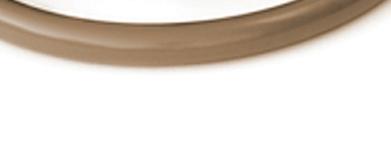

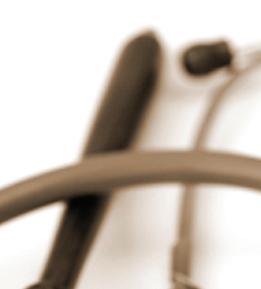
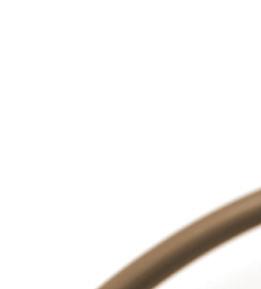
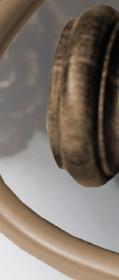

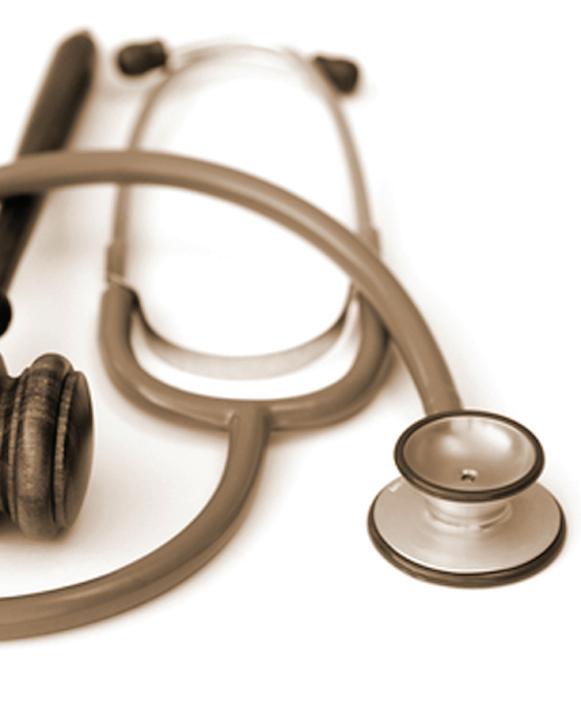
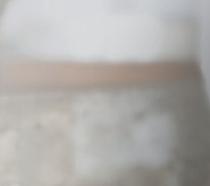
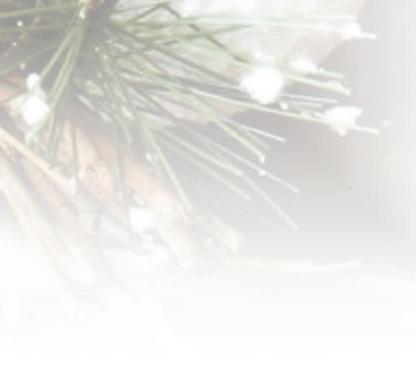
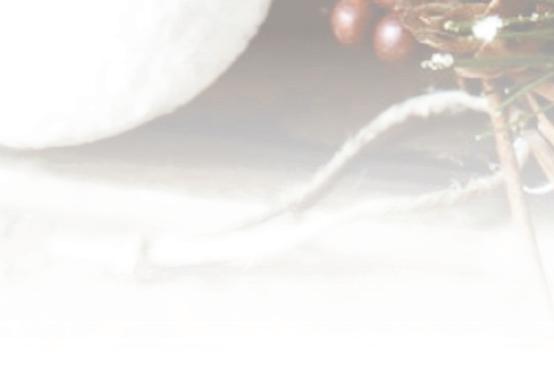

refer to conscientious objection, or on what basis conscientious objection can be accepted. The Council for Nurses and Midwives published a revised and updated code of ethics for nurses and midwives in 2020. The subject of conscientious objection has not been addressed here either. Although the subject of conscientious objection can be challenging to verify and put into practice it is becoming increasingly evident that this needs to be addressed locally and put into practice.
Also noted in a write up shared here in June 2019 “Lamb (2016) explains that the requirements related to conscientious objection go beyond simply identifying what our ethical beliefs are based on. Making a conscientious objection needs to be grounded by an understanding of what is meant by conscience, where Lamb (2016) acknowledges that an awareness of this is typically absent when considering conscientious objection. Lamb (2016) continues to explain that this gap in knowledge about conscience in conscientious objection has a significant impact on the health care professional’s ability to act”. In view of this and the current climate it is imperative that this topic is given priority. ❙
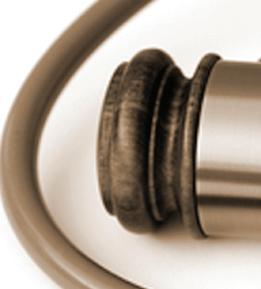
Termination of pregnancy to protect the life and health of a pregnant woman suffering from a medical complicationby Emma Baines


Nurses are working one out of every five days for free because of a decade of real terms pay cuts, new analysis has revealed. The Royal College of Nursing, responsible for the commissioning of the analysis, warned this “exploitation of nursing staff cannot be tolerated any longer”.


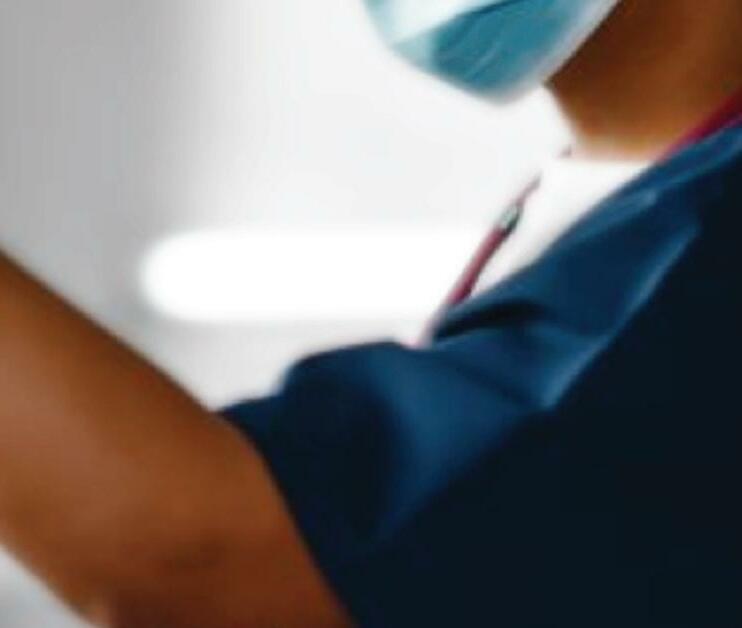
The independent report by consulting firm London Economics found that nurses at the top of Band 5 and 6 on the Agenda for Change (AfC) framework have seen a real terms decline in pay of at least 20% since 2010.
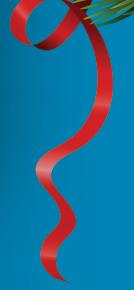



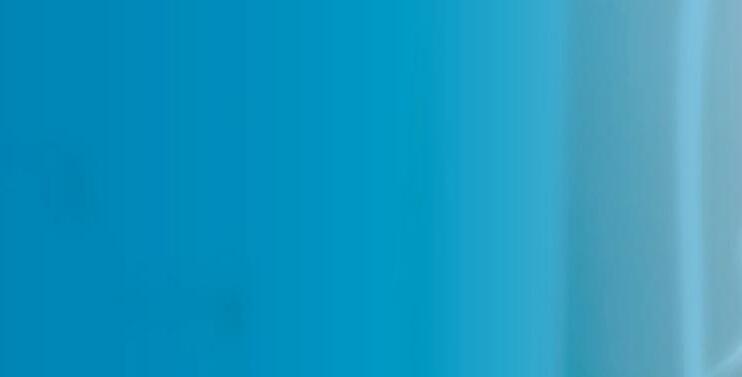
It said this meant nurses were being paid the same amount for five days work now as they previously received for four days work 12 years ago. The news comes as nurses and other NHS staff across the UK are balloted on industrial action over pay.


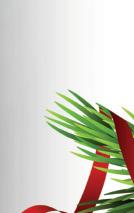
The new analysis shows that given the currently very high rates of inflation, nurses at the top of Band 5 in England, Wales and Northern Ireland would need a pay rise of 45% over the next two years to achieve the same real earnings as they had in 2010-11, while nurses in Scotland would need a pay rise of 39% above the June 2022 pay offer.
In addition, it found a clear relationship between declining nurse salaries and



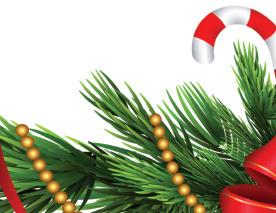




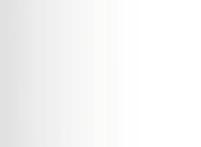












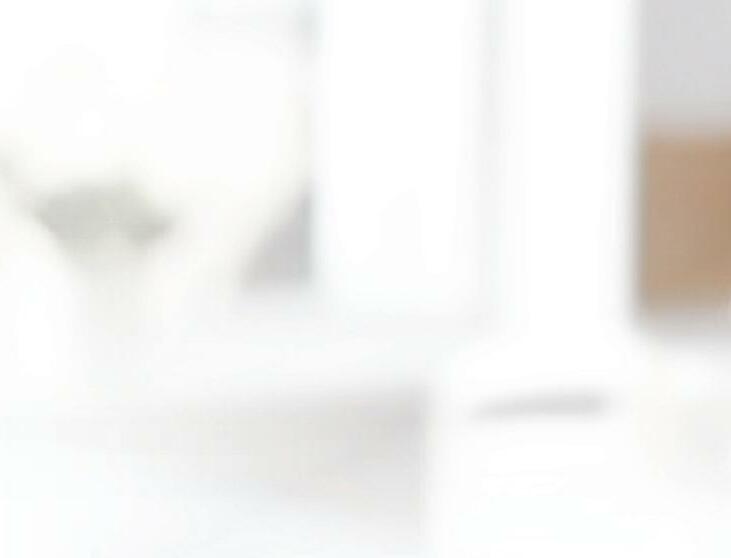
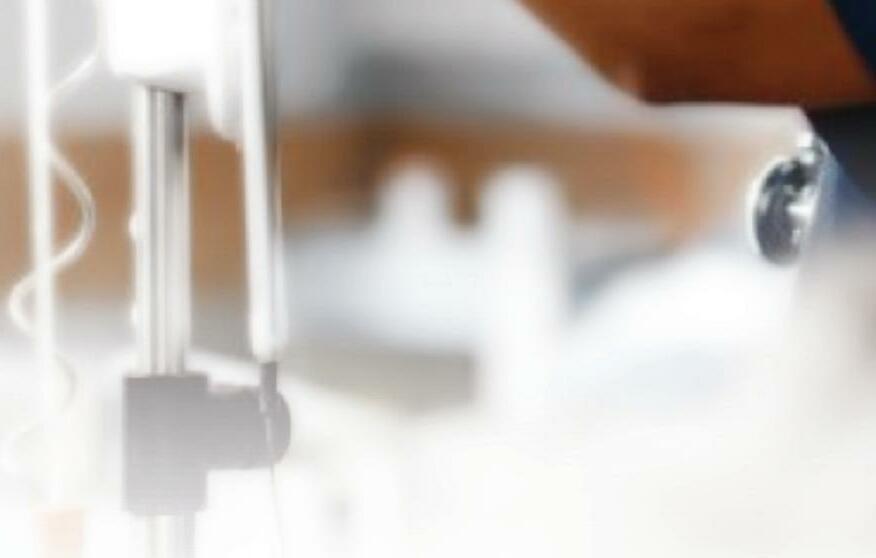
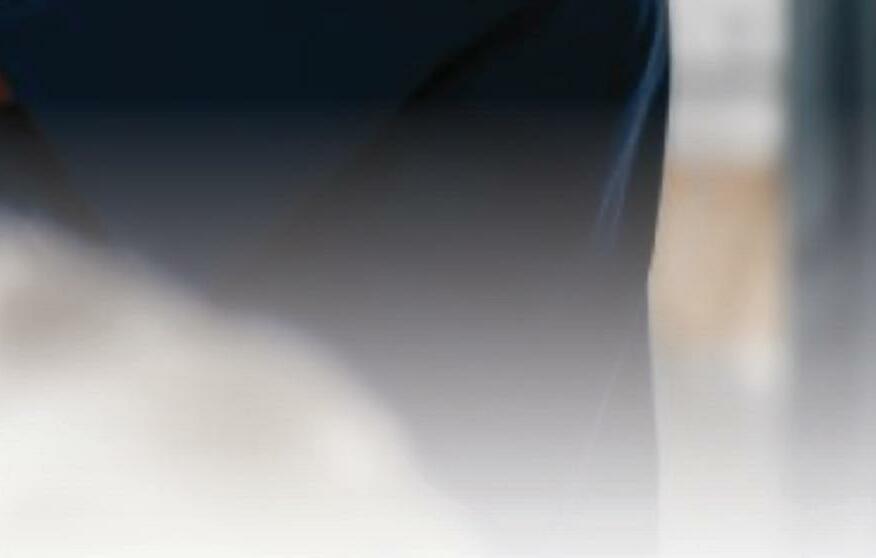

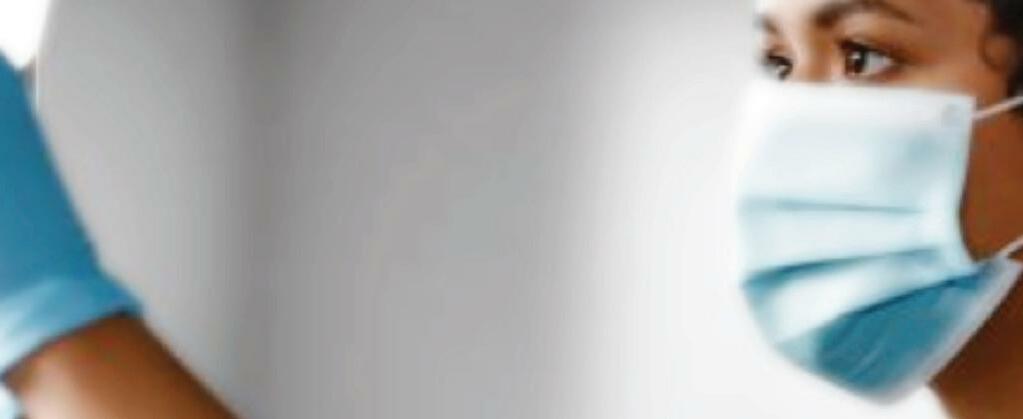
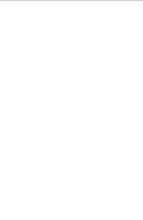



the rate at which nurses are leaving the NHS workforce. The total number of nurses leaving the NHS every year rose from 27,000 in 2010-11 to 38,000 in 2021-22, according to the report.
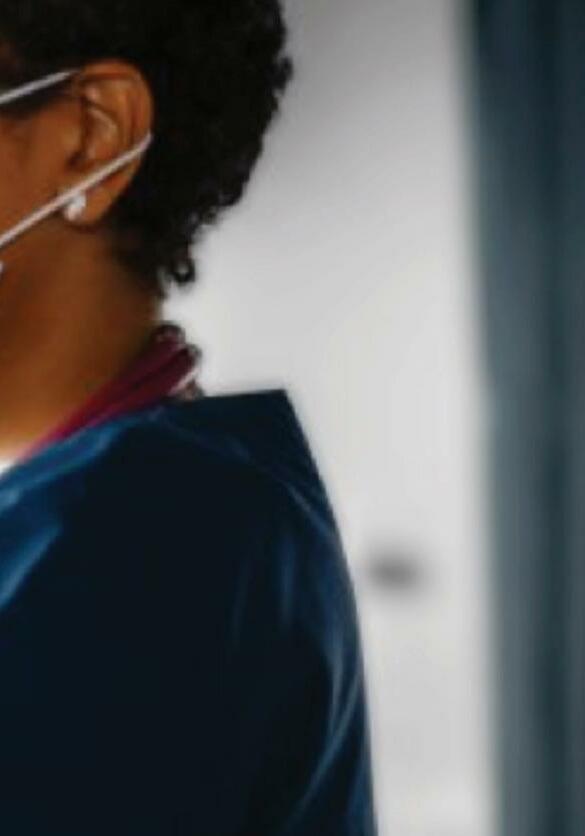
Dr Gavan Conlon from London Economics presented the data at the launch of the report on Thursday. He said that without a significant pay rise for nurses, the number of nursing vacancies would continue to grow, with serious consequences for the health service, and the UK economy more broadly. “If we don’t achieve a significant pay rise for nurses, we have a whole range of issues that will become more extreme,” he said.
He added that staff turnover and high vacancy rates were leaving people on waiting lists who needed to access NHS services before they could return to work.
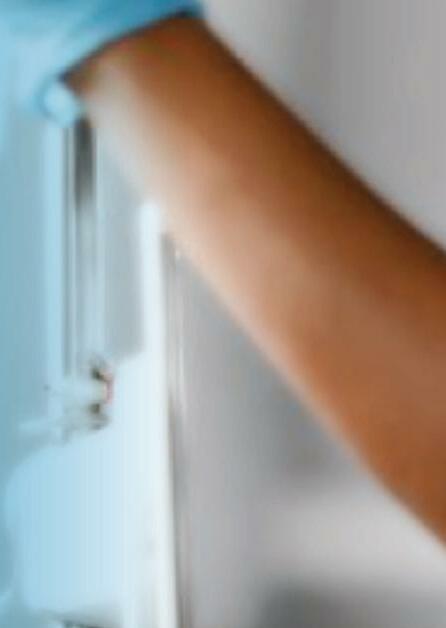
National figures show that one in five 65-year-olds who left their job since the start of the Covid-19 pandemic
are currently on NHS waiting lists. This goes up to one in three who left work because of ill health. “We need a healthy nation to get the economy back on track,” Dr Conlon said. “The country is going to face a catastrophic recession if we can’t get people back to work.” He added: “There are a range of other factors affecting nurses leaving the profession, but the one thing the government has control over is pay. “If you want to see nurses staying their post you need to give a significantly above inflation pay rise.”
The government is currently working to a recruitment target of 50,000 new nurses by 2024 compared to 2019 figures. But Dr Conlon said that this would be too little to cover the vacancies if the leaver rate remains at 32,000 a year.
“If you have 32,000 leavers a year this obliterates anything the government can do in hitting the recruitment target of 50,000 new nurses,” he said.
The analysis also shows that nurses’ pay has gone down nearly twice as much in real terms as private sector pay, with private sector earnings
Probiotics, defined as live strains of bacteria with documented health effects, have become a well-recognized option to support the composition of a beneficial microbiota in infants and children. Different strains of a specific species have different probiotic properties and effects. Hence the benefits of one specific strain cannot be extrapolated to the effects of other probiotics.
Limosilactobacillus reuteri Protectis is special
Limosilactobacillus reuteri Protectis (L. reuteri DSM 17938) is indigenous to the human digestive tract and one of few probiotics that have co-evolved with humans since beginning of time. L. reuteri Protectis temporary colonize both the stomach and the small intestine. The probiotic exerts its effects, or mode of actions, in many different ways. It has been proven that L. reuteri Protectis influences gut motility and may also reduce visceral pain by the release of neuromodulating molecules. Moreover it influences the intestinal microbiota by releasing reuterin, lactic acid and acetic acid, which help promote the growth of other good bacteria, and inhibit pathogens. L. reuteri Protectis may also strengthen mucosal integrity by tightening the epithelial barrier and improve immune response.
Reuter G. The Lactobacillus and Bifidobacterium microflora of the human intestine: composition and succession. Curr Issues Intest Microbiol 2001;2:43-53.
Valeur et al. Colonization and Immunomodulation by Lactobacillus reuteri Protectis in the Human Gastrointestinal Tract Applied and environmental microbiology. 2004;1176-1181.
Chung TC et al. In vitro studies on reuterin synthesis by
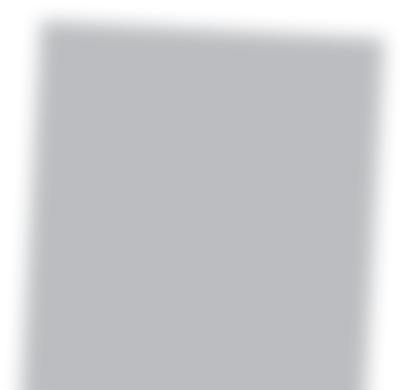


Numerous trials have shown the safety and significant effects of L. reuteri Protectis on functional gastrointestinal disorders and protection of infections in infants and children.
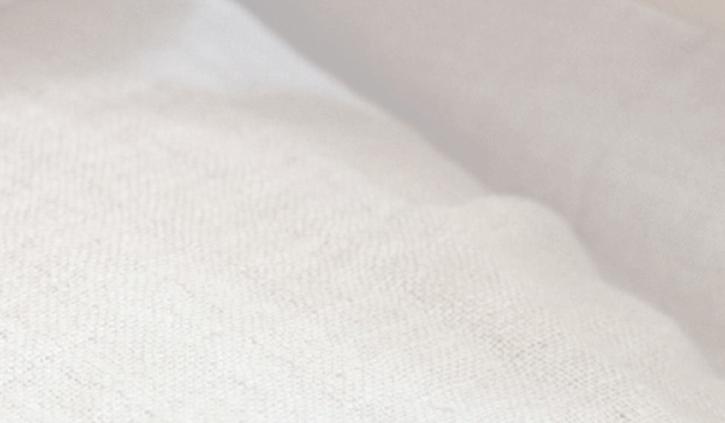
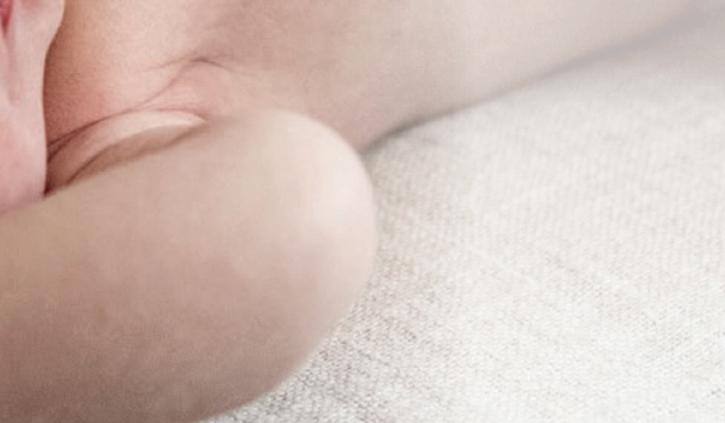
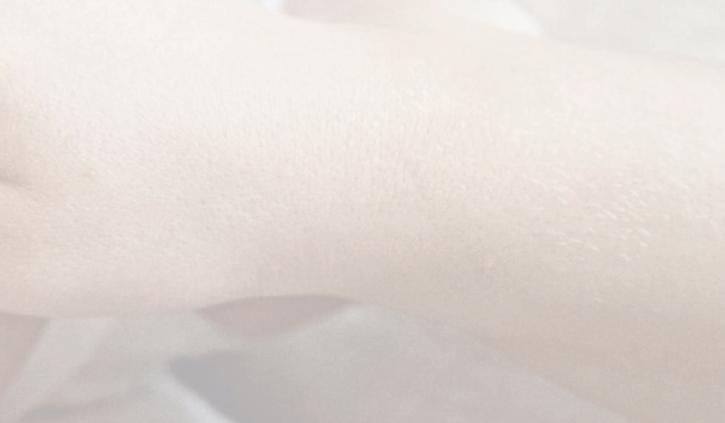
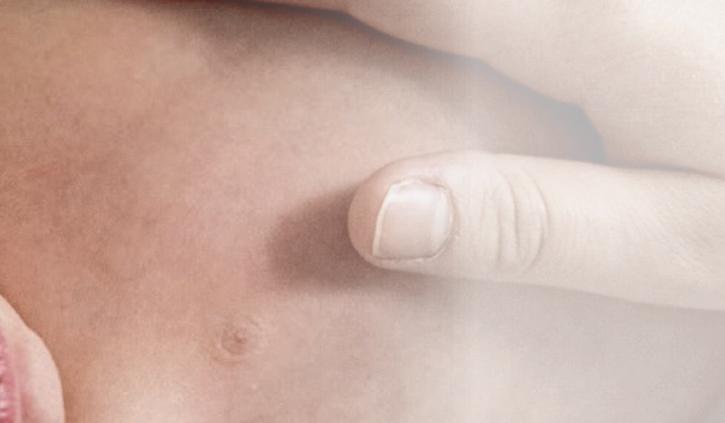
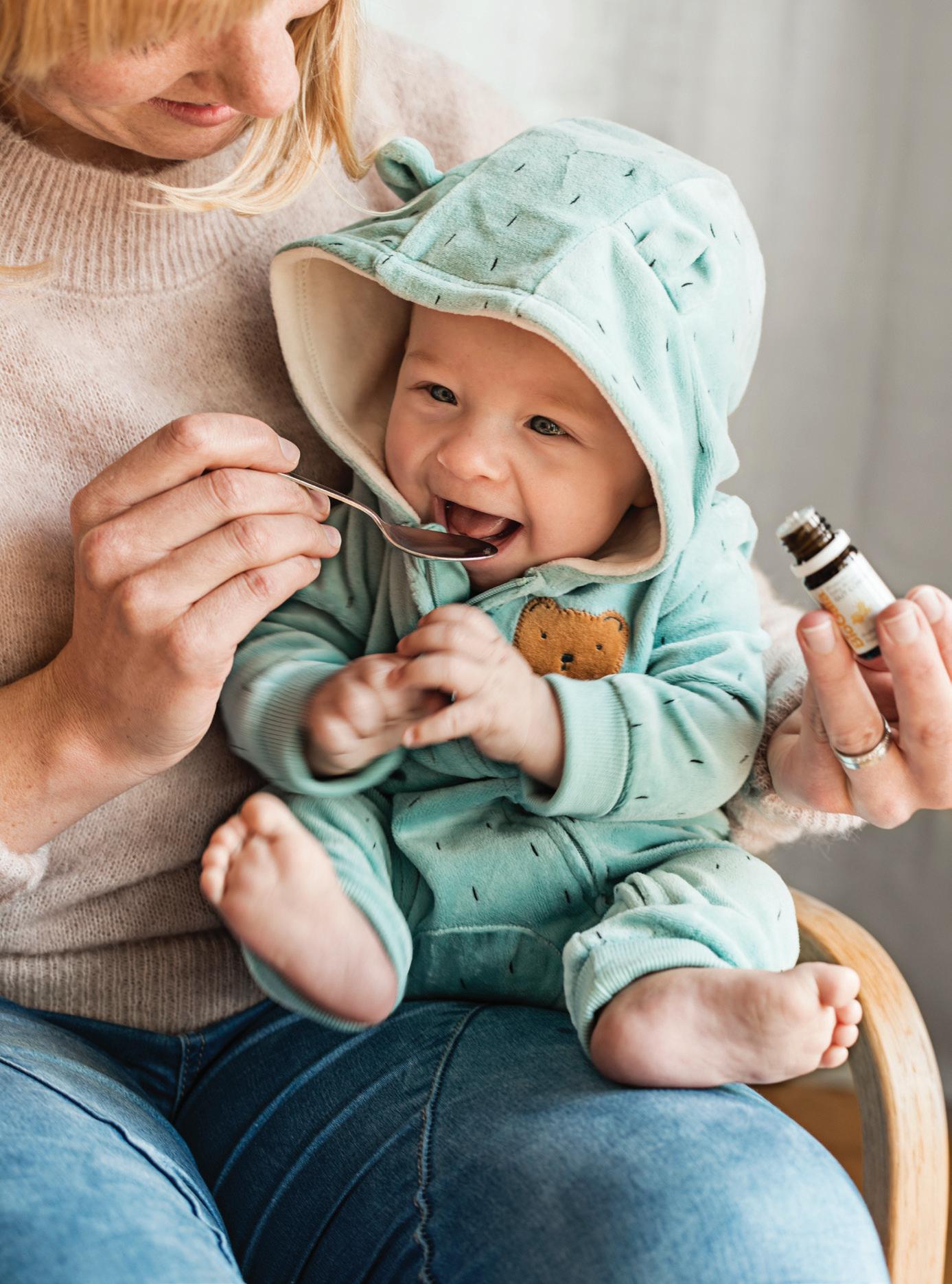
The use of L. reuteri Protectis in paediatrics is supported by a number of international guidelines. Indications with a recommendation are infantile colic, functional abdominal pain, treatment of acute gastroenteritis, as adjunct to oral rehydration solution and prevention of common infections.
Clinical effects of L. reuteri Protectis in infants with colic, constipation and regurgitation include reduction in crying time, increase in bowel movements and reduced number of regurgitations in both breast-fed and formula-fed infants.
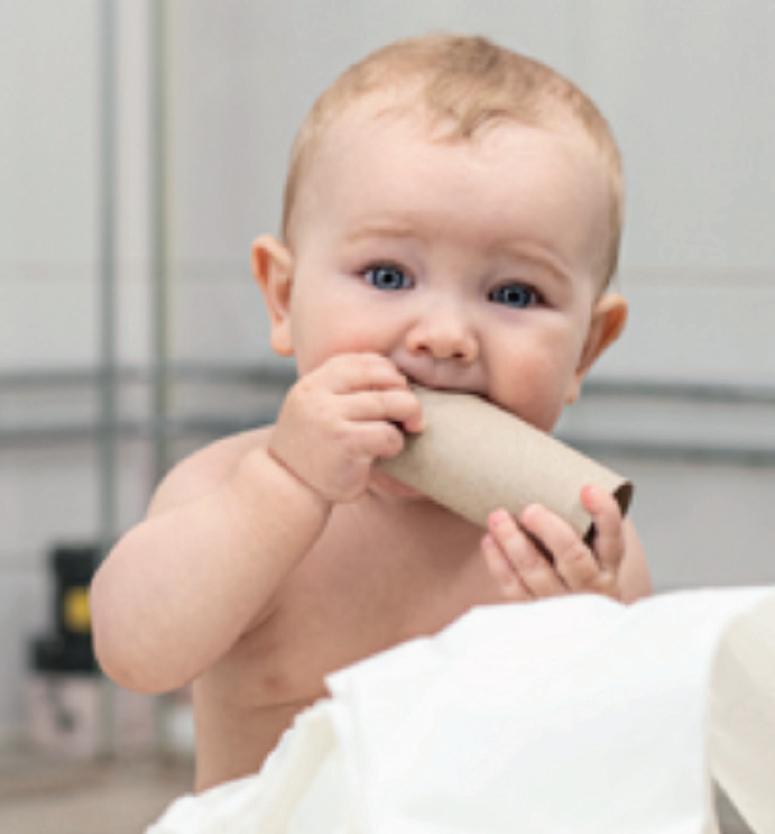

BioGaia Protectis baby drops can be given from birth and do not affect breast-feeding or the taste of food.
Lactobacillus reuteri. Microb Ecol Health Dis, 1989;2:137-144. Hojsak I et al. Guidance on the use of probiotics in clinical practice in children with selected clinical conditions and in specific vulnerable groups. (EPA/UNEPSA) Acta Paediatr. 2018;107:927-937.
WGO: World Gastroenterology Organisation Global Guidelines Probiotics and Prebiotics. Review team: Guarner F et al. Feb. 2017.
dropping by 3.2% between 2011 and 2021 compared to a drop of 6% in nurses’ median earnings.


Moreover, the private sector has responded to the current cost of living crisis by offering significant pay hikes,







creating the largest gap between public and private sector pay growth on record. This means there is even more of an incentive for nurses to leave the NHS workforce for more lucrative work in other fields.
The analysis also shows that a pay increase of 5% above inflation to keep nurses in their jobs would cost less than trying to fill nursing vacancies through international recruitment or agency coverage.
As previously reported, filling a vacancy with international recruitment would cost 2.4 times as much as a 5% above inflation pay rise, while relying on bank and agency nursing to fill the vacancy would cost nearly twice as much.
RCN general secretary and chief executive, Pat Cullen, said: “This exploitation of nursing staff cannot be
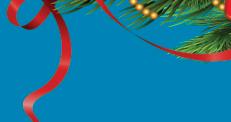
tolerated any longer. “In the pandemic, the politicians urged the public to clap for carers, but now they are wilfully ignoring nursing’s astonishing efforts and expertise.


“Ministers have stubbornly resisted the requirement to address the workforce crisis, including paying nursing fairly, instead rejecting any opportunity to act.

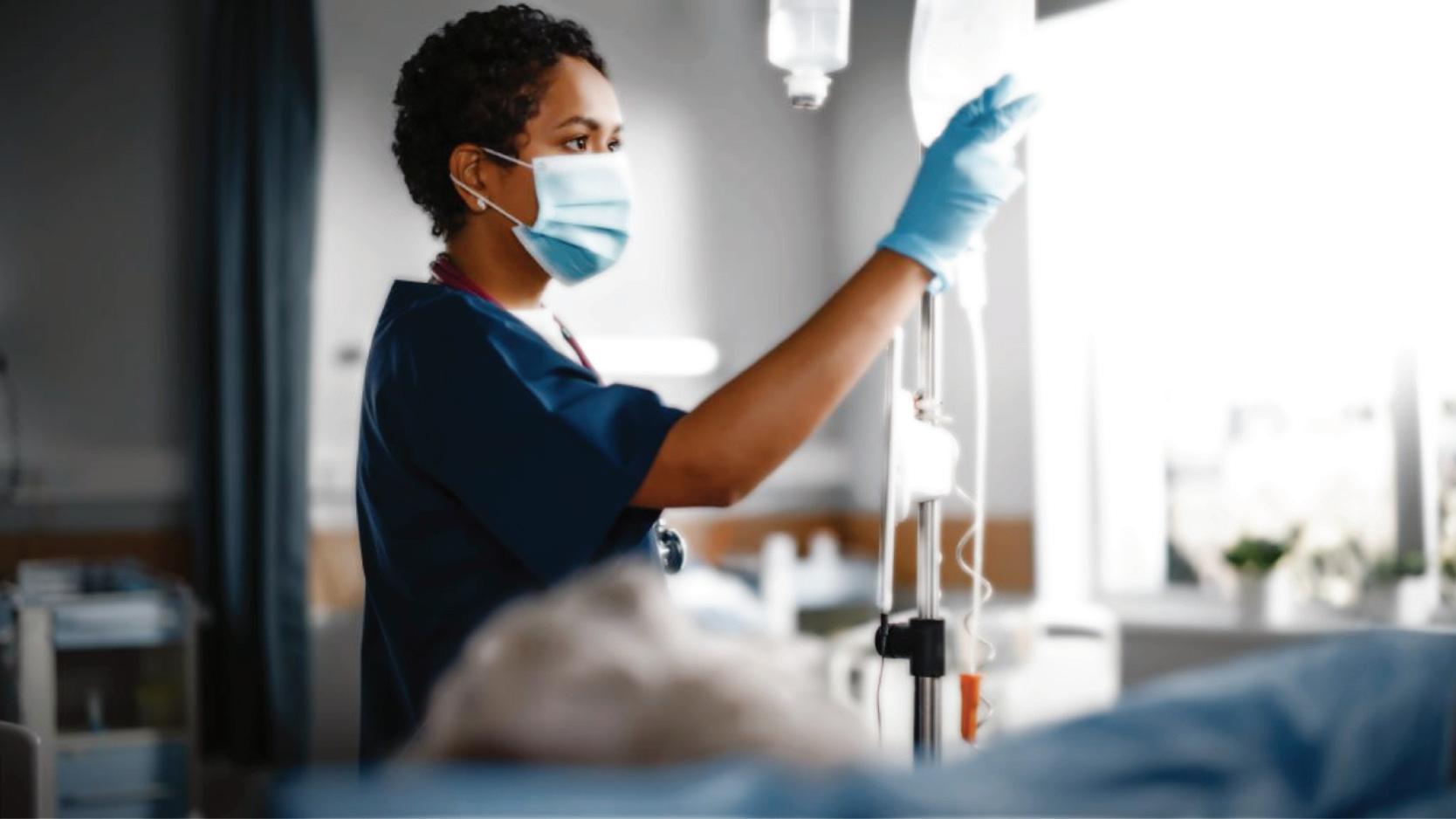
“They have taken advantage of nursing’s goodwill and steadfast determination to act in the interests of their patients.” She added: “Our members have had enough. Expecting nursing staff to work one day a week for free is totally unacceptable.
“Patients deserve better from their politicians. Despite nursing staff working increasingly long hours and doing all they can, safe and effective care is being undermined by the failure of governments to act.” The Department of Health and Social Care has been contacted for comment. ❙
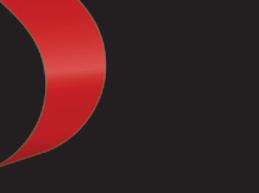

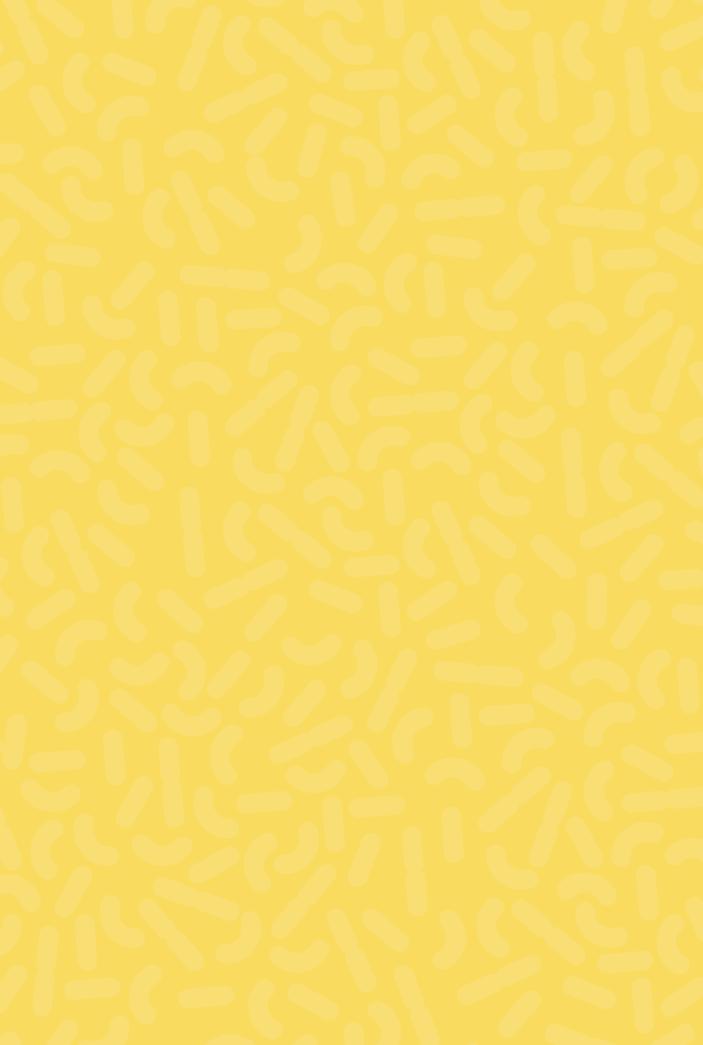
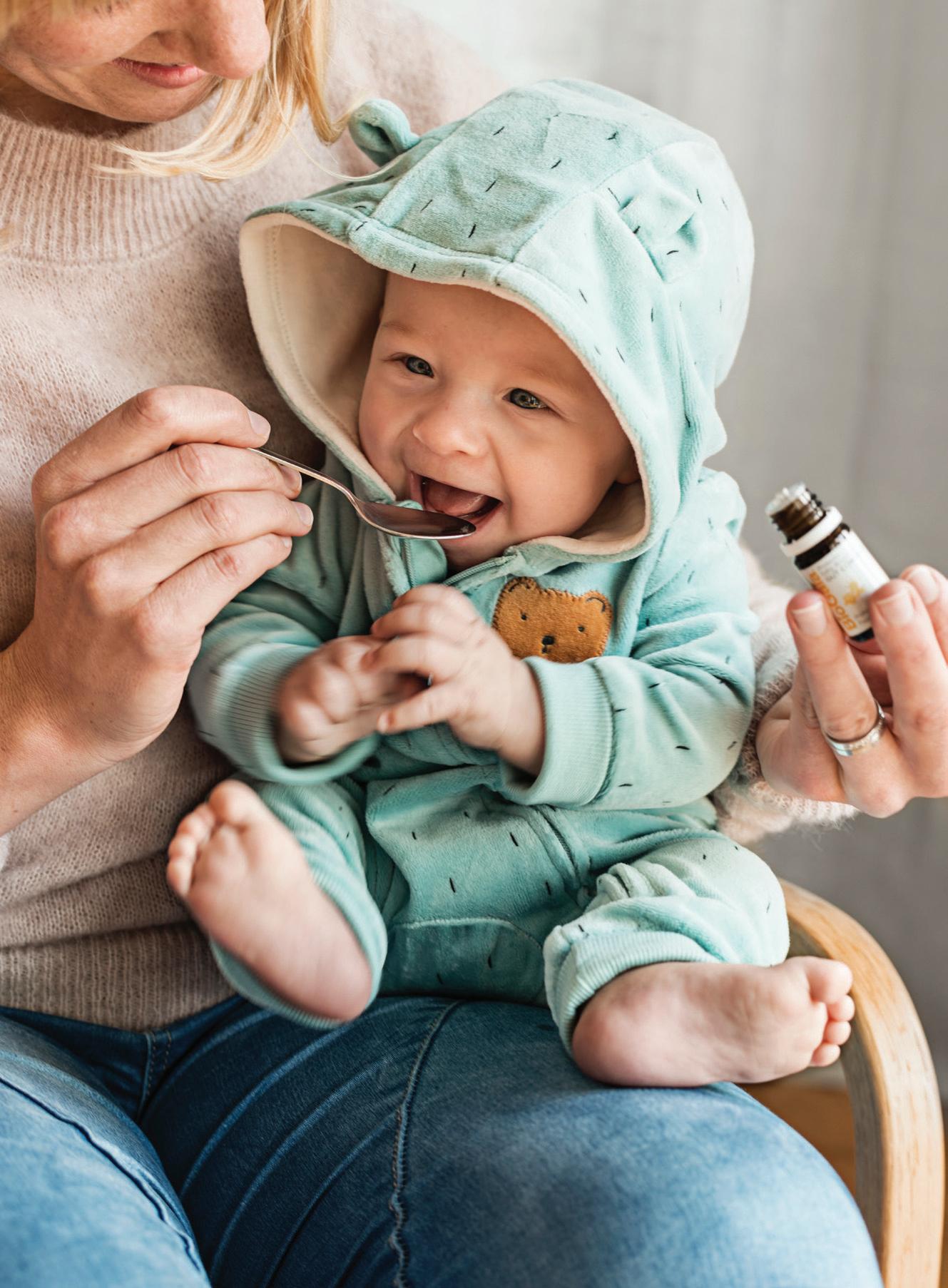


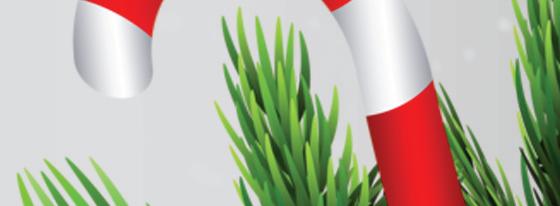

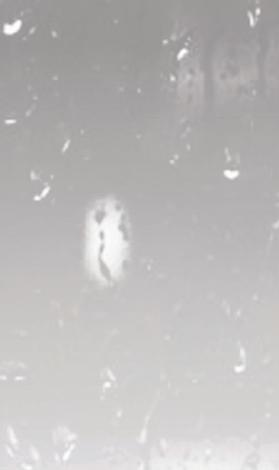
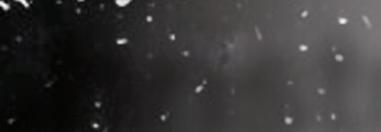








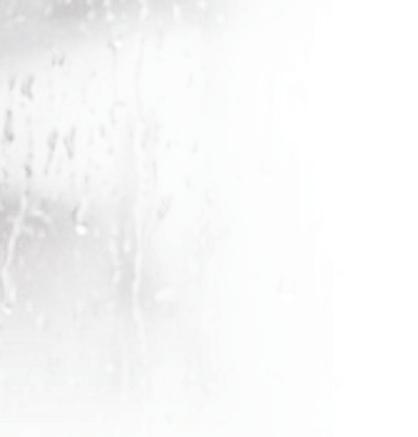

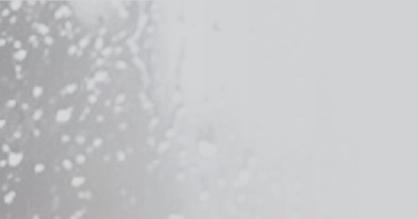


That much anticipated time of the year has arrived yet again. A time of parties, gatherings and lavishly decorated tables overflowing with food, a warm welcoming aroma of cinnamon and a pile of presents under a Christmas tree that is laden with LED lights, tinsel and glitzy baubles of every hue imaginable houses so obviously Christmas is the season to be jolly right? When even that grumpy neighbour from across the street finds time to give you a rare dazzling smile?
However, empirical research states that this expectation of exhilaration is anything but and I have personally heard comments that individuals who are noted to not enjoy Christmas or tend to feel sad are like the ‘Christmas Grinch’. It was this stereotypic label that encouraged me to address this phenomenon, thus, this article was purposely written in an attempt to understand a type of psychopathy that tends to increase around holidays, including Christmas.
According to Sansone (2011), the general mood of individuals may worsen and the number of alcoholrelated fatalities may increase during these festivities. However, data collection of this particular study, which was taken over periods of several years, revealed that overall, utilisation patterns by psychiatric patients in emergency rooms and inpatient wards is lower, as is the prevalence of selfharm behaviour and suicide attempts/ completions. Furthermore, an increase in patient volume was reported after the festivities. Research that explored a psychiatric inpatient service in the United Kingdom indicated that there were fewer admissions and higher bed vacancies during the week before Christmas. However, of those patients who were hospitalised during the holidays, a severe degree of psychiatric illness characterised by alcohol abuse, aggression, and/or self-harming behaviour was reported (Ballard, 2011).
As a nation that typically embraces the closeness of family and consider the Christmas activities involving most or all members of the family as having a symbolic meaning and reflecting family traditions, these cultural practices and certain values of moments around








Christmas strengthen their rootedness and instil a sense of well-being and warmth. The same, however, cannot be said for those individuals who are estranged from their families, those who have no one, who have lost someone close to the Christmas festivities or are spending that heart-breaking first Christmas without their loved ones, whether through death, divorce or separation. Deprivation of social contact, both in humans and animals, has not only be known to induce anxiety and depression (Baumeister, 1995) but also activates certain brain areas known to regulate physical pain (Eisenberger, 2003). Moreover, loneliness and coldness tends to go hand in hand even in our everyday language. Let us take the popular 1970’s song ‘Lonely this Christmas’ whereby the lyrics state “It’ll be lonely this Christmas, lonely and cold, it’ll be cold so cold without you to hold”. Even listening to this song tends to instil a sense of gloom and reminiscence of a past love that possibly never materialised, let alone for that individual who is deprived oh any human contact. According to Lakoff (1987), the linguistic coupling between social isolation and coldness may reflect people’s predisposition to use concepts that are based on bodily experience (ie., cold) to describe the complex concept of social rejection. To explain further, traits such as generosity, popularity and being humane are often associated with the impression of a ‘warm’ person. Interestingly, during a study carried out by Harris (2006), when people view members of groups such as homeless individuals, their brain patterns resemble the brain images activated during viewing of non-social objects.
So what one must consider is that amid the cheery songs, the good wishes,

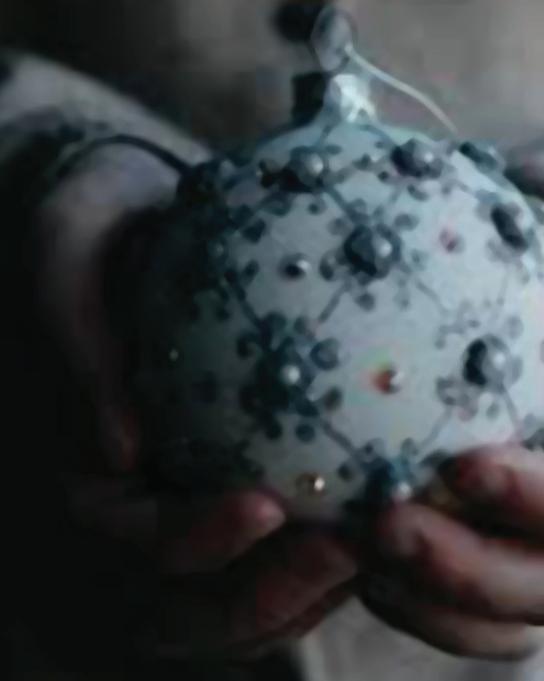
the presents and that extra tipple, Christmas may actually be the season

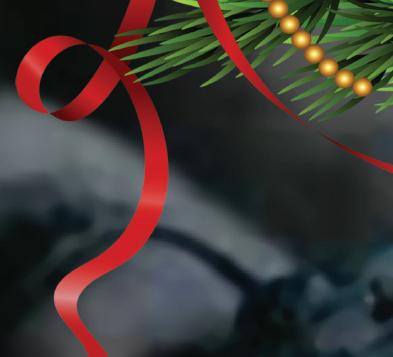

contribute to a feeling of dysphoria and these include physical and emotional stress, financial pressure due to










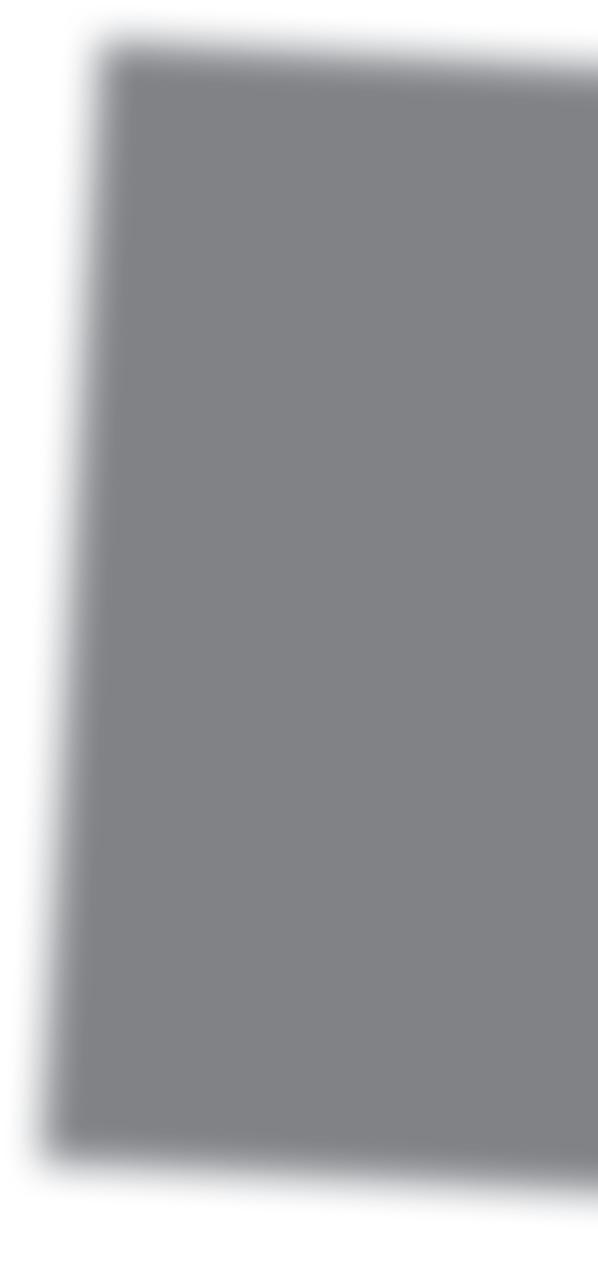


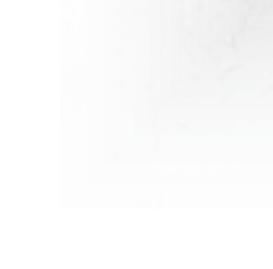



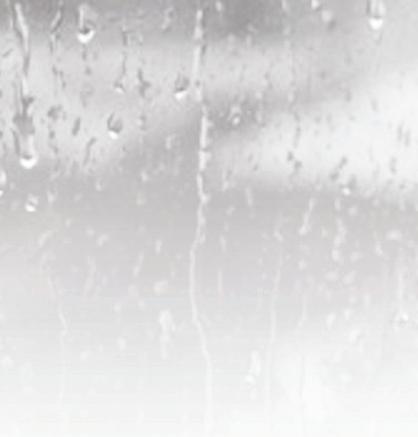
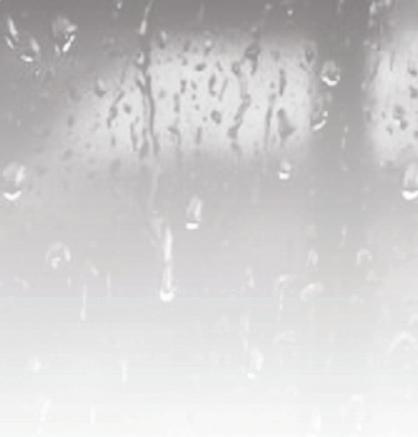



the presents and that extra tipple, Christmas may actually be the season to feel melancholic. Several factors can contribute to a feeling of dysphoria and these include physical and emotional stress, financial pressure due to overspending, reflections of the year that has just passed and the focusing of loss which only magnifies our sorrow. Studies also show that overeating and binge drinking combined with a decrease amount of adequate sleep is a formula for extreme emotional swings. Among the socially isolated, this low mood may inadvertently lead to thoughts of suicide (Spevack, 2005).
Going through various articles, an excerpt of a widow following the recent death of her husband explained how she felt during that first Christmas after her husband’s deathstruck a cord and I felt compelled to share it with you:
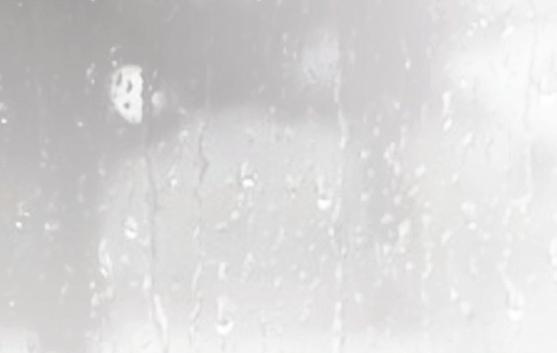
“Little mattered to me. I did not want to hear carols. I did not want to be cheered up. I did not want to look at perky Christmas cards. I simply wanted the same thing I’d wanted every day foe eight months: to find the strength to force myself out of bed in the morning, to brush my teeth and to eat”. This feeling of despair and anguish surrounding the loss of a loved one is known as the phenomenon of the ‘empty chair’.

So how can we cope with that dark sense of loneliness and anguish that tends to surround Christmas?
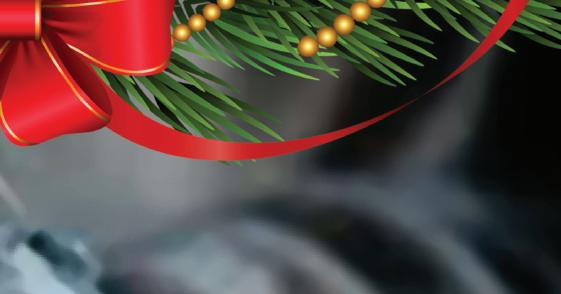


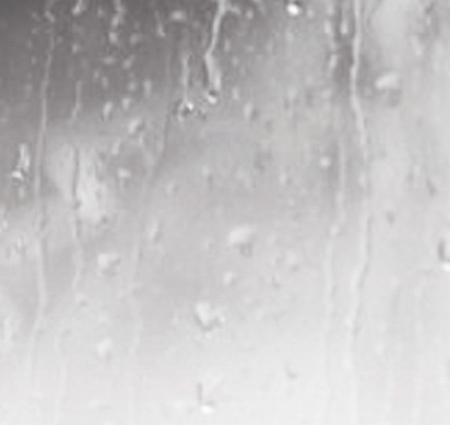
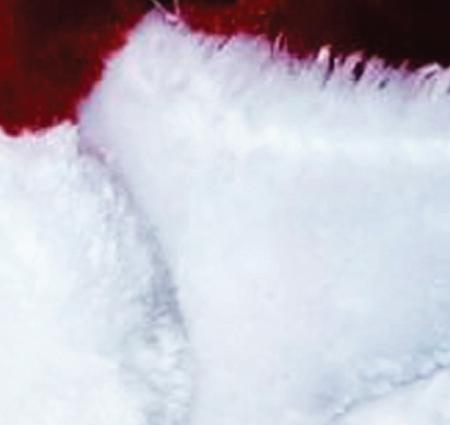
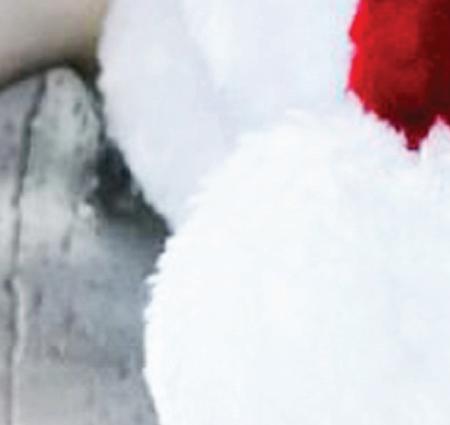


• Spend time with positive-minded people who lift your spirits.
• Exercise regularly
• Healthy eating
• Enjoy the outdoor sunlight when possible. Light therapy has been known to help with Seasonal Affective Disorder (SAD).





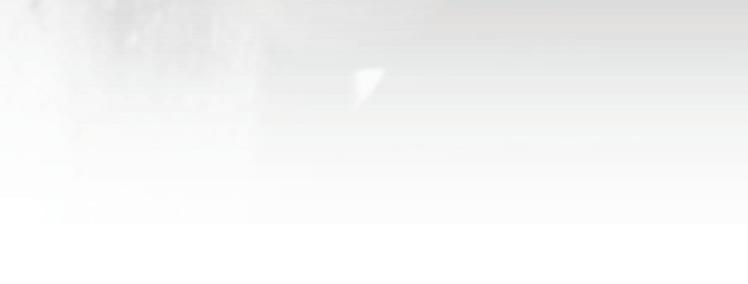
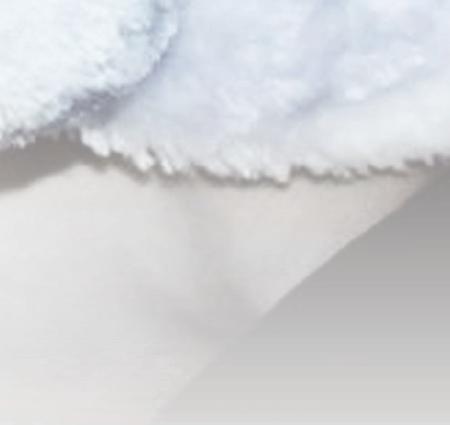



• Budget the gift spending.



• Express your feelings and do not bottle them up. Try and find a trustworthy friend and if this is not possible seek a mental health professional.
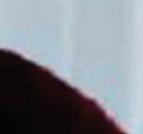

Yes. The Christmas Holidays and the festive season do depict visions of that perfect happy family enjoying celebrations, going on holidays, and exchanging lavish gifts, however this is not the reality for some. The global covid-19 pandemic and the social and financial stresses that accompanied after have added a tier of complexity for those already experiencing anxiety, depression and mental health concerns. Sometimes called seasonal affective disorder (SAD), festive season anxiety may be impacting an increasing number of people based on the mental health statistics of the past year. Below, I have included a list of signs that one may be experiencing Holiday and Seasonal Anxiety:
• Overthinking and worrying may be stopping you from living your life the way you would like it to be.
• Anxiety impedes you from moving forward, organising, enjoying your time off, enjoying your hobbies or thinking of others.
• Anxiety is impacting your work or your efforts to find employment.
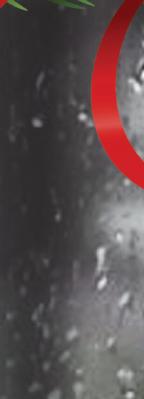
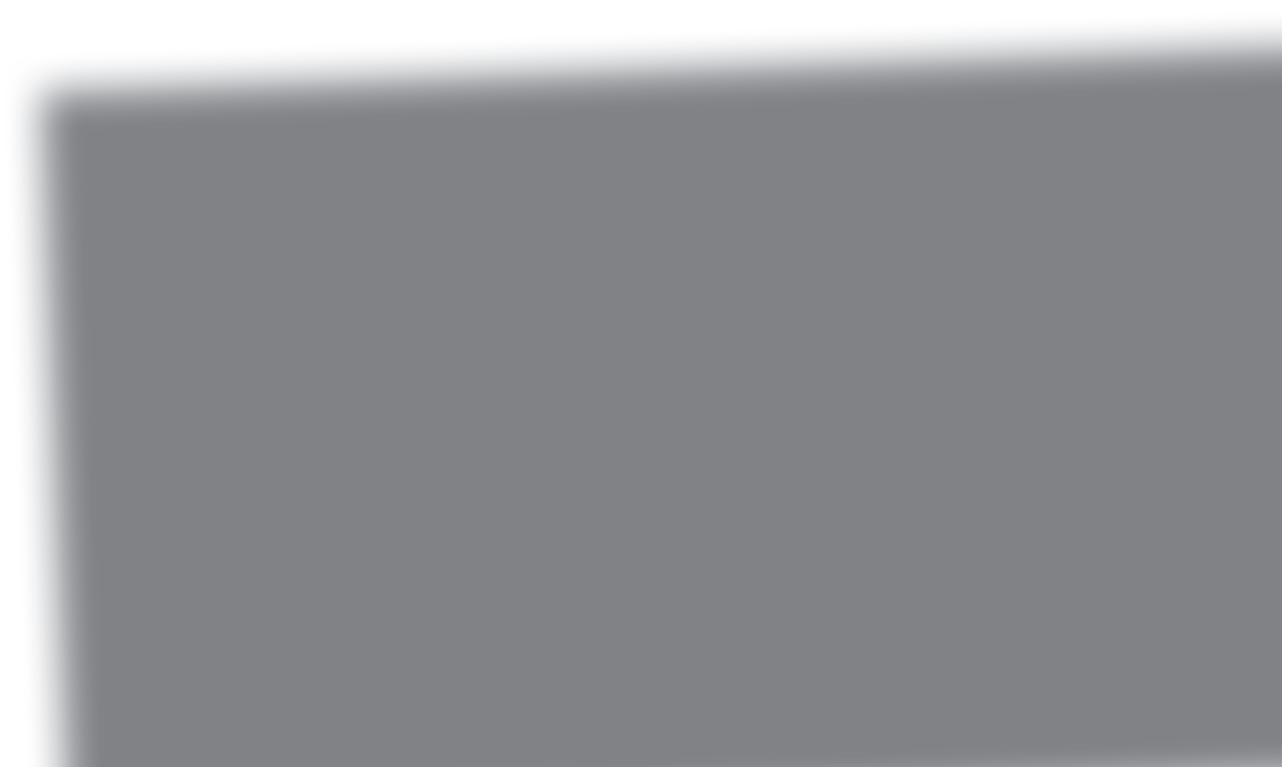
• Procrastination
• Forget how to have fun.
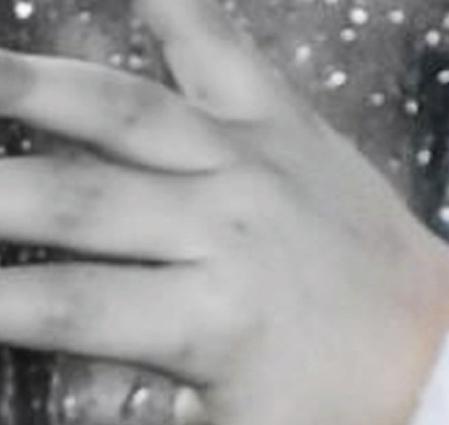
• Achievements do not offer a sense of accomplishment


• Agitation and restlessness









Our mental health can be fragile at the best of times so it is of utmost importance that we address any issues that we may come across especially during the festive season, with recognition and acknowledgment.




If at any point, the situation feels unbearable and there is a possibility of any suicidal thoughts and/or self-harm, please seek help. Furthermore, let us open our hearts and minds and try and think about these individuals who are suffering through estrangement, loneliness, addiction and mental health issues. We must never forget , that alone as we may feel, we are actually not alone. There are various helplines that are always there to intervene. On behalf of the Maltese Association of Psychiatric Nurses (MAPN), I would like to wish you and your families health and happiness always. ❙


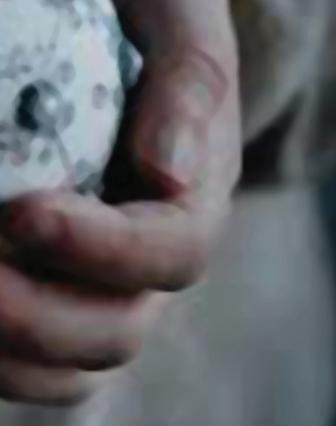
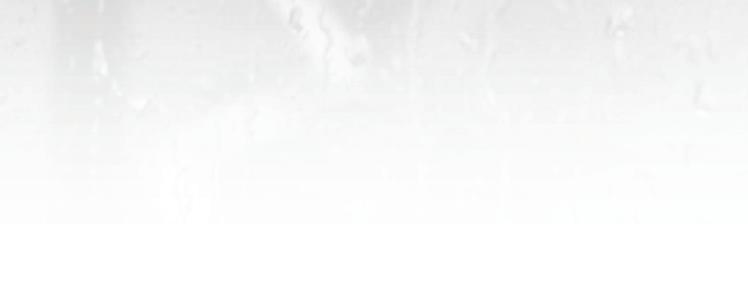
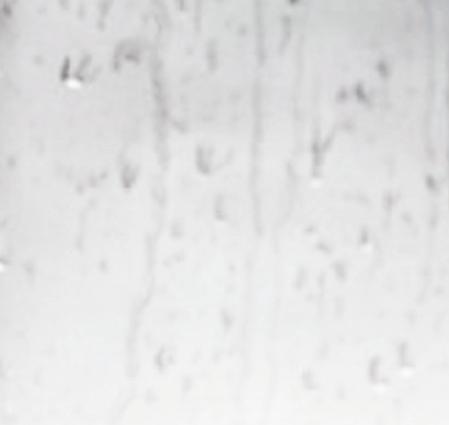

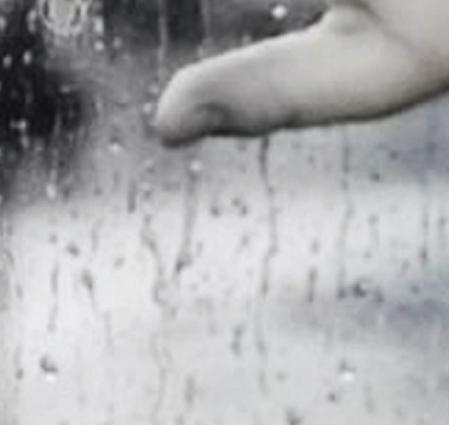
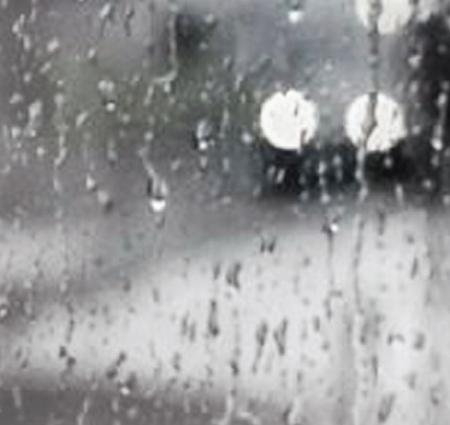
 Sharon Maria Cuschieri Registered Mental Health Nurse MAPN council member
Sharon Maria Cuschieri Registered Mental Health Nurse MAPN council member
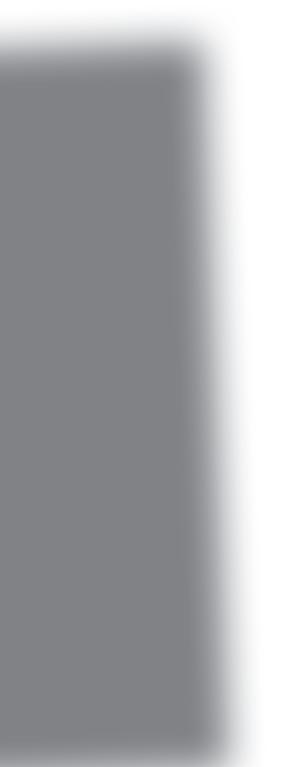
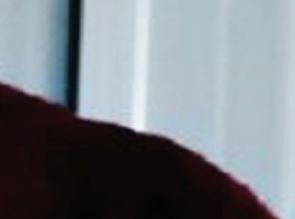




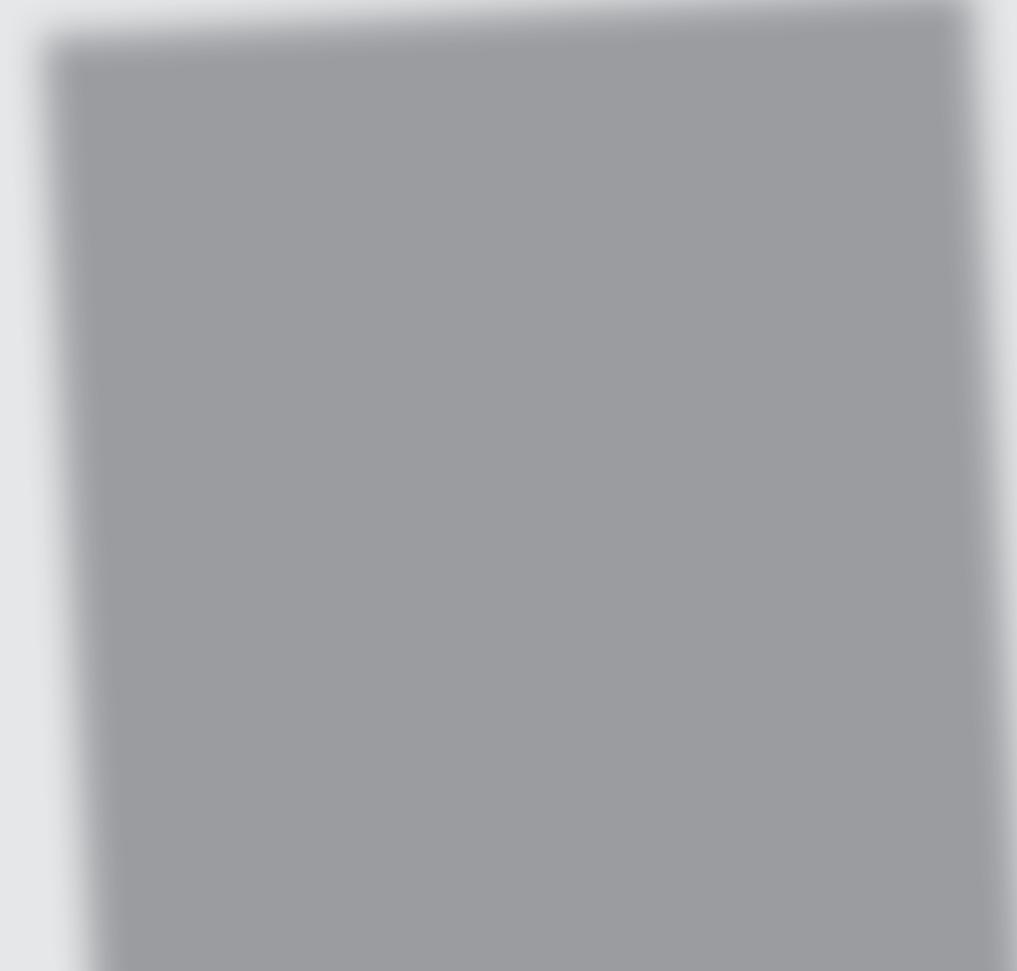




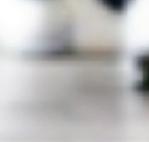





The International Council of Nurses (ICN) is demanding governments across the world invest in the nursing, as well as the protection and safety of workers, amid a global nursing shortage as it launches a report and host of resources today.
The organisation has today launched an International Nurses’ Day (IND) toolkit, to help nurses push for local action and improved clinical practice on the ground.
The toolkit looks at the four policy focus areas of the WHO Global Strategic Directions for Nursing and Midwifery: education, jobs, leadership and service delivery. It outlines the benefits of investing in each of these areas, the evidence of underinvestment, the expected outcomes of meaningful
investment, as well as the actions required for successful delivery and monitoring of these priorities.
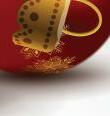



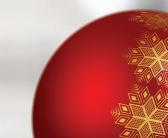

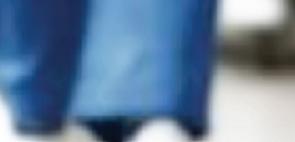
In addition, the IND report focuses on two strategic priorities it said have come to the forefront over the last two years: investing in and prioritising the safety of health care workers, and caring for the health and wellbeing of nurses.
The report examines the extra burden the Covid-19 pandemic has put on health systems and the nursing workforce, highlighting the risks to and lack of protection of the profession.
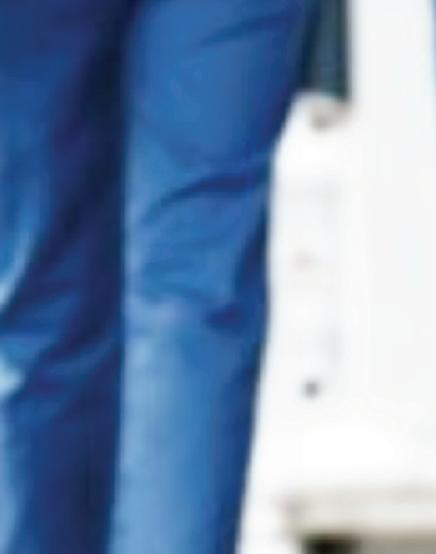
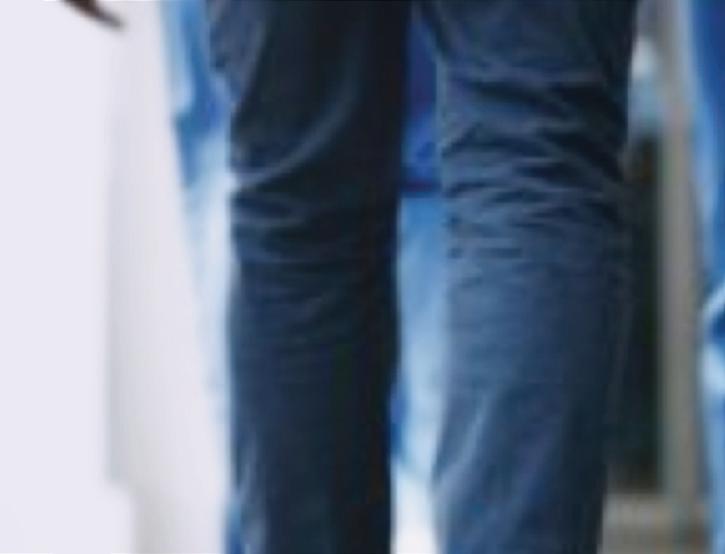
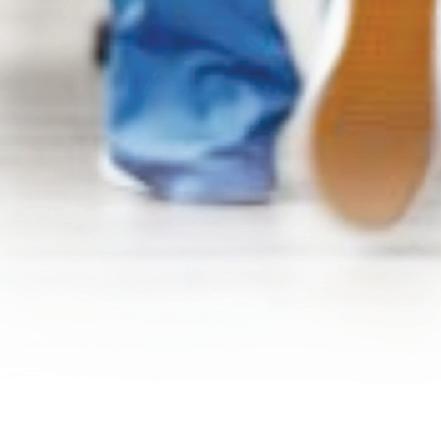
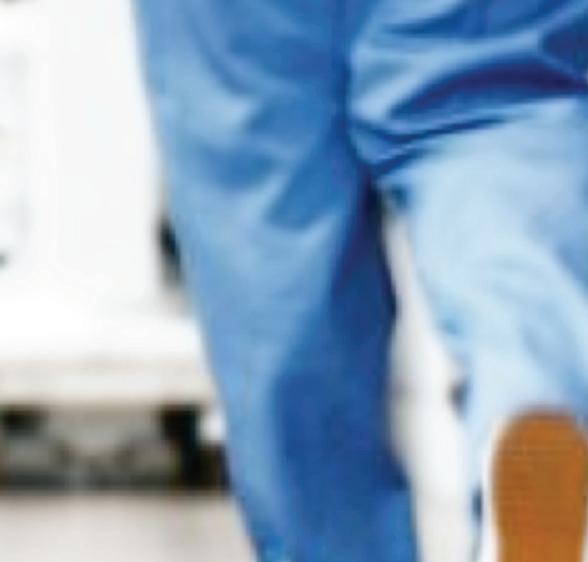
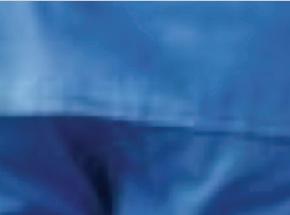
take real action to address workplace safety, protect nurses and safeguard their physical and mental health…
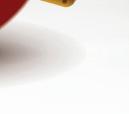

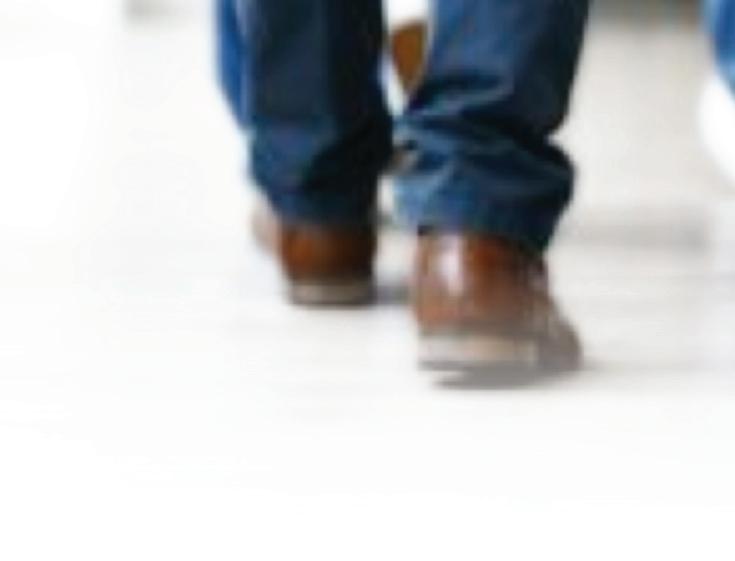
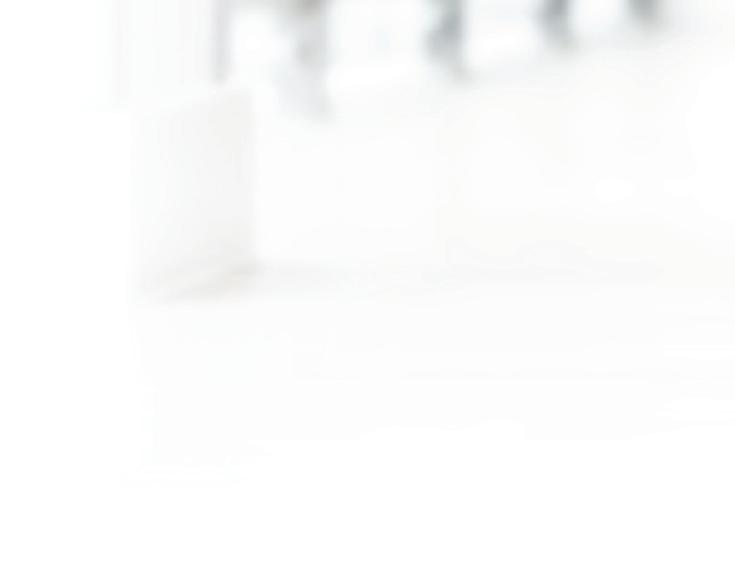
‘Recent reports have shown that investment in nursing is needed now if we are to meet the healthcare challenges of the future. We can no longer continue to undervalue and under-invest in nursing. Now is the time for action.’
ICN chief executive Howard Catton added that governments were not giving the workforce issue the attention it deserved and should be ‘urgently prioritising investment in nursing… proportionate to its importance for the future of societies everywhere’.
The resources also include posters, social media banners and other digital tools to promote #IND2022, such as a digital map with videos from ICN board members discussing regional priorities.
and lack of protection of #IND2022, such as of protection, heavy workloads, and low

Dr Pamela Cipriano, ICN president said: ‘Nurses have given their all in the fight against Covid19, Ebola, in disaster areas and in war zones. Yet, they continue to face under-staffing, lack of protection, heavy workloads, and low wages. It is time now to
The ICN has previously estimated up to 13 million more nurses will be needed worldwide over the next decade and has urged world leaders to act ‘swiftly and decisively’ to avoid a ‘potentially catastrophic’ shortage of nurses.
The RCN rejoined the ICN last month nearly a decade after it left over concerns about membership fees, after 84.7% of its membership voted to sign back up to the global network.


Health and care staff shortages are already ‘very clearly’ impacting care in the UK, an NHS leader has warned, with shortages in the nursing workforce compromising patient care even before the Covid-19 pandemic began, data has suggested. ❙
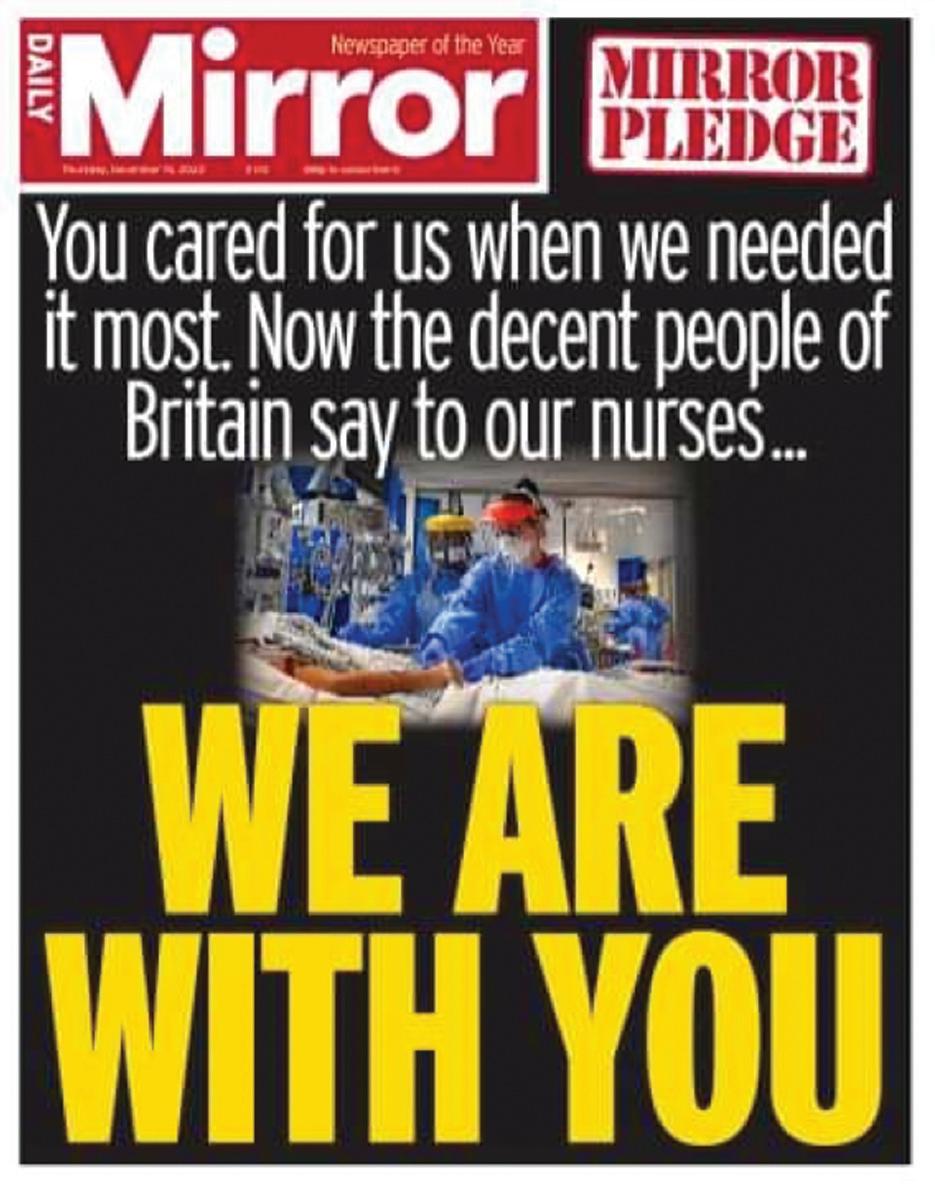
“the






Half of all third-country nationals working as nurses in Malta’s private hospitals leave or change job in the first six months of arriving, according to a study carried out by the Malta Chamber of Commerce.
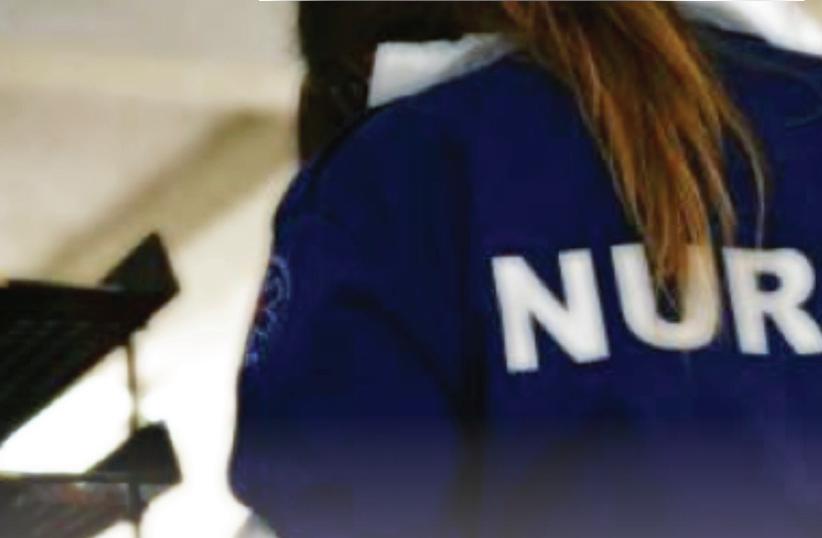
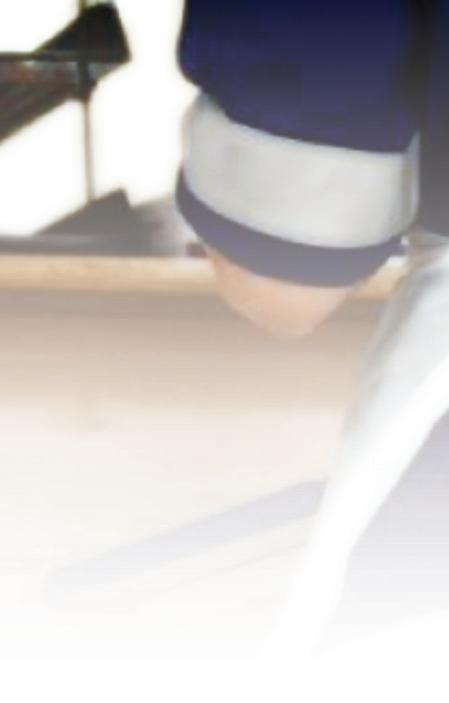
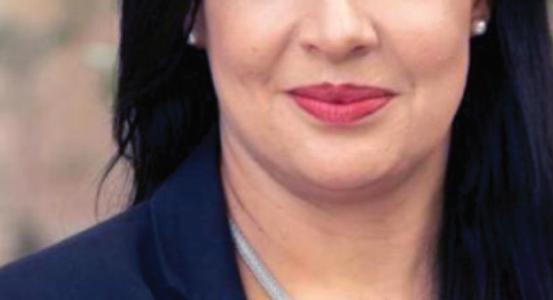
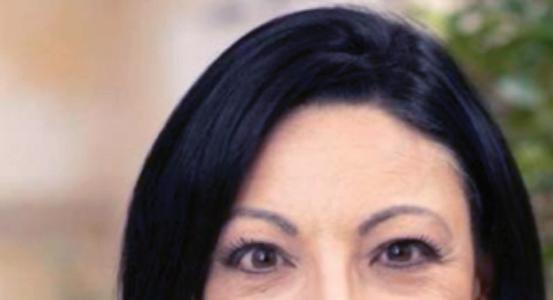
Around 72 per cent of nurses working within the private sector are foreign, non-EU citizens, the study noted.

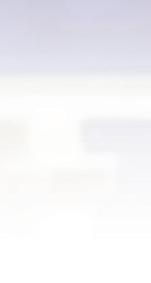
The study also showed that 63 per cent of care workers, who help vulnerable people live as comfortably as possible, are third-country nationals, of which nine per cent leave Malta in the first six months.
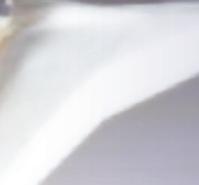
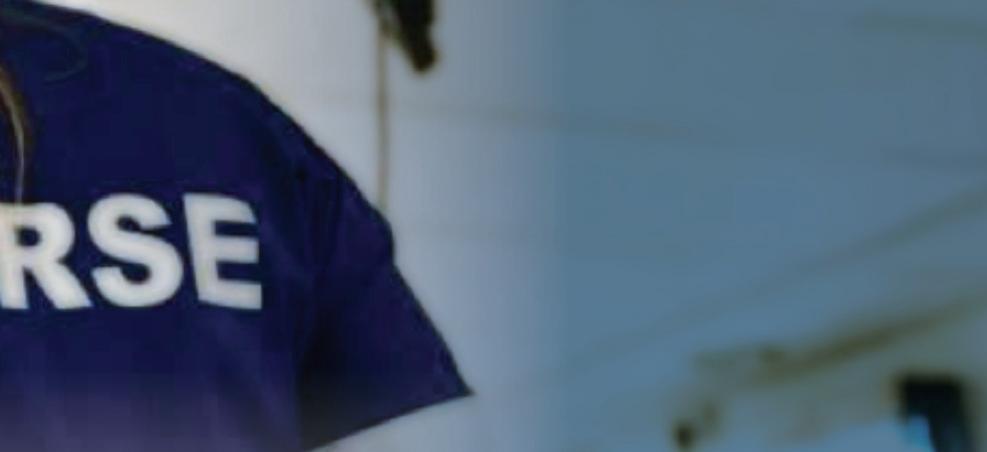
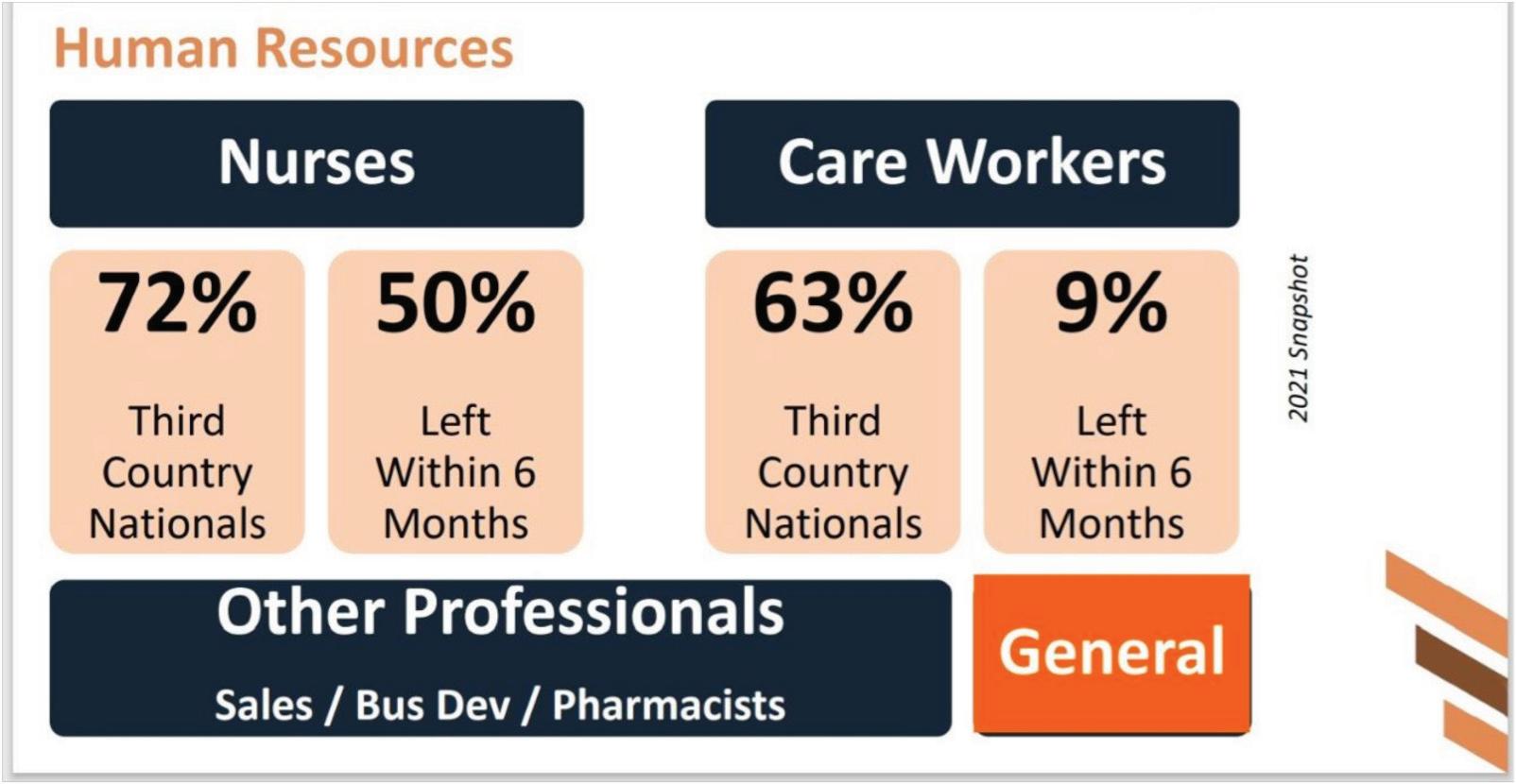
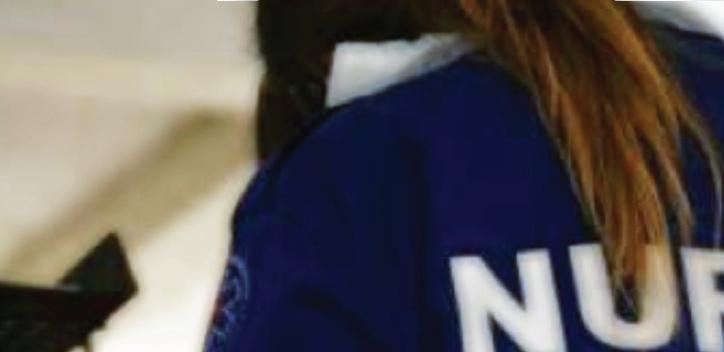
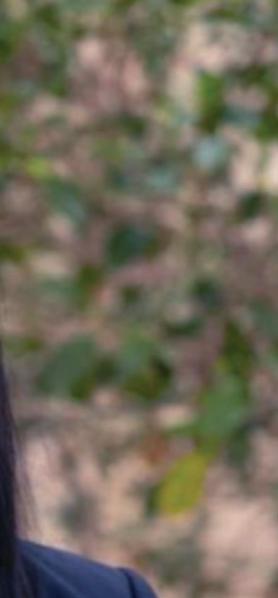
“This is how critical the situation is in terms of human resources and nursing staff,” said Marthese Portelli CEO of The Malta Chamber.
She was speaking during a conference on healthcare organised by the Malta
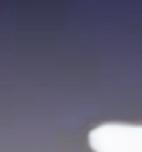
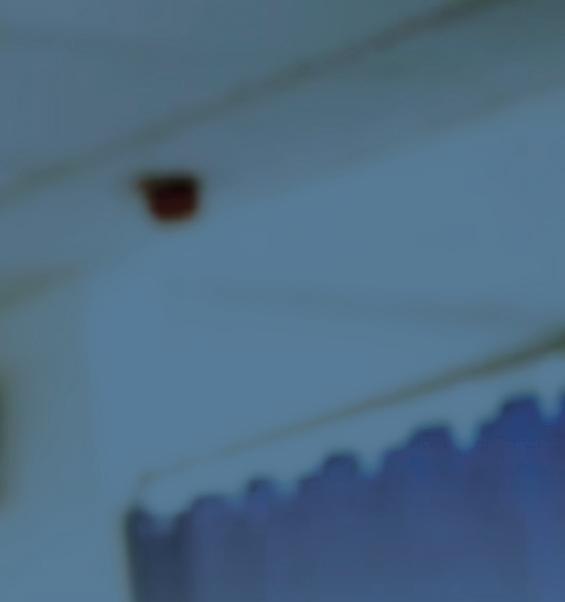
Chamber and EY Malta, the third event in the Industry Focus Series, this time dedicated to the health sector.
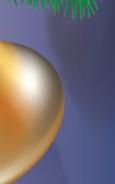
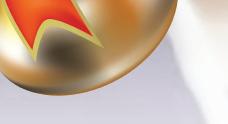

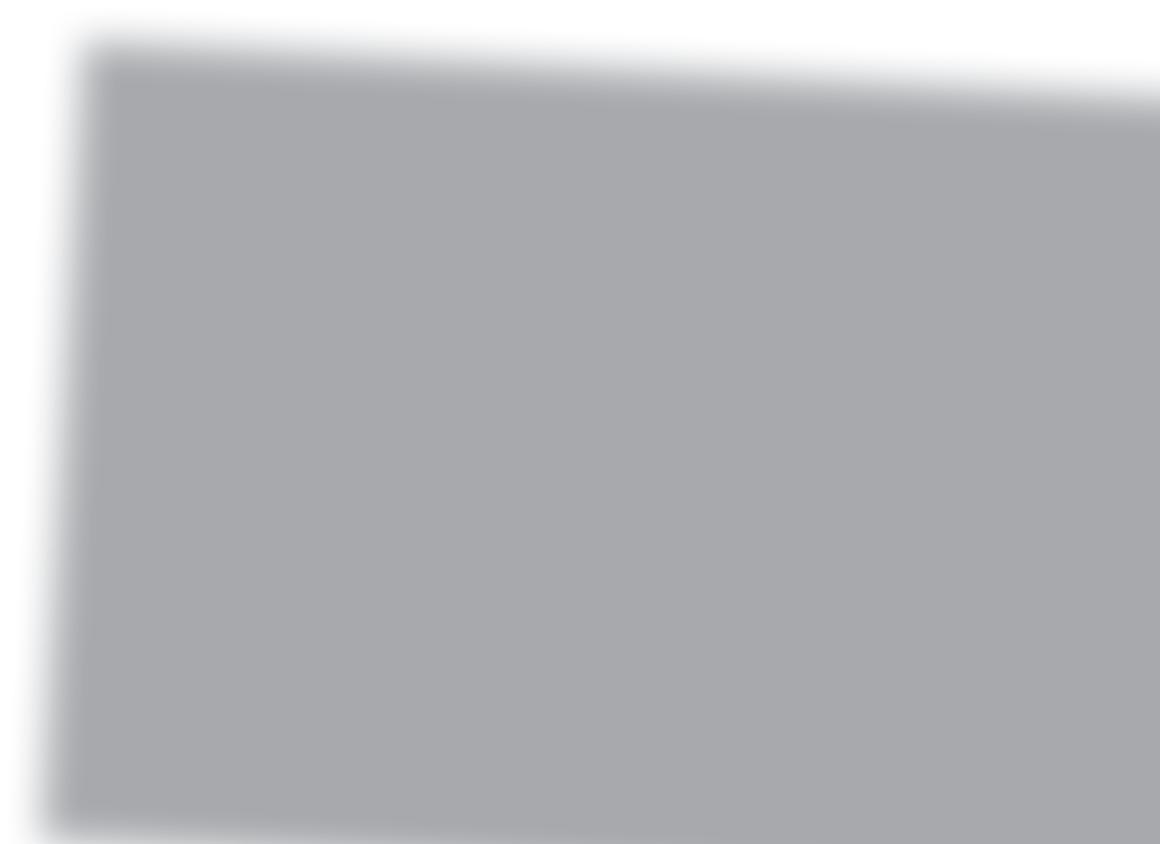
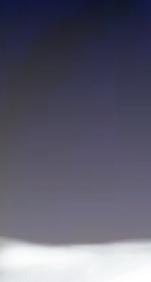


During the event, the Chamber’s CEO spoke of “nurses” and “care workers”, though the lobby group later clarified that its figures only took into account private clinics and hospitals.
In her address, Portelli mapped out the challenges faced by Malta’s healthcare sector, one that relies on third-country nationals since the number of Maltese graduates are not enough to make up for the growing demands of the sector in a country with an ageing population.

Like other industries, the healthcare industry is struggling to source employees. Apart from nurses and care worker shortages, there were challenges in finding other professionals since this was an industry that “cannot have any salesperson” - they had to come from the medical profession.
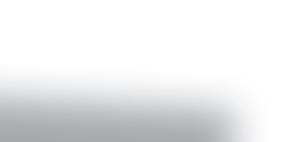







Portelli said the industry faced three additional hurdles: First came the administrative challenges that included the need to continue addressing the bureaucracy in the granting of permits for third country nationals.


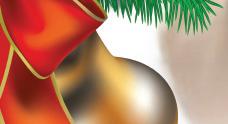

There was also the issue of competition where the government poached workers from the private sector.
Third was the issue of attractiveness - for example, Malta’s family reunification process was not as attractive as other countries. In fact, family reunification and bureaucracy were listed as the main reasons by third-country nationals who left Malta for the UK during a mass exodus last year.




In light of these facts, the chamber recommended ensuring that adequate resources were invested to ensure that

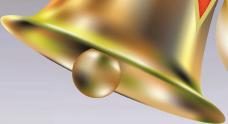

Operators speak of burnout, harassment and xenophobia in Malta Chamber studyMalta Chamber CEO Marthese Portelli
the Nurses and Midwifery Council had a set timeframe for processing applications, addressing visa delays and looking into granting a three-month interim work permit while longer-term permits were cleared.
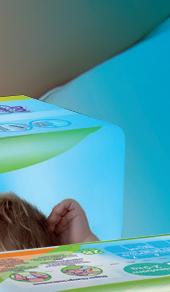
There were also various challenges that had a direct link on supply chains, including Malta’s connectivity issues, economies of scale, increasing transport costs, product shelf life and energy prices.
Speaking during a panel discussion, Natalie Briffa Farrugia, chairperson of the Vassallo Group, which has CareMalta Group under its cap, said the health sector was attractive in terms of fulfilment and satisfaction but was a very demanding job. She said care homes only recovered a third of the staff they lost during the pandemic.
of the public for doctors and other healthcare professionals.

“We still have 28 to 30-hour shifts, which is outrageous and shows a lack of respect for the humanity of healthcare workers,” she said, adding that one issue that had to be discussed was the xenophobia faced by foreign workers.
She said harassment of female employees was also very real.
“There is impunity and hardly any cases end up with a consequence… A lot of women suffer and don’t seek and this is a key factor in pushing people outof the country and the profession,” she said.
Deborah Portelli, human resources manager at Brown’s Pharma Limited, said that pharmacy brings a lot of job satisfaction but pharmacists work within a retail setting that traditionally involves long, inflexible hours.

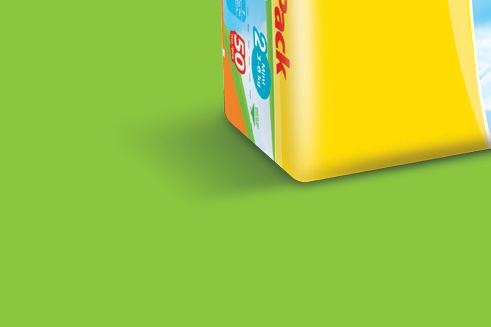

She added that most healthcare workers were women - who were still traditionally taking up the caring role at home - placed further stress on employees. School and daycare hours, for example, did not cater to pharmacy shifts.
David Abela, director of Eurobridge Shipping Services Ltd, spoke about the need to make logistical changes to speed up and facilitate the importation of goods into Malta, especially healthrelated imports.
He said transport costs in Malta were six to seven times more expensive per kilometre than in other EU countries. Customs in Malta still insisted on checking all EU cargo and importers faced a range of added costs that risked pushing Maltese importers out of business, he said.
Correction September 13, 2022: A previous version stated that the figures referred to all nurses.



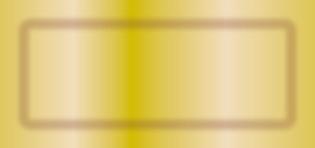






BL_ADV_A5_Pregnancy_Mag_21.pdf 1 19/01/2021 09:16


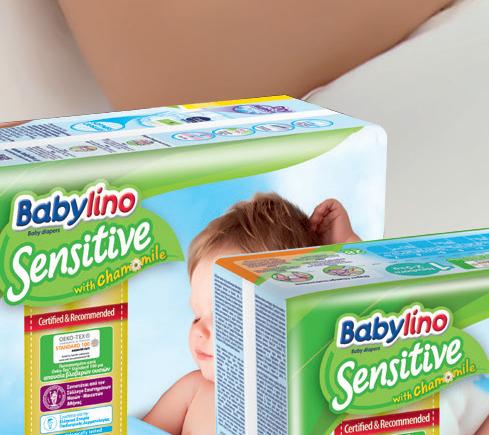

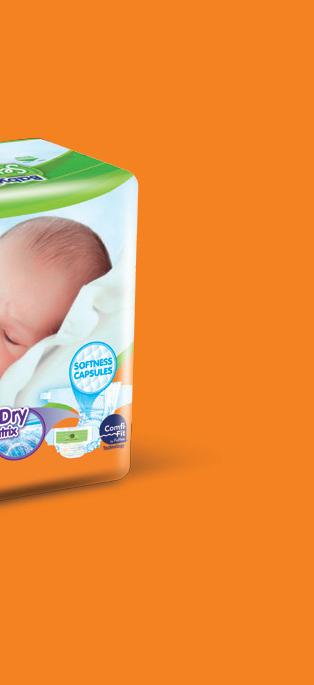
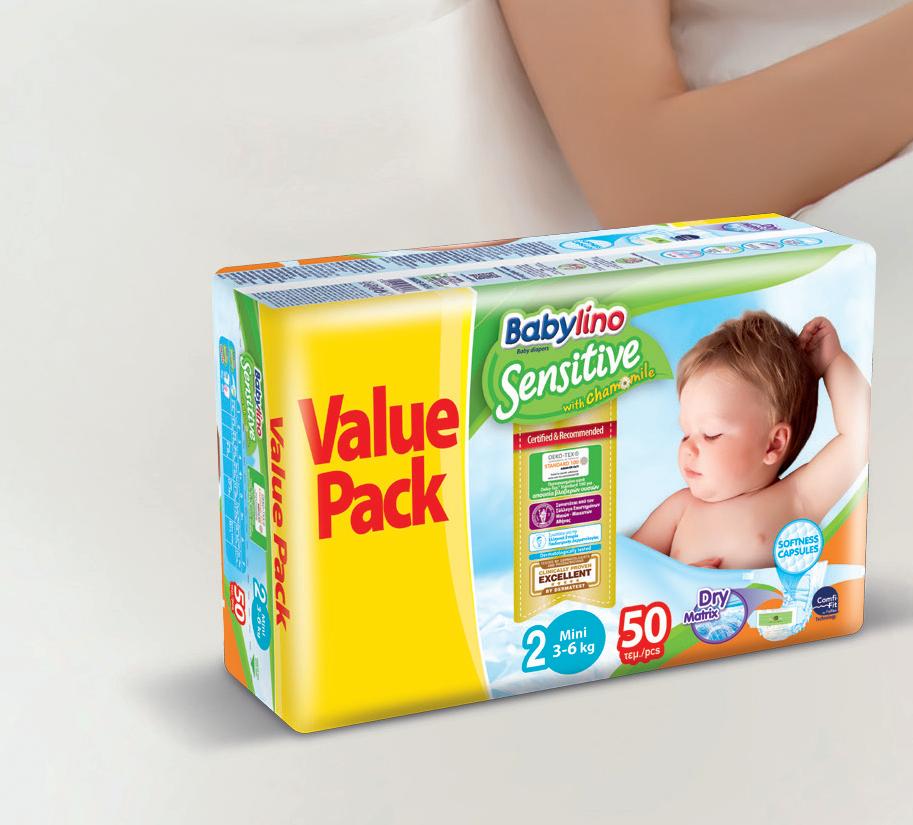



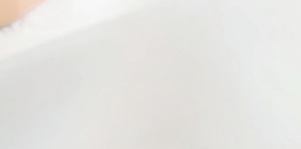

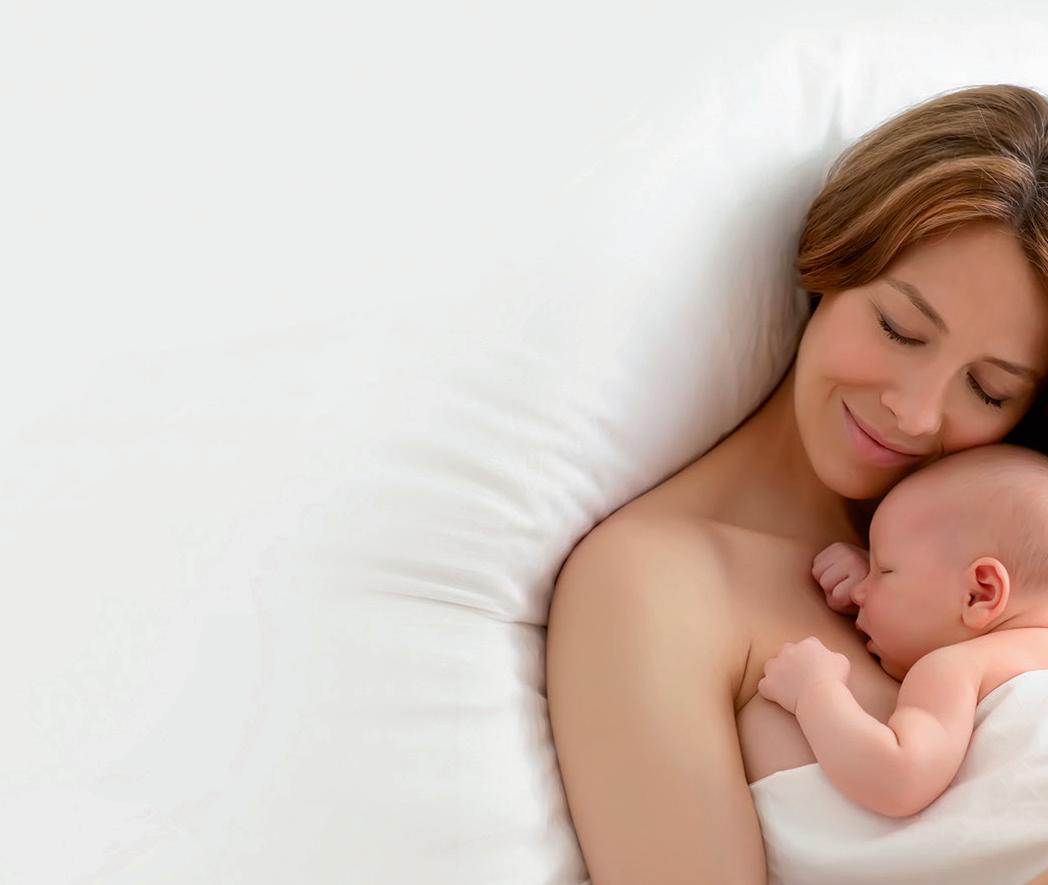
Joanna Delia, Founder of People and Skin, spoke about the dwindling respect
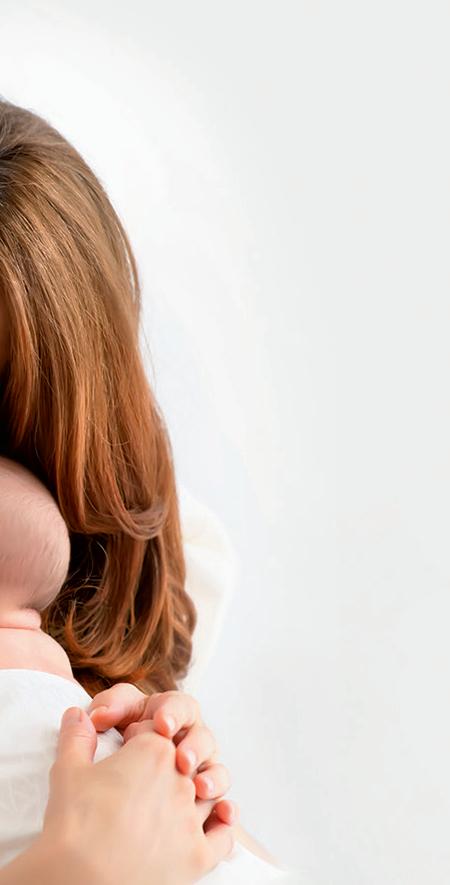
The shortage of pharmacists often led to longer hours and more burnout. Addressing shortages would allow more flexibility and work-life balance.
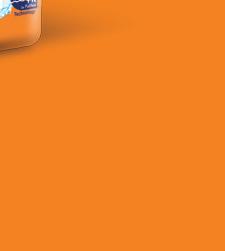
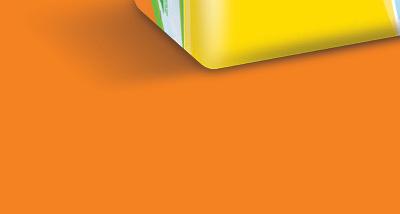
The Malta Chamber later clarified that it was only referring to private sector nurses and carers.









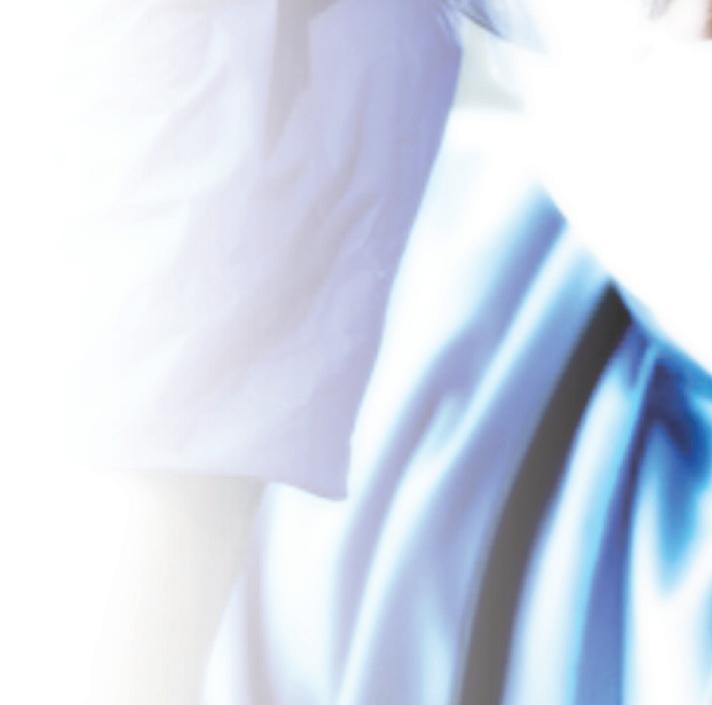
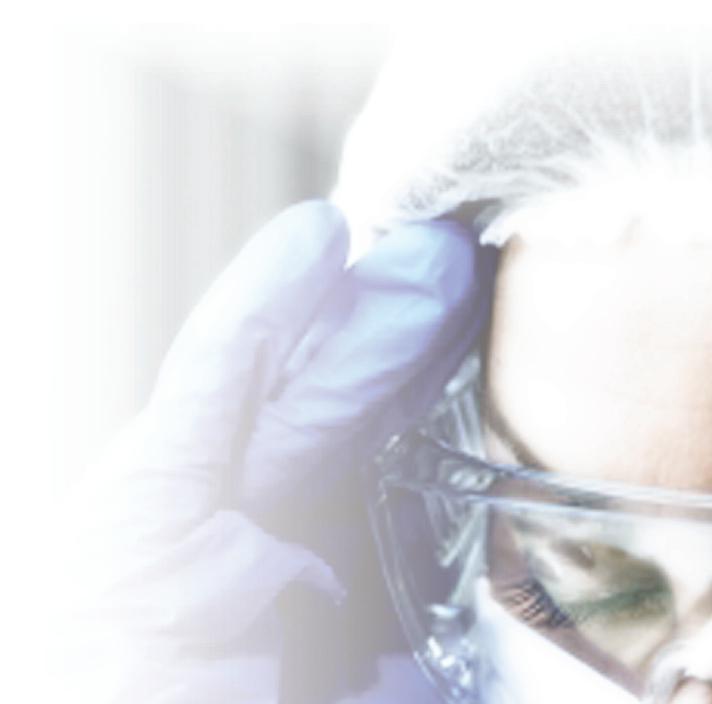
Burnout is a form of exhaustion induced by a sensation of constant hectic feelings and agitation (Schaufeli, 2021). It results from extreme and persistent emotional, physical, and mental stress (Schaufeli, 2021). In most situations, burnout is tied to a person’s work, profession or career. However, sometimes it is also related to the additional commitments made by the individual. As a result, burnout causes an individual to become overwhelmed and unable to keep up with life’s constant demands (Gaston-Hawkins et al., 2020).
The World Health Organisation officially recognised burnout in 2019 and stated that this might affect all individuals and professions (WHO, 2022); however, nurses and other medical professionals have a more significant risk of burnout due to their high-stress work environment. Burnout is characterized by feelings of emptiness, mental tiredness, difficulty focusing, loss of desire, and indifference (Schaufeli et al., 2020).


Burnout among nurses is not an anomaly. In reality, considerable research can prove that burnout among nurses is relatively widespread (Bartholomew, 2020; Curry, 2021). Different work situations might result in varying types and degrees of burnout. For example, nurses working in emergency department experience a distinct form of burnout than nurses working in a mental institution. Both are experiencing burnout, and both require attention and care. No burnout is less significant than the other. Emotional exhaustion is prevalent in nursing, with over 40% of nurses reporting emotional fatigue and burnout before COVID-19 (Bartholomew, 2020).


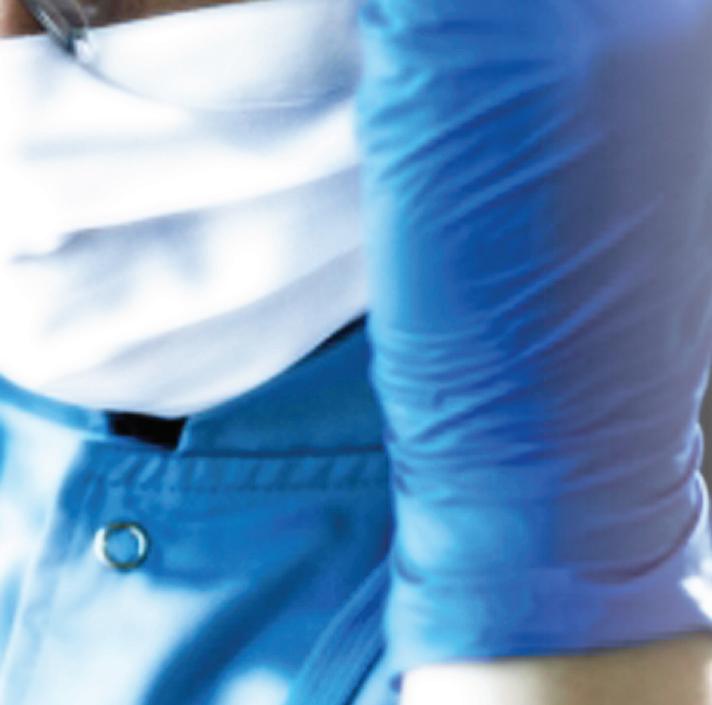
There are a variety of elements and causes that contribute to nursing burnout. A fundamental cause of burnout is working in a high-stress atmosphere and being under pressure to make hasty judgments (Dall’Ora et al., 2021). Working in a chaotic setting is counterproductive. Sometimes a delay in decision-making may mean life or death for our patients.
Interpersonal engagement with patients and emotional setbacks are two additional sources of stress that can eventually lead to burnout (Dall’Ora
et al., 2021). Numerous healthcare personnel often encounter death and dying patients. Caring for dying patients is no joke and should not be treated lightly (Horn & Johnston, 2020). It is a situation that can be terrible, especially if the nurse knows the patient or his family.
Another major factor contributing to employee burnout is the volume of work throughout each shift (Dall’Ora et al., 2020). The ideal nurse-to-patient ratio is
a widespread dream, notably in Malta. This is due mainly to shortages in the profession. Nurses shortage is the main reason for burnout (Curry, 2021). Studies indicate that a high nurse-to-patient ratio leads to burnout, which increases with each extra patient cared for (Dall’Ora et al., 2020). Other consequences of a nursing shortage include the cancellation of vacation leave, the requirement to work overtime or time in lieu. The lengthy shifts and unsocial hours are counterproductive (Dall’Ora et al., 2020). Working nights, weekends and holidays may be detrimental to one’s health. In addition, the inability to detach due to reading and responding to emails at home imposes additional burdens on the nursing profession. Individuals who bring work troubles and responsibilities home are more susceptible to burnout.

Dysfunctional management that makes even the simplest tasks appear difficult
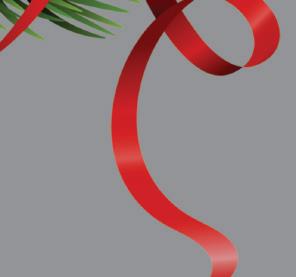
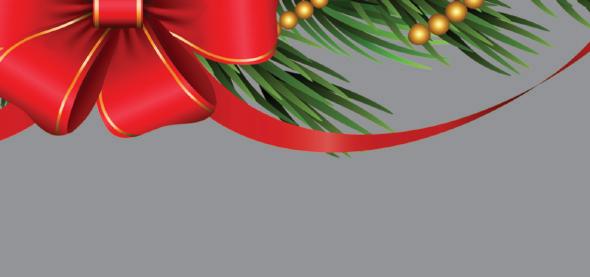
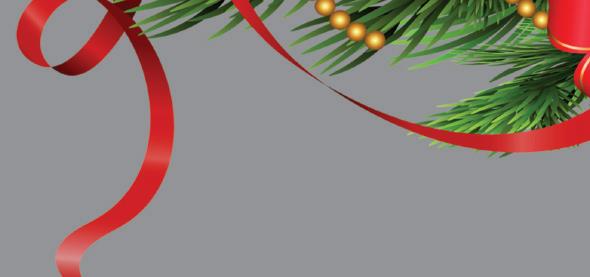
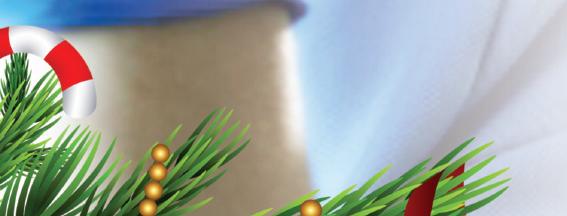
is causing stress (Price, 2021). In addition, the absence of family-friendly measures increases the burden on the individual who must resolve conflicts between work and family. The presence of unpopular patients and disrespectful family members may also contribute to burnout. The notion of caring for such patients may be traumatic.
Recently, COVID-19 has become a significant source of stress and burnout among healthcare professionals (Jose et al., 2020). Several employees choose to switch careers for this reason alone. During the COVID-19 epidemic, burnout among nurses was a severe concern. Nurses experience high levels of burnout during the COVID-19 pandemic, while several sociodemographic, social and occupational factors affect this burnout (Galanis et al., 2021). Personal families’ worries were the most often mentioned concerns encountered by nurses. Young nurses and those who worked long shifts were more susceptible to burnout. Psychological support strategies were needed (Zhang et al., 2020)
Burnout is an occupational hazard in the nursing profession that affects nurses, patients, organizations, and society as a whole (Jun et al., 2021).
• Bartholomew, K., 2020. The Dauntless Nurse: Had Enough Yet? The latest on nurse burnout. (online). (Viewed on the 25th October 2022). Available from: https://www.myamericannurse.com/ my-nurse-influencers-the-dauntless-nursenurse-burnout/
• Brown, S., Whichello, R. and Price, S., 2018. The impact of resiliency on nurse burnout: An integrative literature review. Medsurg Nursing, 27(6), p.349.
• Curry, M., 2021. Nurse Burnout Study 2021. (online). (Viewed on the 25th October 2022). Available from: https:// nursingcecentral.com/nurse-burnoutstudy-2021/
• Dall’Ora, C., Ball, J., Reinius, M. and Griffiths, P., 2020. Burnout in nursing: a theoretical review. Human resources for health, 18(1), pp.1-17.
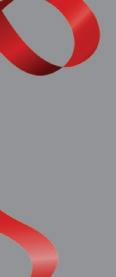



• Dall’Ora, C. and Saville, C., 2021. Burnout in nursing: what have we learnt and what is still unknown. Nurs Times, 117(2), pp.43-44.
• Gaston-Hawkins, L.A., Solorio, F.A., Chao, G.F. and Green, C.R., 2020. The silent epidemic: causes and consequences
Burnout is associated with deteriorating patient safety and care quality, lower patient satisfaction, and decreased organizational commitment and productivity among nurses (Jun et al., 2021). This can raise the likelihood of mental illness-associated burnout. If burnout becomes an intrinsic part of your daily existence, it might inevitably result in anxiety or depression. These individuals can also develop persistent mental and physical fatigue that prohibits them from working. As a result, employment and professional status may be jeopardized, as it would be unable to function in the workplace. Burnout may also result in career breaks or resignations.
Taking several precautionary measures can lessen the likelihood of experiencing burnout. According to Curry (2021), hospitals are not doing enough to reduce burnout. Such initiatives include improvements in shifts, such as shorter hours and sufficient breaks. Undoubtedly, more family-friendly policies would be beneficial. As much psychological assistance as is required should be provided at the workplace. This would be a tremendous advantage for all healthcare providers. Changing
of medical learner burnout. Current Psychiatry Reports, 22(12), pp.1-9.
• Horn, D.J. and Johnston, C.B., 2020. Burnout and self care for palliative care practitioners. Medical Clinics, 104(3), pp.561-572.
• Jose, S., Dhandapani, M. and Cyriac, M.C., 2020. Burnout and resilience among frontline nurses during COVID19 pandemic: a cross-sectional study in the emergency department of a tertiary care center, North India. Indian journal of critical care medicine: peer-reviewed, official publication of Indian Society of Critical Care Medicine, 24(11), p.1081.
• Jun, J., Ojemeni, M.M., Kalamani, R., Tong, J. and Crecelius, M.L., 2021. Relationship between nurse burnout, patient and organizational outcomes: Systematic review. International Journal of Nursing Studies, 119, p.103933.
• Papathanasiou, I.V., Fradelos, E.C., Kleisiaris, C.F., Tsaras, K., Kalota, M.A. and Kourkouta, L., 2014. Motivation, leadership, empowerment and confidence: Their relation with nurses’ burnout. Materia socio-medica, 26(6), p.405.
location through a transfer might be taken into account. There should be boundaries between colleagues and patients. Personal coping strategies, such as deep breathing, exercise, walks, and hobbies, are assets (Brown et al., 2018).
Management should pay more attention to the improvement of nurses’ self-efficiency and professional nursing practice environment and the reduction of stressors (Wang et al., 2015)
The motivation of nurses should be a significant focus for nurses to feel indispensable and valued (Papathanasiou et al. 2014). A recognition strategy should include proper remuneration and benefits. Stepping up and advancing should be voluntary and not required of the individual. Management should solicit employee feedback and conduct staff meetings. Communication is necessary between all sides. This will contribute to developing a solid relationship between the management and employees.
If all interested parties do not adopt a serious approach to recruiting NEW NURSES and RETAINING CURRENT NURSES, the nursing profession and care standards will be in jeopardy! ❙
• Price, D. 2021. Lightning the match: Causes of burnout and exhaustion at the workplace. (online). (Viewed 25th October 2022). Available from: https://www.ckju. net/en/dossier/lighting-match-causesburnout-and-exhaustion-workplace
• Schaufeli, W.B., Desart, S. and De Witte, H., 2020. Burnout Assessment Tool (BAT)—development, validity, and reliability. International journal of environmental research and public health, 17(24), p.9495.
• Schaufeli, W., 2021. The burnout enigma solved? Scandinavian journal of work, environment & health, 47(3), p.169.


• Wang, S., Liu, Y. and Wang, L., 2015. Nurse burnout: personal and environmental factors as predictors. International journal of nursing practice, 21(1), pp.78-86.
• WHO (World Health Organisation). 2022. Burn-out an ‘occupational phenomenon’: International Classification of Diseases (online). (Viewed on 25th October, 2022). Available from: https://www.who. int/news/item/28-05-2019-burn-out-anoccupational-phenomenon-internationalclassification-of-diseases.
How to prevent and reduce risk of Burnout?

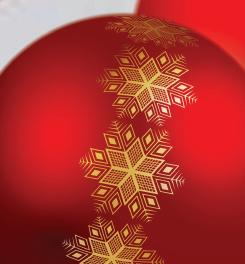
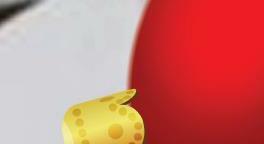



The World Health Organisation (WHO) has hailed staff at Mater Dei Hospital for introducing nurses whose job is to guide cancer patients through the complex treatment labyrinth.
WHO has also advised other countries to consider following in Malta’s footsteps. Introduced by the director of Cancer Care Pathways, Danika Marmara, the new ‘nurse navigators’ are trained to guide cancer patients through the bureaucracy of their treatment process with a specialised, tailor-made care plan.
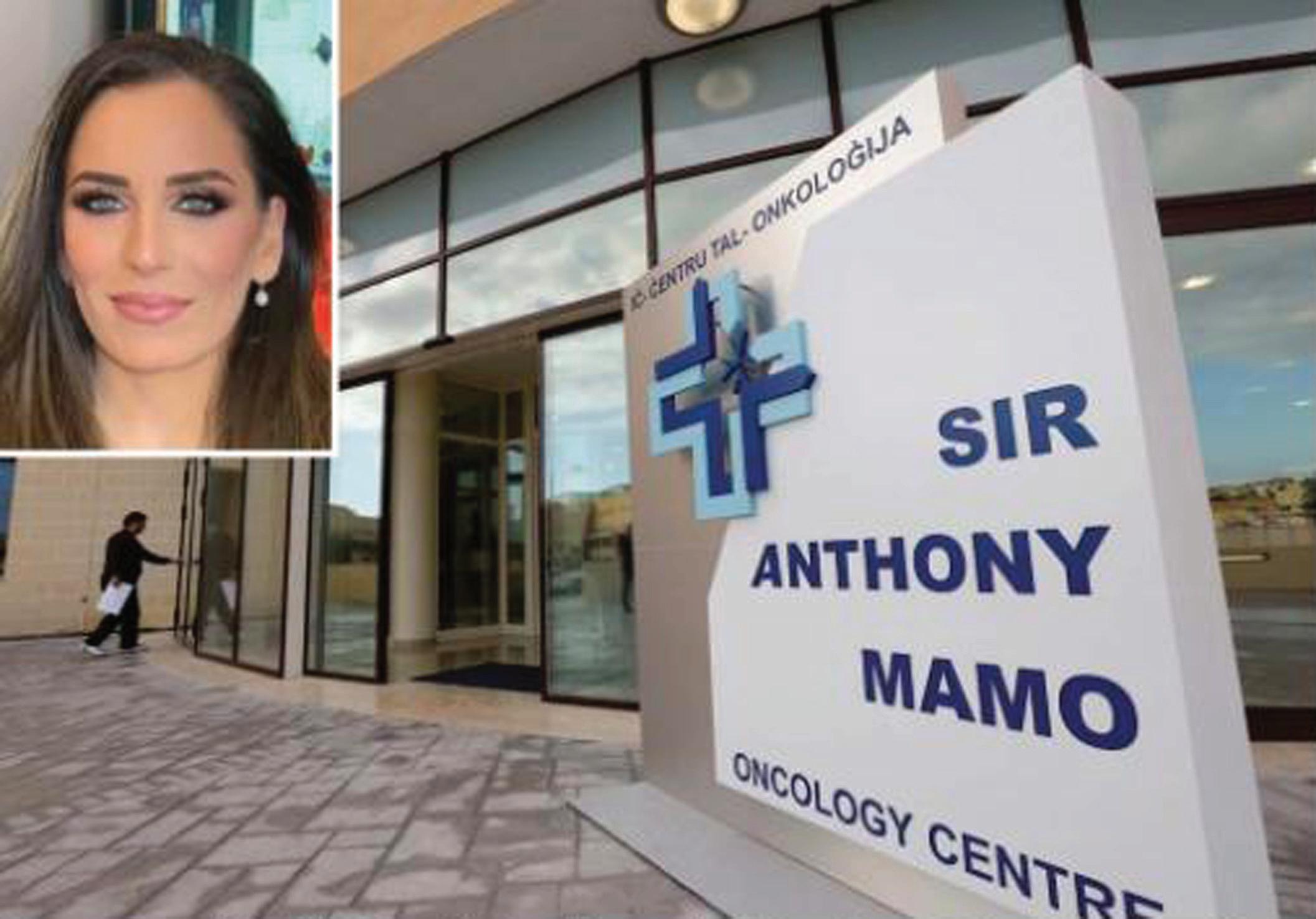
“The nurse navigator makes the system revolve around the patient” the WHO said in a news release last month.
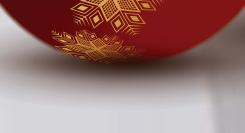


“At a time of great distress, the nurse navigator guides the patient through a maze of services, protocols and forms and creates a cocoon of confidence in the system that is good for a patient’s mental health and contributes enormously to the quality of the overall therapeutic experience.”
Other countries, it added, could be


unneccessarily delayed.
The navigators continue to follow patients for months, even after the treatments stop, to ensure a smooth healing process.
Marmara studied cancer treatment in the UK, focusing her research on why
The service kicked off in 2017 with a nurse navigator programme for colorectal cancer but has since spread out to cover “gastrointestinal, lung, urological (prostate, bladder, kidneys, penile, testes), gynaecological, head and neck and most recently, breast cancer”. ❙
understand how difficult it can be for parents with young children to find time for themselves. With this in mind, we provide professional babysitting to your door and beyond. Our goal is to provide your child with a safe, nurturing, and enjoyable babysitting experience.

